Call it a spree or a frenzy, I had to see all of Japan from Hokkaido to Okinawa. Ever since I stepped into the enchanting world of Japanese animation, all I wanted was to see Japan with my own eyes. To me, Japan is and has always been the fantasy land where all my favourite anime series are set.
Before I landed at Japan’s Kansai International airport, I had planned to enjoy my stay in Japan to the fullest, travel extensively in the Kansai region, and try to go to Tokyo at least once.
Given the fact that I will be a college student and unemployed for a year, I had little expectation to embark on an escapade like traveling to all the 47 prefectures of Japan. Nonetheless, deep down I wanted to do something special and make my stay in Japan memorable forever.
Despite the odds, I made it possible to travel the entire country, and all this would never have been possible without Viki’s support and company. Viki came to visit me thrice during my college holidays. I have been to all the prefectures with him, except Aichi prefecture where we both went solo.
Once I had covered Kansai and its nearby prefectures in Chubu and Chugoku regions, I realized that my voyage was still incomplete. The constant craving for exploration pushed me on a mission to see every prefecture in Japan. Without wasting any time, I started tailoring travel plans and assigned them budgets. I knew this won’t be easy since I was not eligible to buy the Japan Rail Pass, which allows unlimited free rides on JR lines. Some regions do offer passes to residents and I tried making use of these passes wherever applicable. Planning for a goal-oriented journey like this was challenging, especially when my time and money were limited.
Technically, I started my journey in Nara and ended it in Nagano. However, I am presenting a brief account of my journey through the 47 prefectures, starting from Hokkaido, the northernmost island of Japan, and moving down south to the former Ryukyu Kingdoms of Okinawa.
Hokkaido
Hokkaido is the second-largest island in Japan which experiences a harsh and long winter. The vast panorama of meadows, marshes, and lakes is a delight to the eyes in every season. I visited Hokkaido for twelve days in March when it was still covered in thick layers of snow. I reached Chitose by a flight and covered most of the popular destinations in Hokkaido, including the northernmost tip of Japan, Cape Sōya in Wakkanai. My childhood dream of living in an igloo came true when I entered the phantom village at lake Shikaribetsu. My days in Hokkaido were full of action and fun. No doubt I have brought back so many cheerful memories from that place.
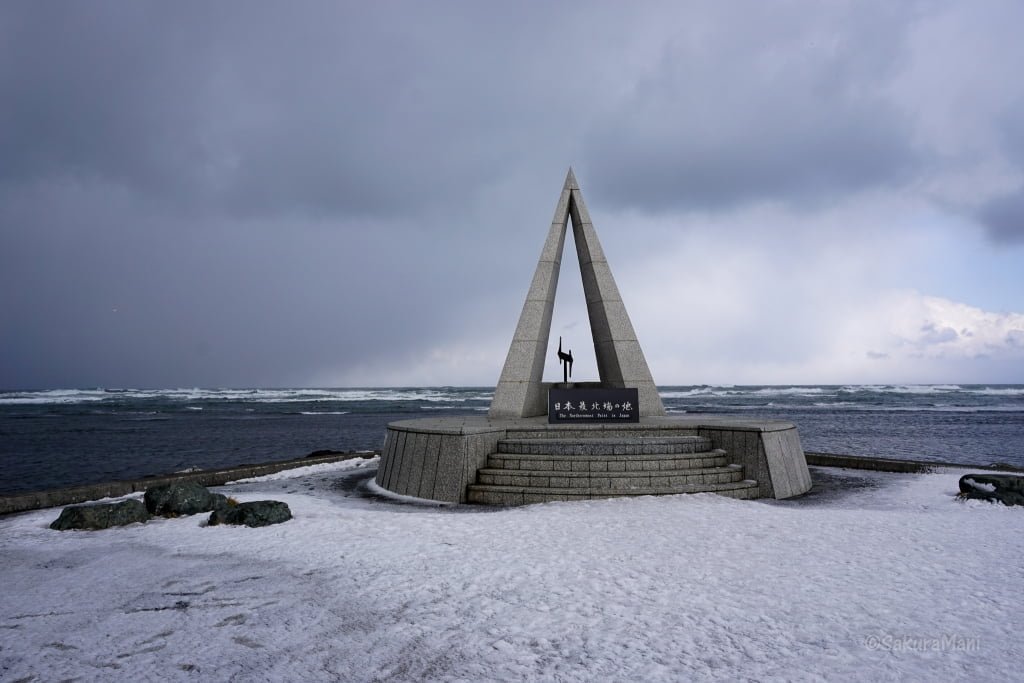
Cape Sōya
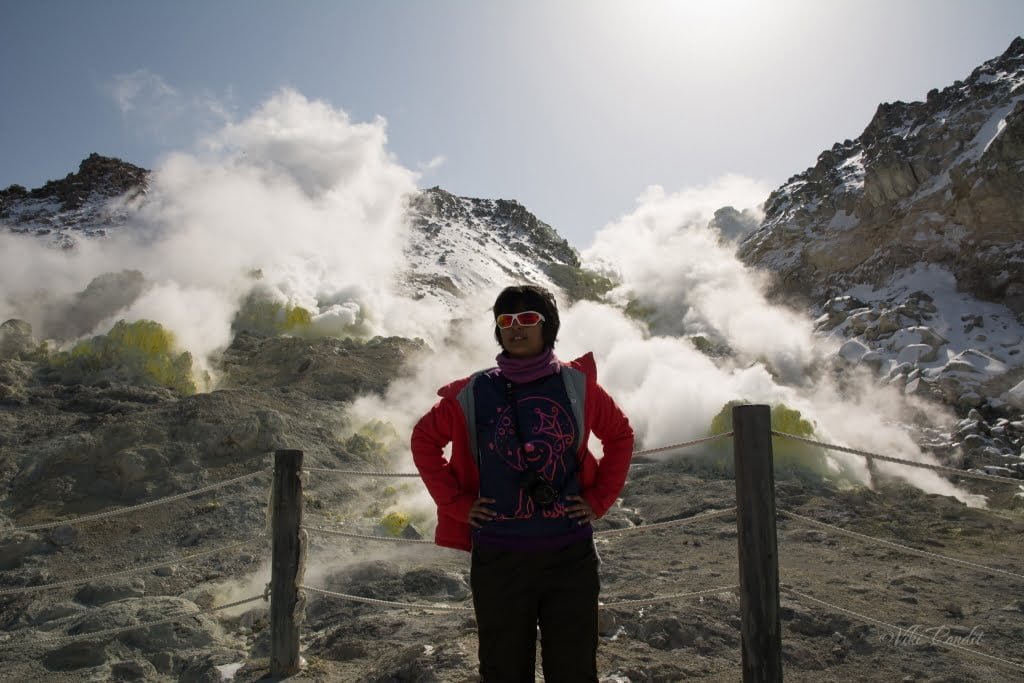
Sulfur vents in Iozan
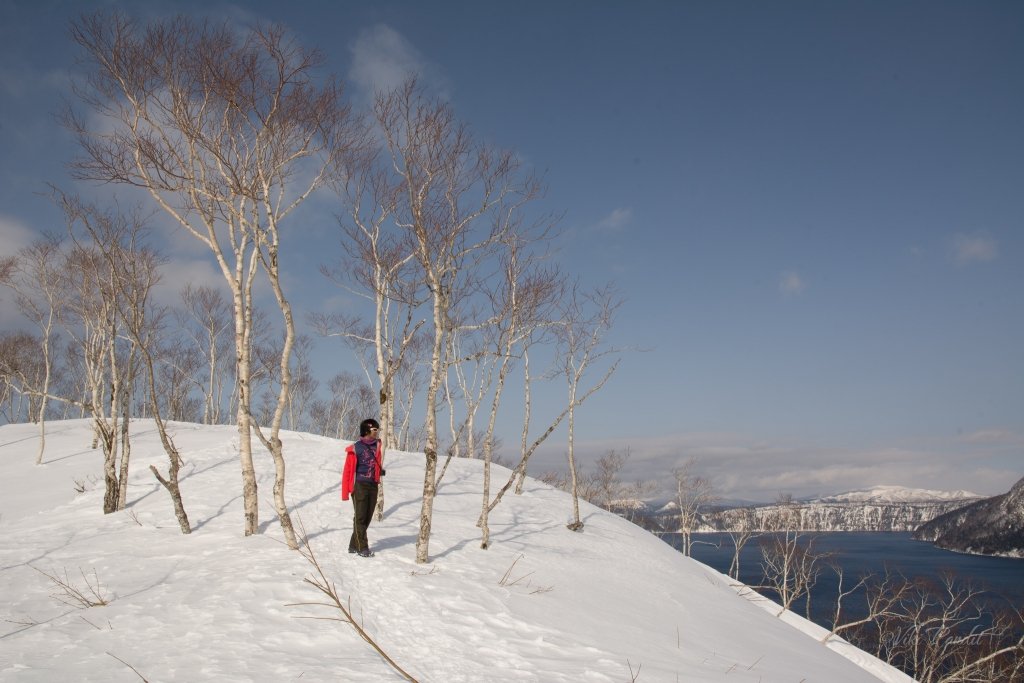
Lake Mashu
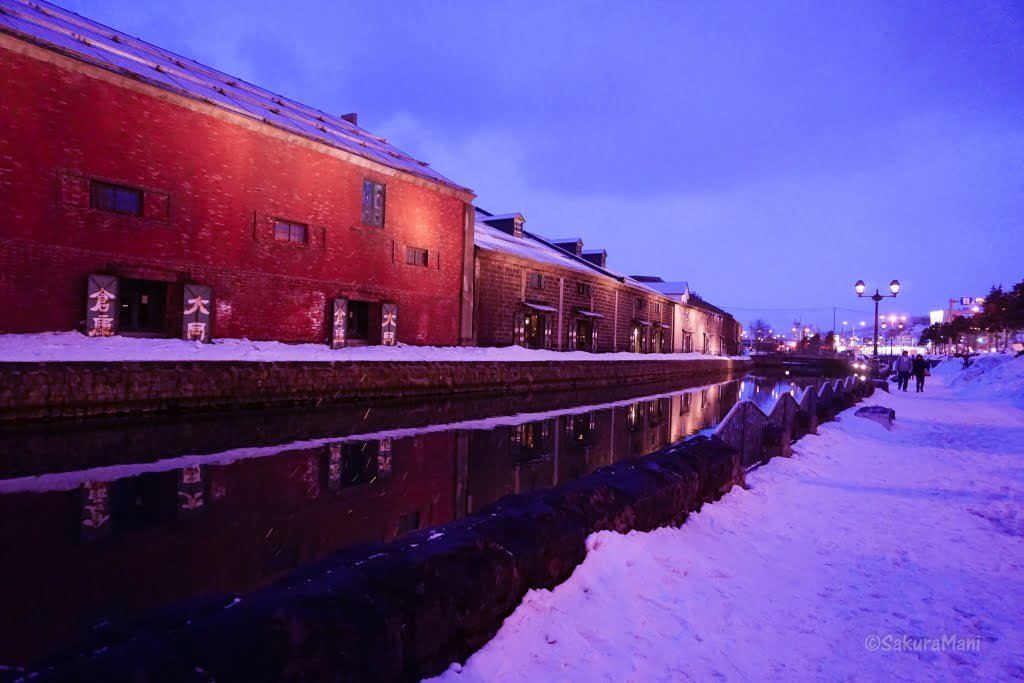
Otaru Canal

Sapporo city by night from mount Moiwa
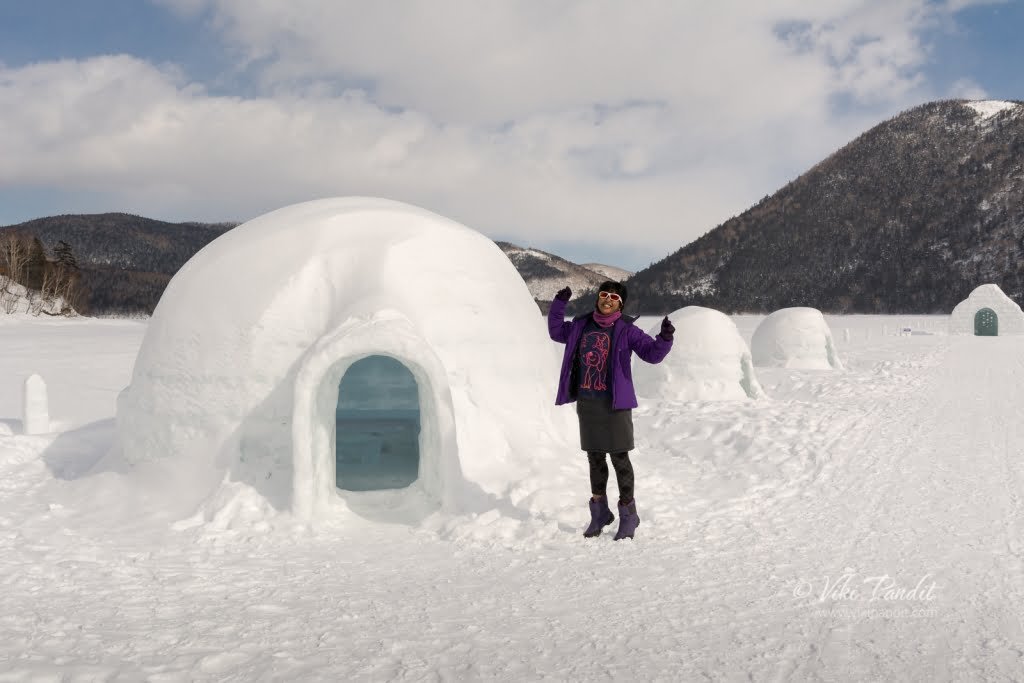
Found my igloo at Shikaribetsu, Hokkaido
Aomori
South of Hokkaido lies the largest of the four main islands of Japan – the Honshu island. Honshu is divided into five regions and 34 prefectures. I travelled to Aomori in the prime of the summer time, but to my surprise it was much cooler than the rest of Japan. The picturesque Aomori Bay at dusk has etched so deeply in my mind, that I still feel I am right there, sitting on the pier with Viki and watching the sun set behind those gentle mountains.
There is an immense scope to see beautiful nature in Aomori. Sannai-Maruyama, a Jomon period archaeological site is a must-visit for history lovers. One of the wonders of Aomori is Tambo-art. It is an art where different coloured rice stalks are planted in such a pattern so that when you look at the paddy field from an elevation you can see an image. I also traveled to Hirosaki city, in southwest Aomori. I wanted to see the much-treasured Hirosaki castle at its iconic location. On reaching the castle ground, I found out that the castle tower was literally lifted up from its original location and relocated to an adjacent site for repairs. Hirosaki castle looked equally beautiful at its new location, with Mount Iwaki in the background.
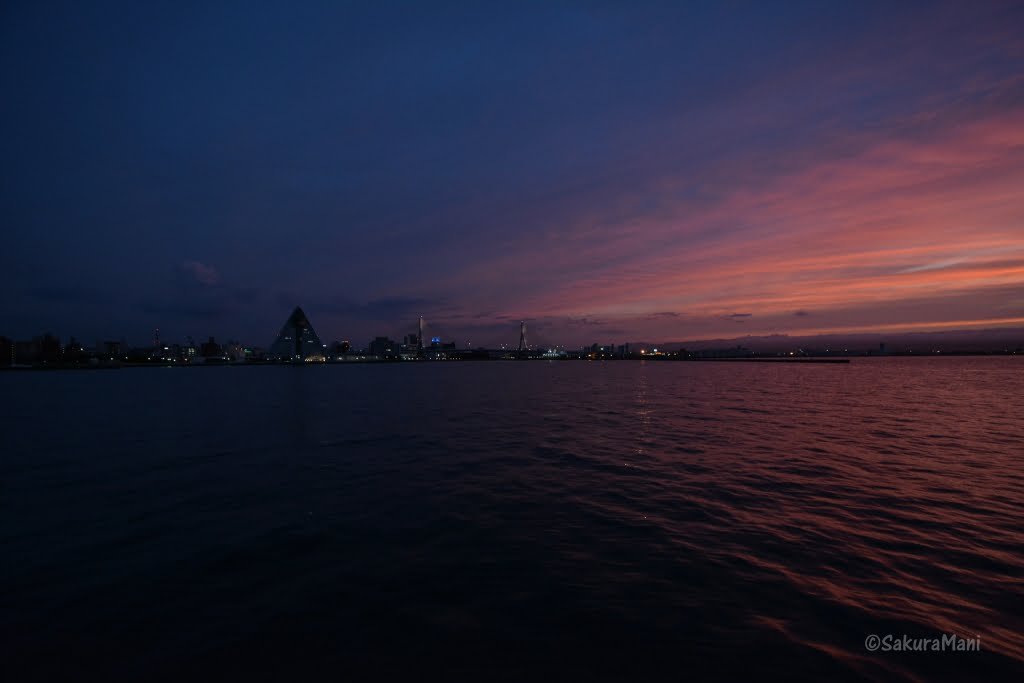
Aomori Bay
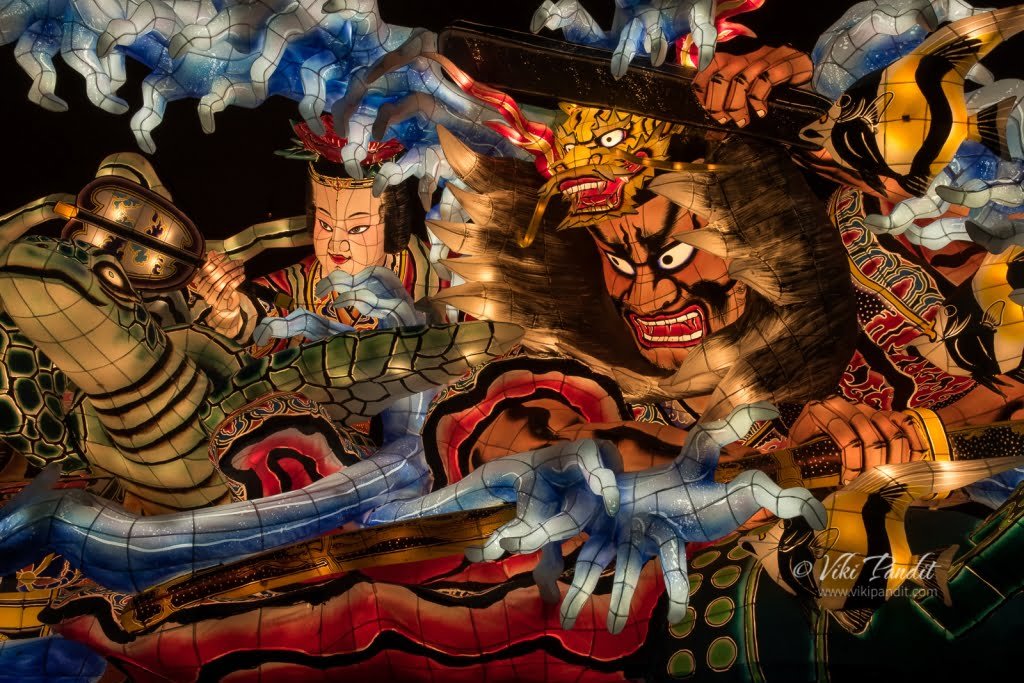
Nebuta Floats
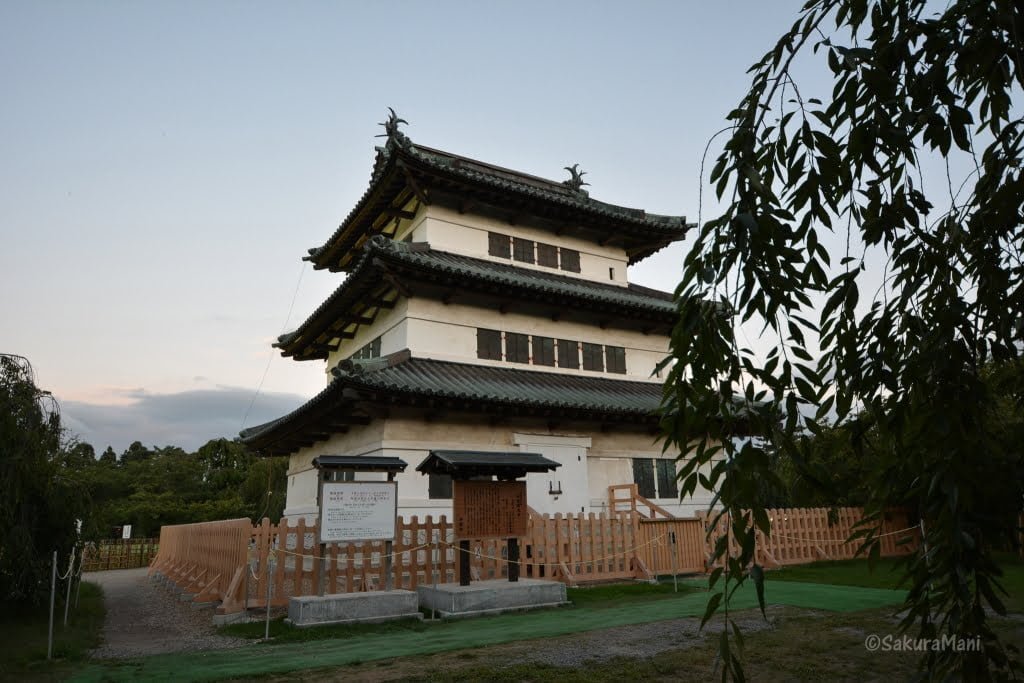
Hirosaki Castle
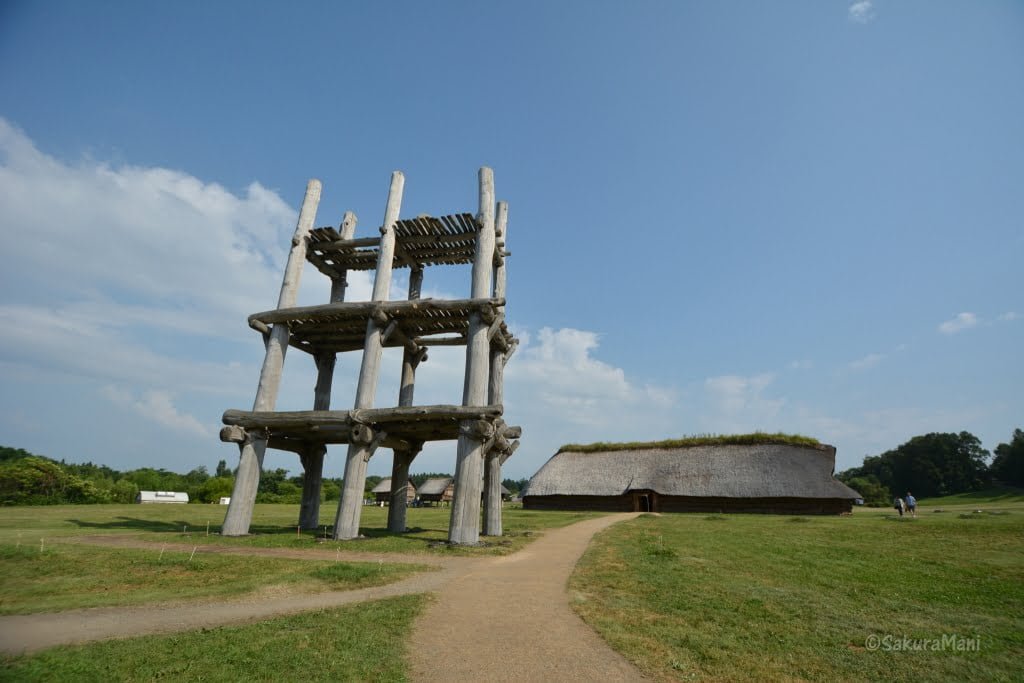
Sannai-Maruyama
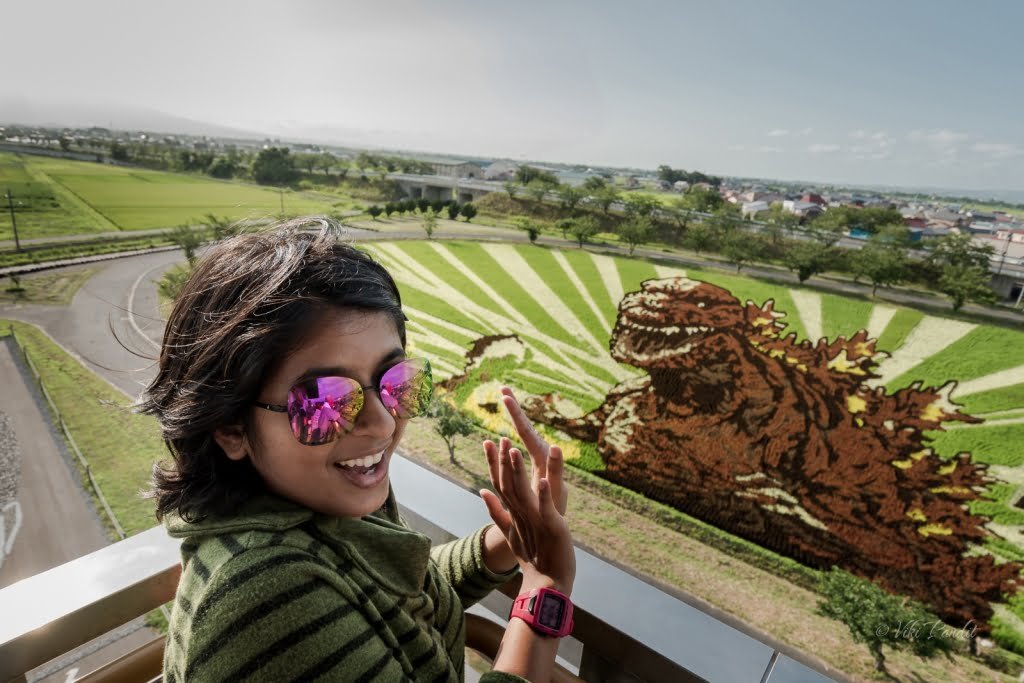
Tambo Art
Akita
Well-known for its beautiful women (Akitabijin) and Akita dogs, Akita Prefecture has a diverse terrain ranging from mountains and lakes to plateaux and a beautiful coastline. Akita is also famous for its lantern festival in summer and Kamakura snow huts in winter. Akita’s folklore culture revolving around the Namahage ogre is noteworthy. On the first day of my visit to Akita, I took a round-trip bus to Lake Tazawa, the deepest lake in Japan. The striking golden statue of Tatsuko is a famous tourist attraction in Akita. On the following day, I visited some city museums and wandered about the Senshu park castle ruins.

Statue of Tatsuko at Lake Tazawa
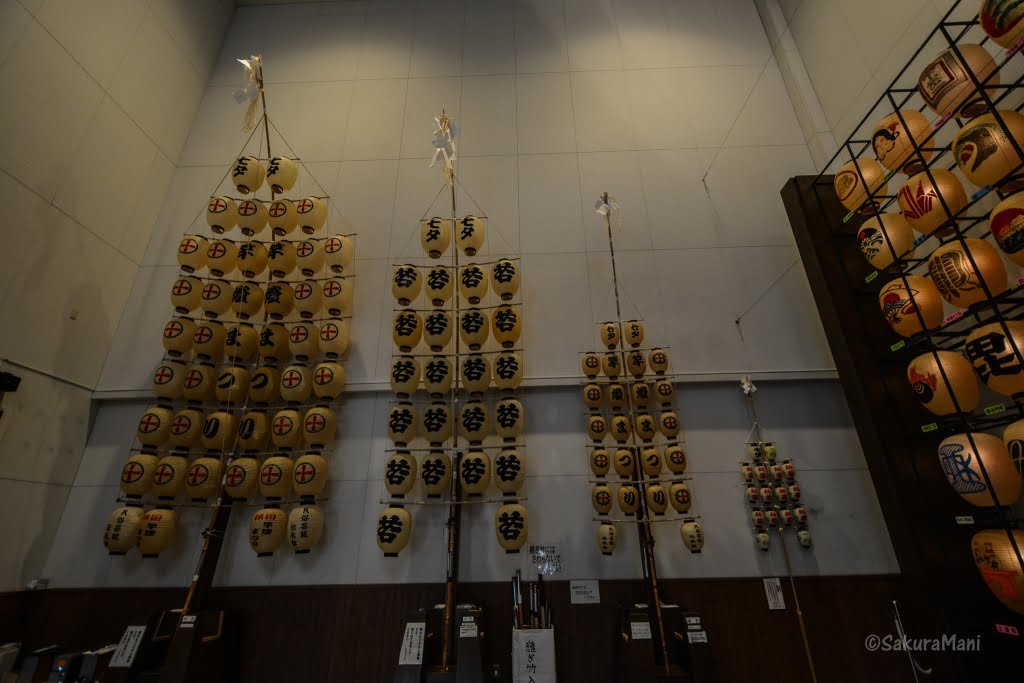
Neburinagashikan, Kanto festival centre

Inside the Akarenga building

Senshu Park
Iwate
Cliffs, mountains, and primeval forests – Iwate prefecture is a perfect getaway for outdoor recreation. To name one such place, Jodogahama beach is very popular among beach lovers. It has a fabulous coastline with rugged white limestone rocks of various sizes rising from the sea. On my way back to Morioka from the Jodogahama beach, I saw numerous mountain forests from my bus window. I kept wondering how mesmerizing this scenery would look during autumn when some leaves will turn red, some yellow, and some pale green. On a night walk in Morioka city, I strayed off to the Iwate park area. The park covers a wide area, which retains Morioka castle ruins. The original castle was demolished during the Meiji period. From a distance, I spotted an interesting art that was glowing in the dark. As I walked towards it, I realized that it was a model of Morioka castle made entirely of plastic bottles.
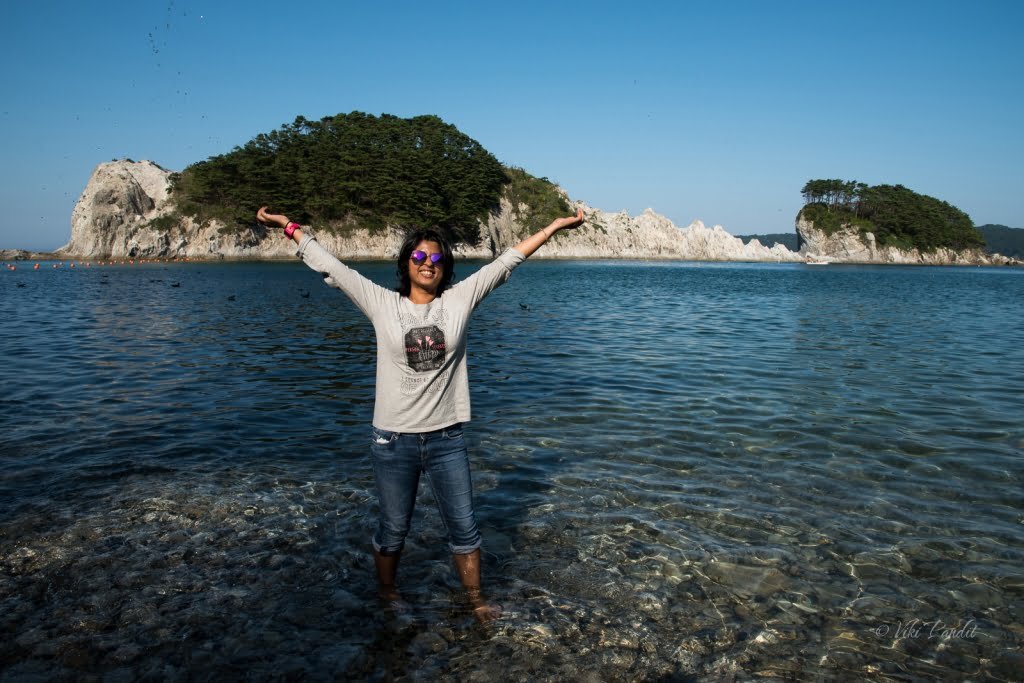
Jodogahama Beach

Iwate through a glass window

Model of Morioka Castle made entirely of plastic bottles
Yamagata
The mountainous Yamagata prefecture is well-known for pilgrim sites in the Tohoku region. Zao mountain range is a popular attraction even during winter for its monstrous-looking snow-clad coniferous trees. Risshakuji or the Yamadera temple is an iconic temple in the lap of Yamagata’s Hōshū mountain. It is a thousand steps’ climb to the main temple. On the way up there is a cute Nōkyōdō, which looks absolutely stunning from the top. Before catching the train to the next prefecture I stopped by Tsuruoka city. Among all the places listed in the tour guide pamphlet, I was keen to visit Nangakuji temple, where the mummy of a Buddhist monk named Tetsuryukai is preserved. There was a nice park near the station, where I spent a relaxing evening.

Yamadera temple

Nangakuji temple

Tsuruoka Park
Miyagi
The capital city of Miyagi Prefecture is Sendai, the most thriving city in the Tohoku region. Although it was not the 7th of July when I visited Sendai, the city was decorated for a grand Tanabata celebration. To keep up the age-old tradition, the Sendai Tanabata festival is held from the 6th to the 8th of August, in accordance with the lunar calendar. Making way through a massively crowded shopping street, I reached Jozenji street, which is lined with zelkova trees. Walking through the tunnel of lush foliage was a respite from the summer’s heat.
Among many other tourist attractions in Miyagi, Matsushima holds a special place as it was designated as one of the three most scenic spots of Japan by Hayashi Gasho, a Confucius scholar.

At Sendai station

Jozenji Street
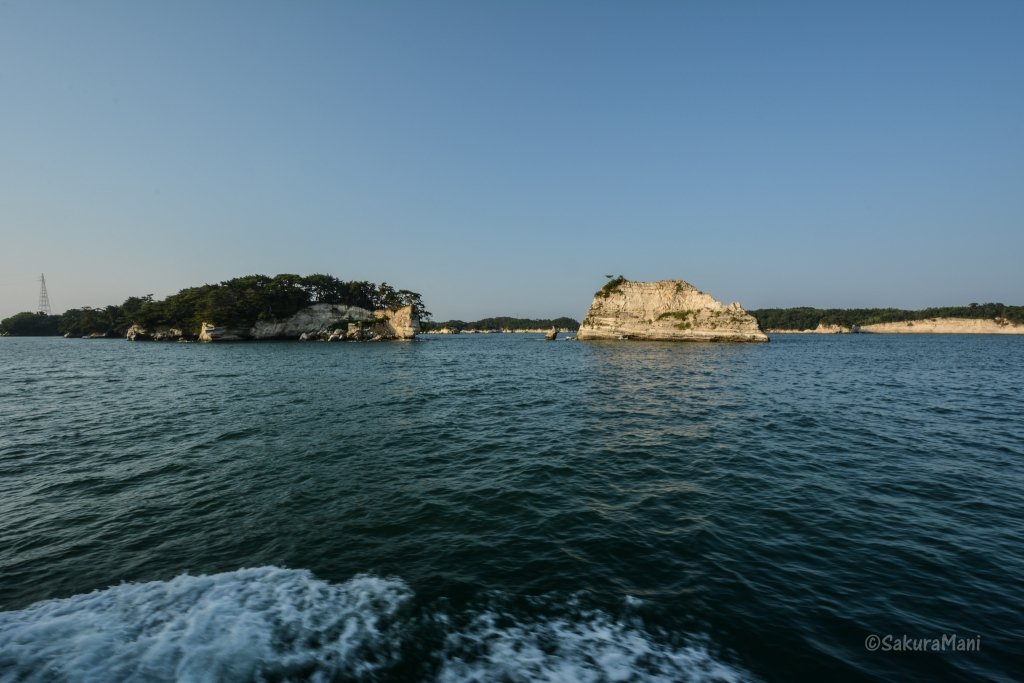
Islands of Matsushima
Fukushima
The island of happiness – Fukushima is a paradise for nature lovers. There are some fantastic cherry blossom viewing spots here. I stayed at Aizuwakamatsu, a peaceful city in west Fukushima. In the evening, I visited Aizuwakamatsu castle and then strolled around the city.
My initial plan was to see mount Bandai from Inawashiro lake, however, the plan got altered on the way and I landed up hiking along the Goshikinuma nature trail. Goshikinuma is a cluster of five swamps of different colours. These volcanic lakes were formed when mount Bandai erupted in 1888. Tramping through the woods to discover those stunningly beautiful lakes was truly an out-of-the-world experience.
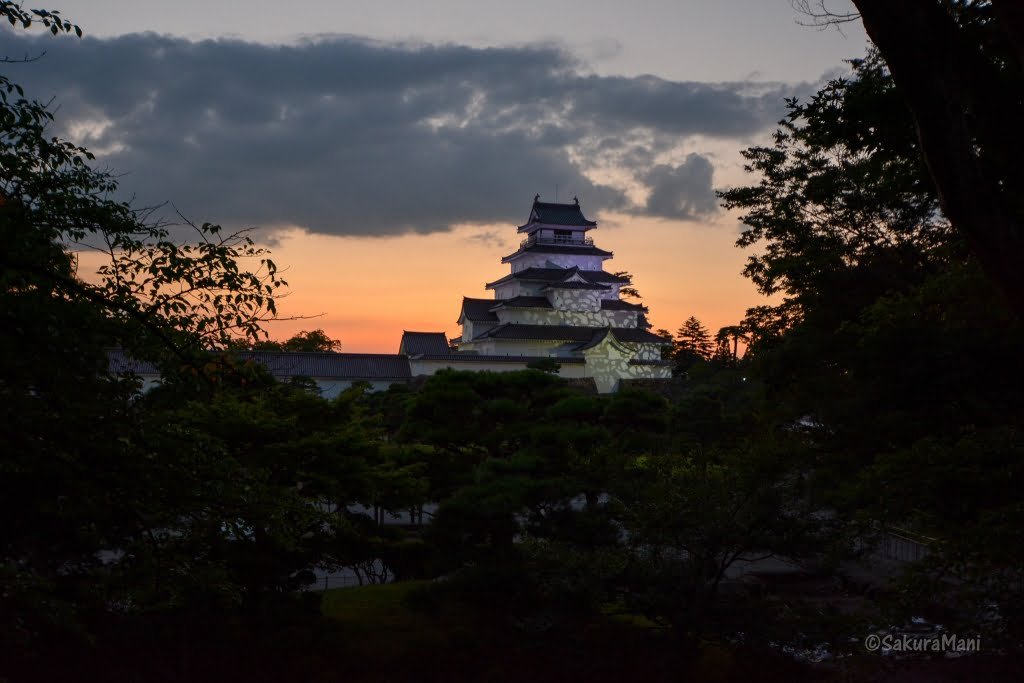
Aizuwakamatsu Castle
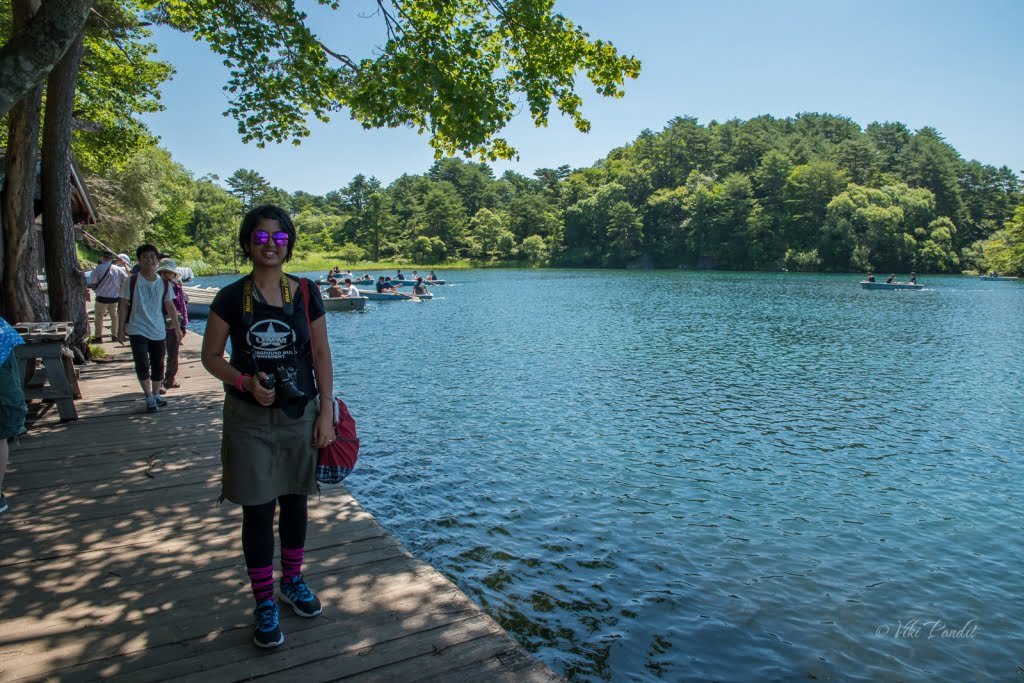
Bishamon-numa along the Goshikinuma trail
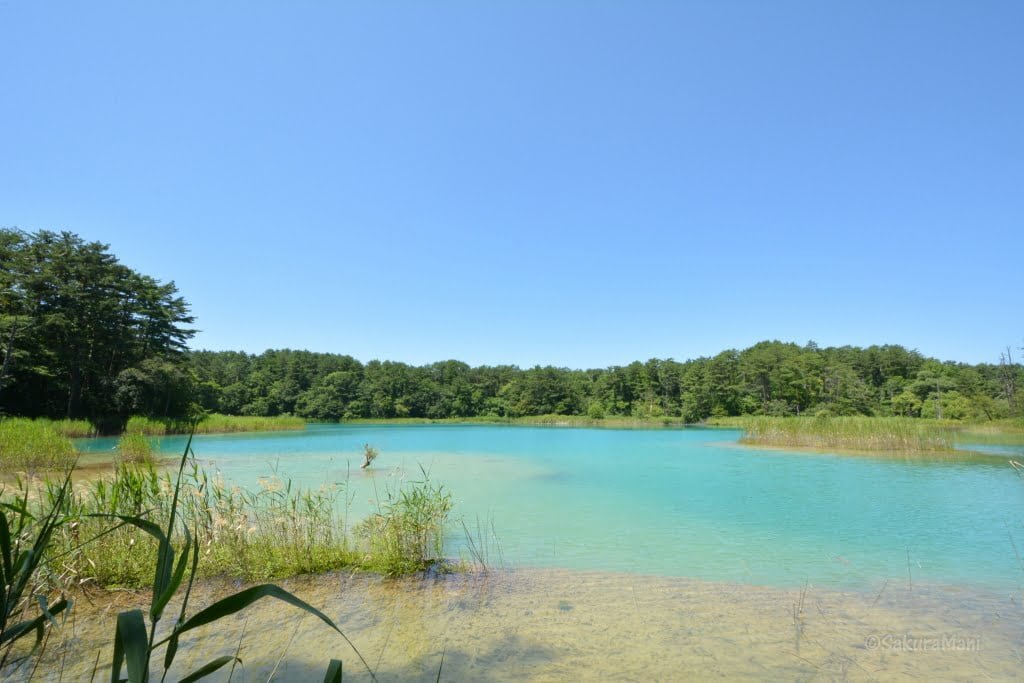
Benten-numa along the Goshikinuma trail
Ibaraki
During my stay in Japan, I realized that the Kanto region has some of the best cherry blossom viewing spots. One must visit some flower parks when traveling to the Kanto area in spring. A perfect destination would be Ibaraki’s Hitachi Seaside Park, where floral celebrations are carried on throughout the year. When I visited this park, nemophila were in full bloom. The first sight of the endless meadows of nemophila flowers was jaw-dropping. Among all the other flower gardens, I liked the vividly colorful tulip garden the most.
The Kairaku-en garden, one of the three most beautiful gardens in Japan, is located near Mito, in Ibaraki.
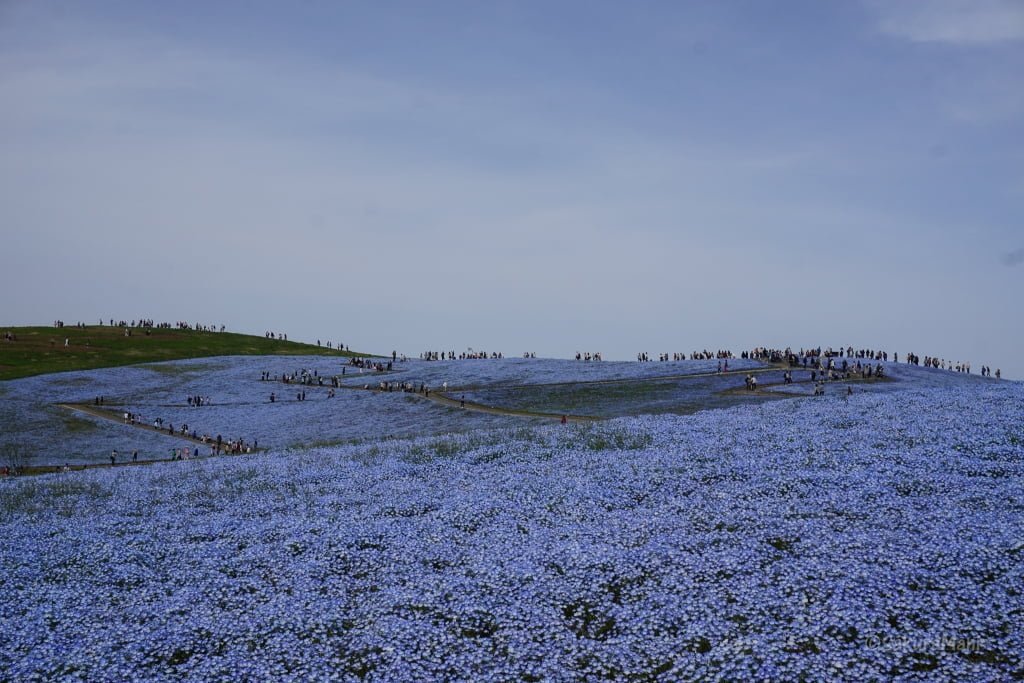
Sea of Nemophila at Hitachi Seaside Park
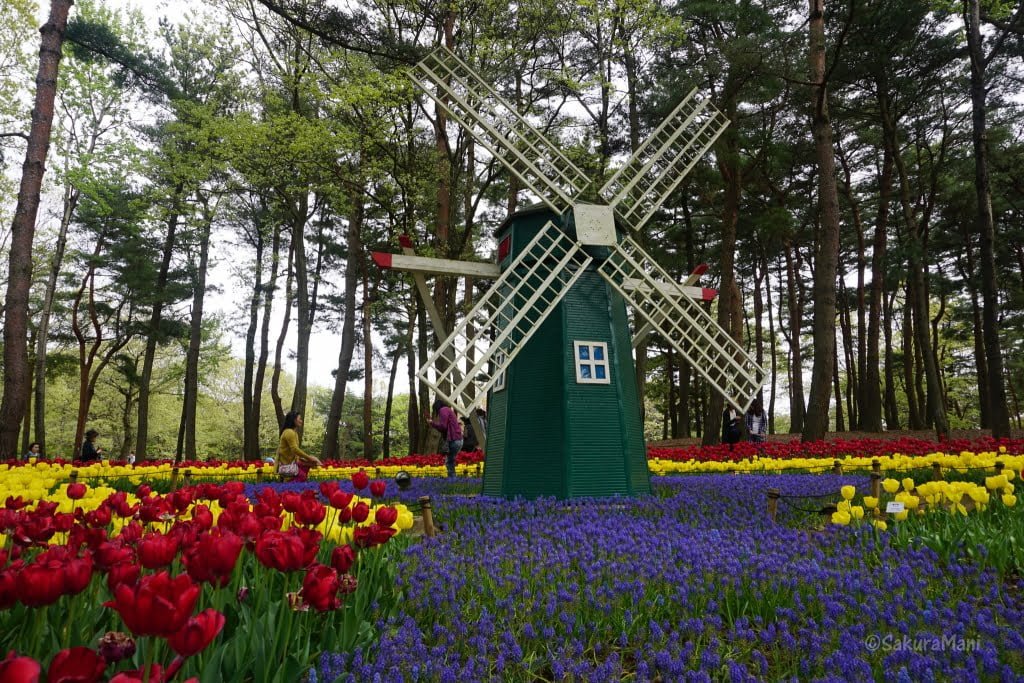
Tulip garden at Hitachi Seaside Park

At Hitachi Seaside Park
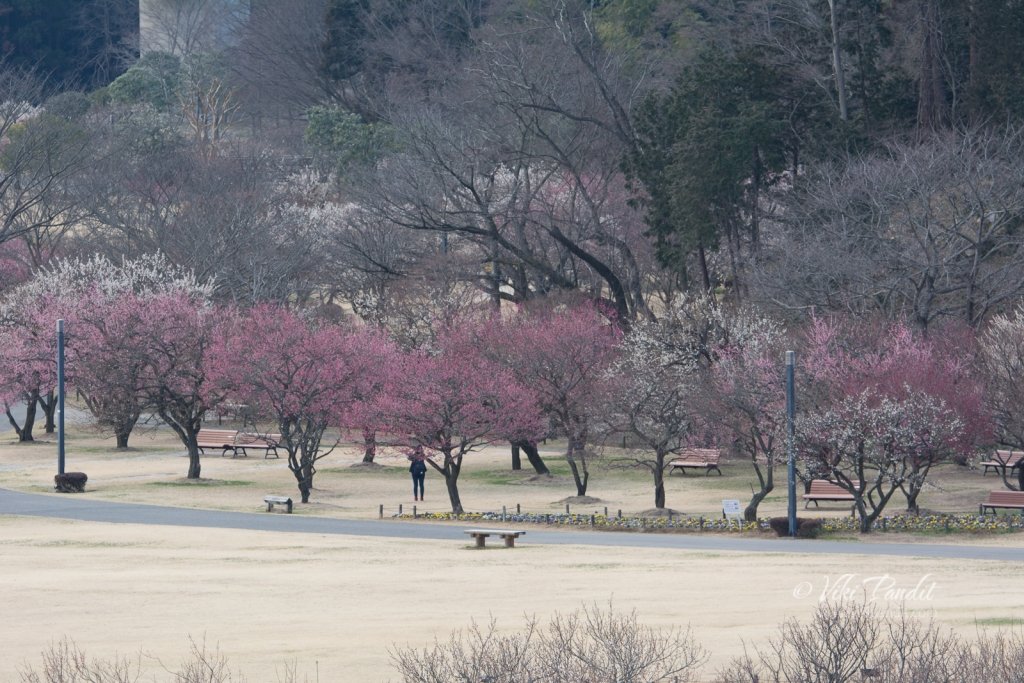
Kairaku-en garden
Tochigi
Tochigi is renowned for its UNESCO site at Nikko. The shrines and temples at Nikko attract a huge number of tourists from all over the world. The magnificent Tosho-gu shrine is dedicated to Tokugawa Ieyasu, founder of the Tokugawa shogunate. Those gorgeous golden leaf patterns and mythical carvings on the shrine amazed me. No wonder Nikko temple grounds are always filled with tourists.
Tochigi’s Ashikaga city also has historical importance. This place is famous throughout Japan for its wisteria flowers at Ashikaga Park. The Orihime shrine of the ‘princess of weaving’ stands bold on a hilltop. You can also find some azaleas and wisteria flowers at Orihime park. I still remember the cheerful scent of purple wisteria at the Orihime shrine.
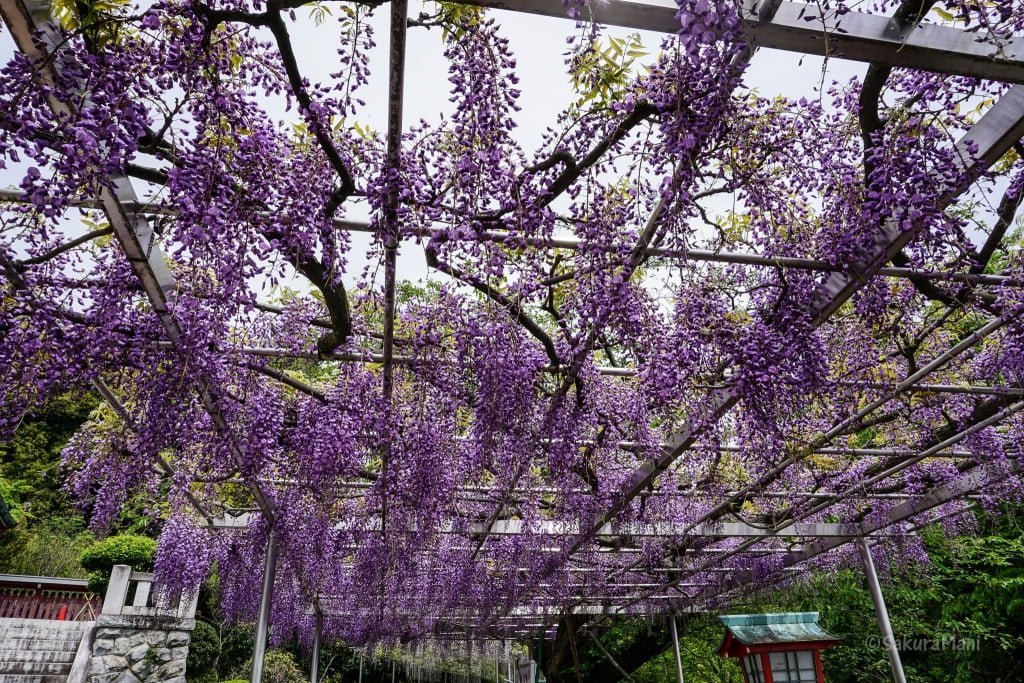
Wisteria at Orihime Shrine

The sacred bridge of Futarasan shrine at Nikko

Temples of Nikko
Saitama
Close to Tokyo, Saitama is a very busy city. In the old castle town of Iwatsuki, I visited the Tougyoku Doll Museum. It houses a huge collection of dolls including hina, haogoita and samurai dolls. Iwatsuki dolls are made of paulownia sawdust and their quality is considered to be the best in Japan.
I got down at Omiya station and took the new shuttle from there to see the Railway Museum. Engines and coaches of vintage and royal carriages are on the exhibition in Saitama Railway Museum. The museum is very informative as well as interactive. There is also a cafeteria near the entrance. The Saitama Stadium is also a place of interest for sports lovers.
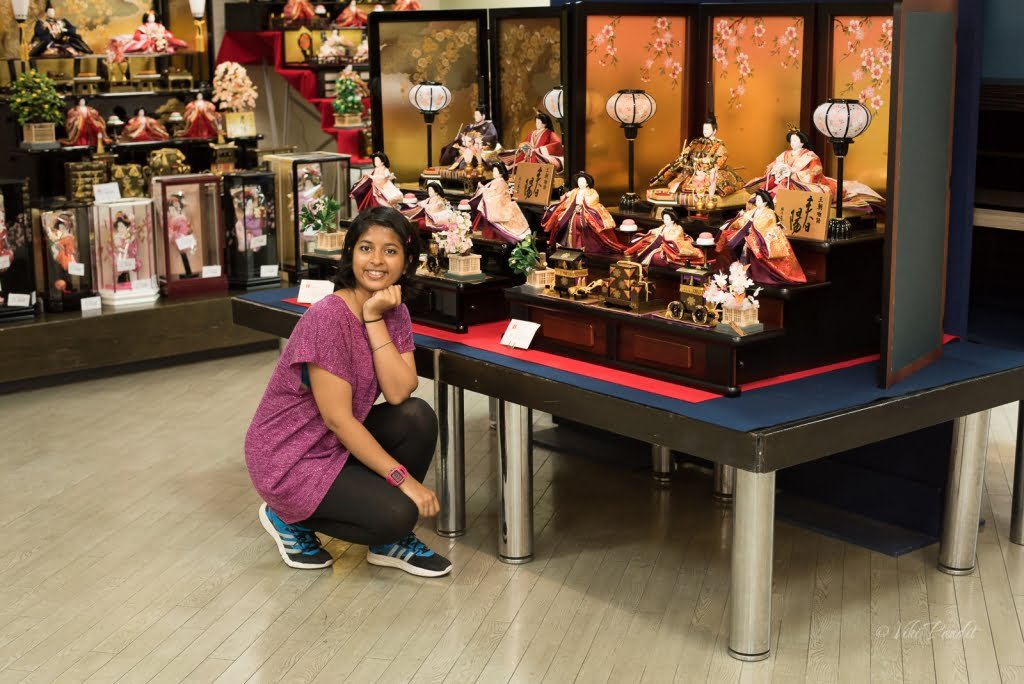
Tougyoku Dolls

Saitama Railway Museum
Chiba
I had read that Chiba’s Shinsho-ji in Narita usually remains crowded due to its easy accessibility from the Narita International Airport. It was a fifteen minutes walk from Narita station to the main entrance of Shinsho-ji. As I entered the ground, I was surprised and relieved at the same time to find the place almost empty. The temple ground is enormous, with several large temple buildings and an elegant pagoda. Chiba has many natural as well as man-made attractions, one of them is the Disneyland. Although it is called the Tokyo Disneyland, it is actually located in Chiba prefecture. Not very far from Chiba station, there is the Chiba castle and park. It is a lovely place to spend a calm and quiet evening.
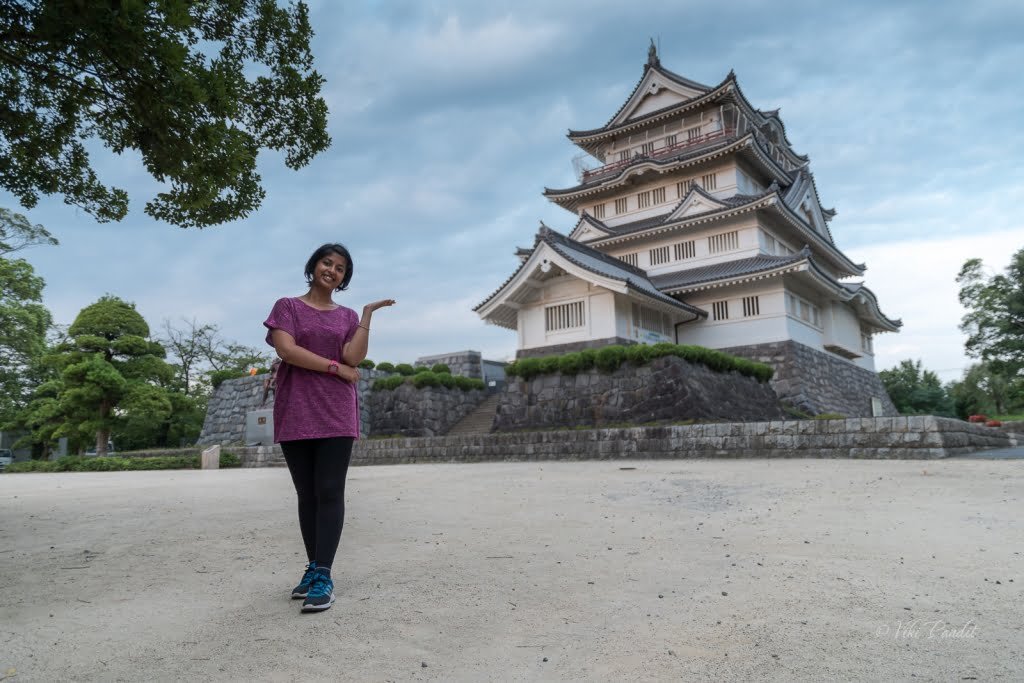
Chiba Castle

Shinsho-ji Temple in Narita
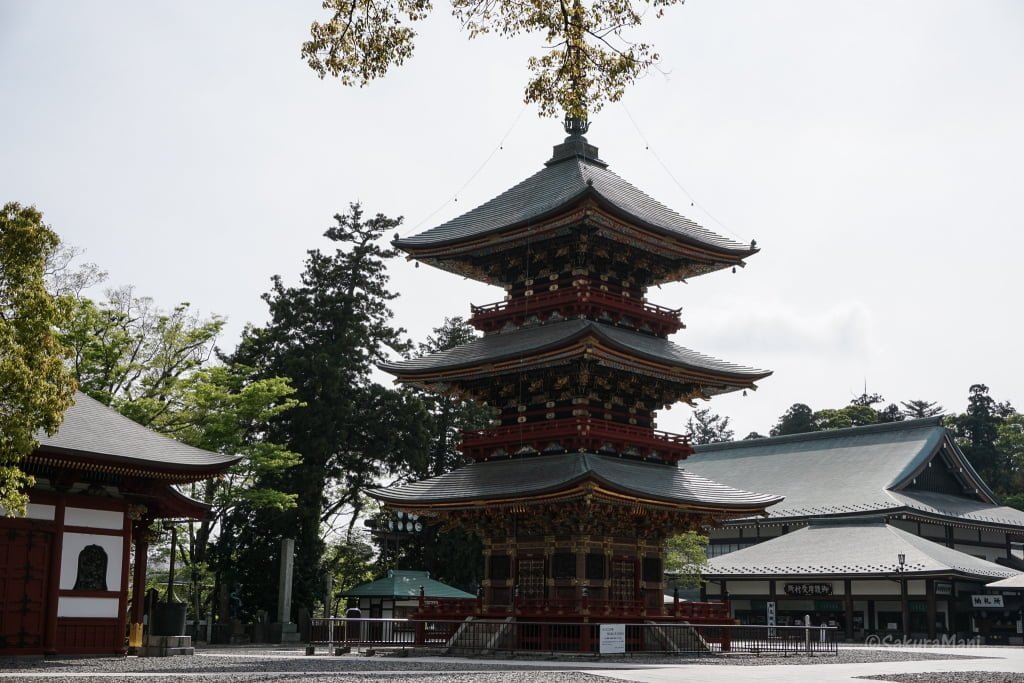
Three-storied pagoda at Shinsho-ji Temple in Narita
Tokyo
Tokyo, the busiest city in Japan, will never stop surprising you. Although the suburban areas of Tokyo metropolis have a laid-back atmosphere, Tokyo city is full of life. I visited some shrines and parks during my stay in Fuchu city. In Tokyo, I went to see Hachiko’s statue outside the Shibuya station. I also visited Sensoji temple in Asakusa, which is known for its kaminarimon gate with a huge red lantern. The tranquility of Fuchu city was absolutely missing in Tokyo city. However, Tokyo’s upbeat life is incomparable to that of any other city in Japan.
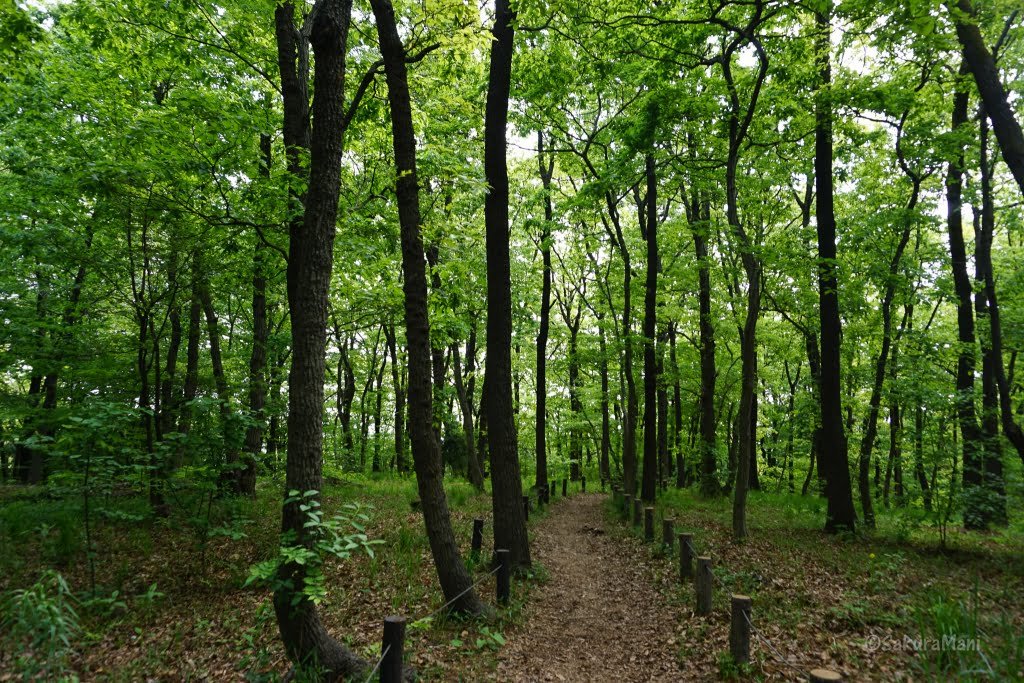
Taking a walk in Fuchu city
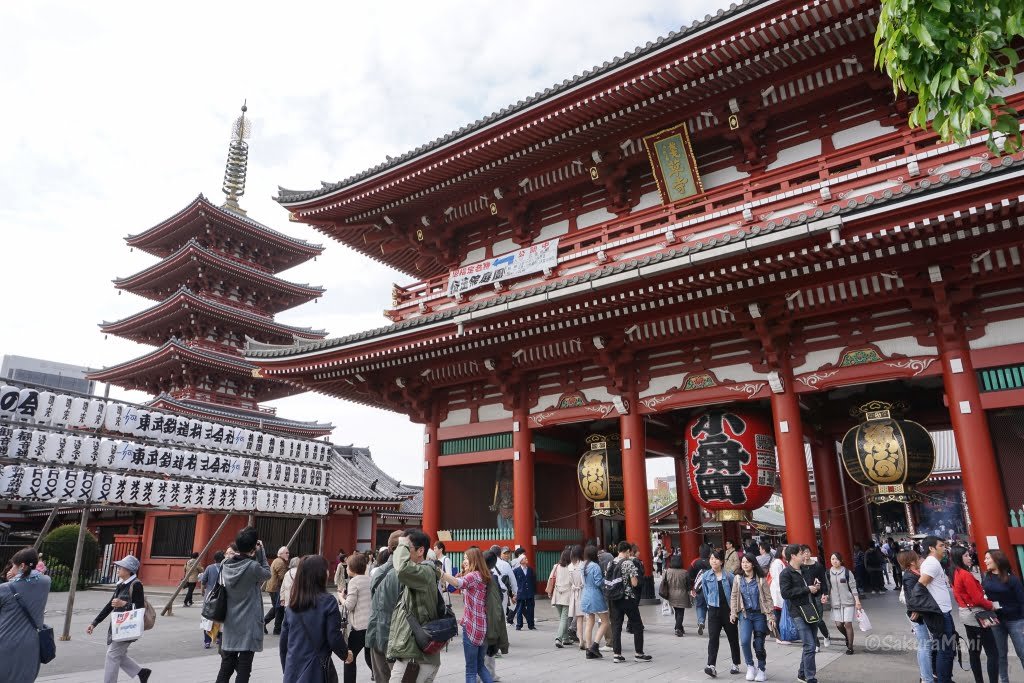
Sensoji temple in Assakusa

Statue of Hachiko
Gunma
Gunma Prefecture is famous for its hot springs and ski areas, but it has a lot more to offer. There are beautiful flower parks and a popular safari park in Gunma. More than anywhere else, Gunma’s must-visit destination would be Shorinzan Darumaji temple. Daruma dolls are considered to be lucky charms as well as wishing dolls. When sold, daruma dolls have no eyeballs painted on them. One needs to paint one eyeball while wishing and paint the other one when that wish comes true. Most of the daruma dolls are produced in Gunma’s Takasaki city. I chose to stay in Takasaki city during my Kanto trip. This city is well connected by regular trains and shinkansen lines.
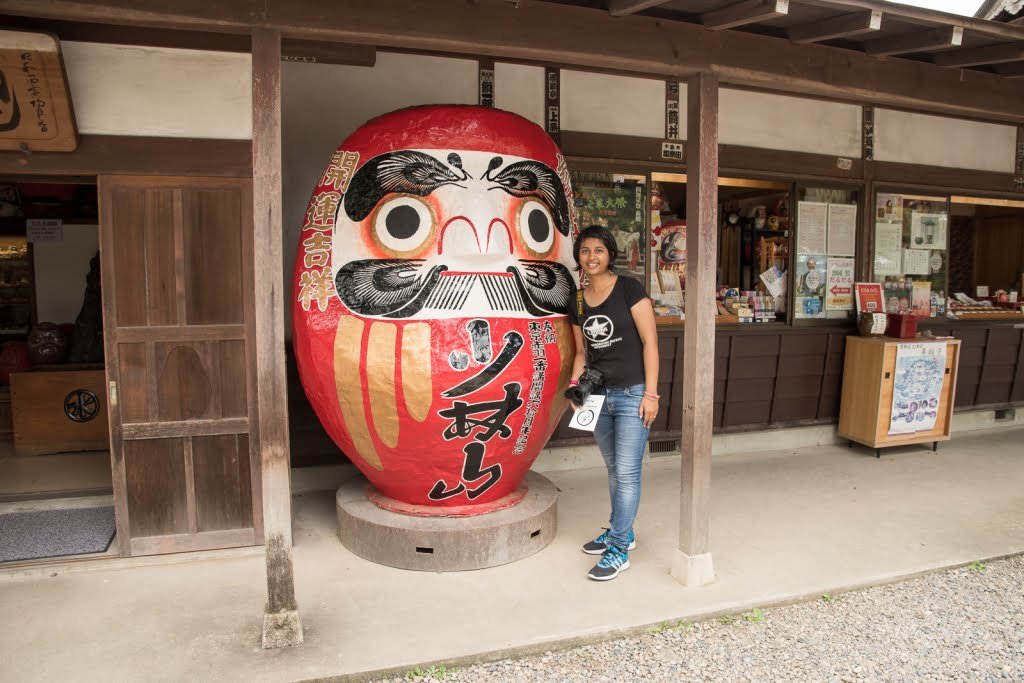
A daruma doll at Darumaji temple
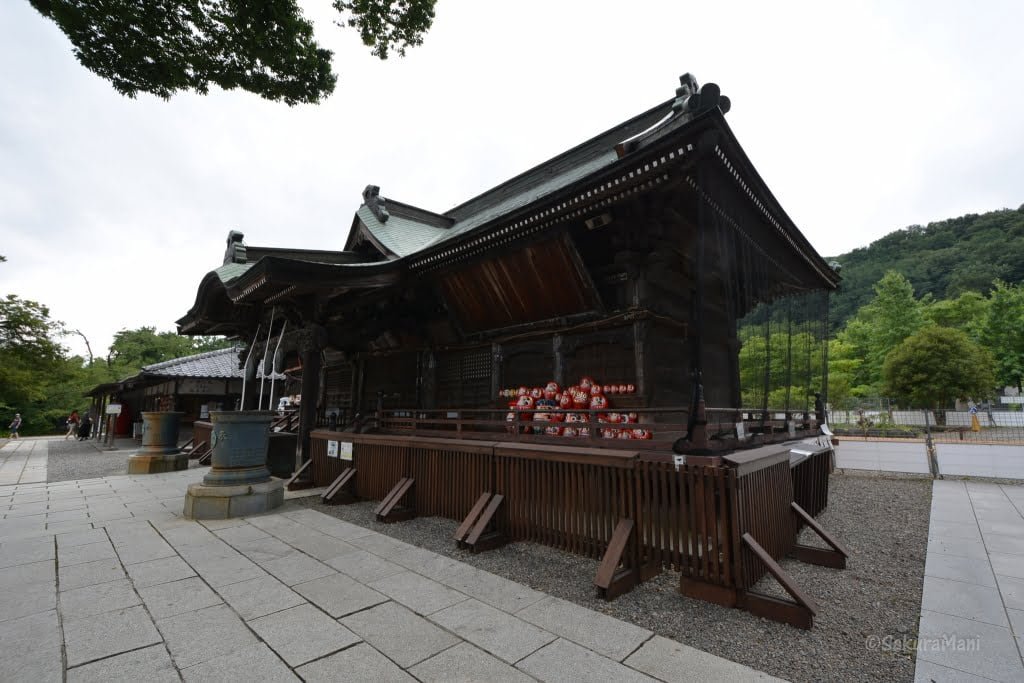
Darumaji Temple

On my way to Darumaji temple crossed this swift river, and stood there for some time to enjoy the view
Kanagawa
Kotoku-in temple in Kanagawa prefecture houses an outdoor ‘Great Buddha’ statue. This tall bronze statue of Kamakura’s Buddha is very popular among tourists. Near Kotoku-in, there is another popular temple called Hasedera, which is also known as Hasekannon temple. The distinctive features of this temple are the underground cave and 50,000 statues of Jizo. Walking down the old streets of Kamakura, I came across a Japanese sweet shop. I treated myself to ‘pumpkin kintsuba’. It is a Kamakura-style mouthwatering sweet, with a mild sweetness.
On another evening, I went to see the sunset at Enoshima. On a cloudless day, Mount Fuji can be seen from Enoshima beach.
Hakone is another renowned tourist destination in Kanagawa. It is a recreational area, with resorts, museums, and nature.
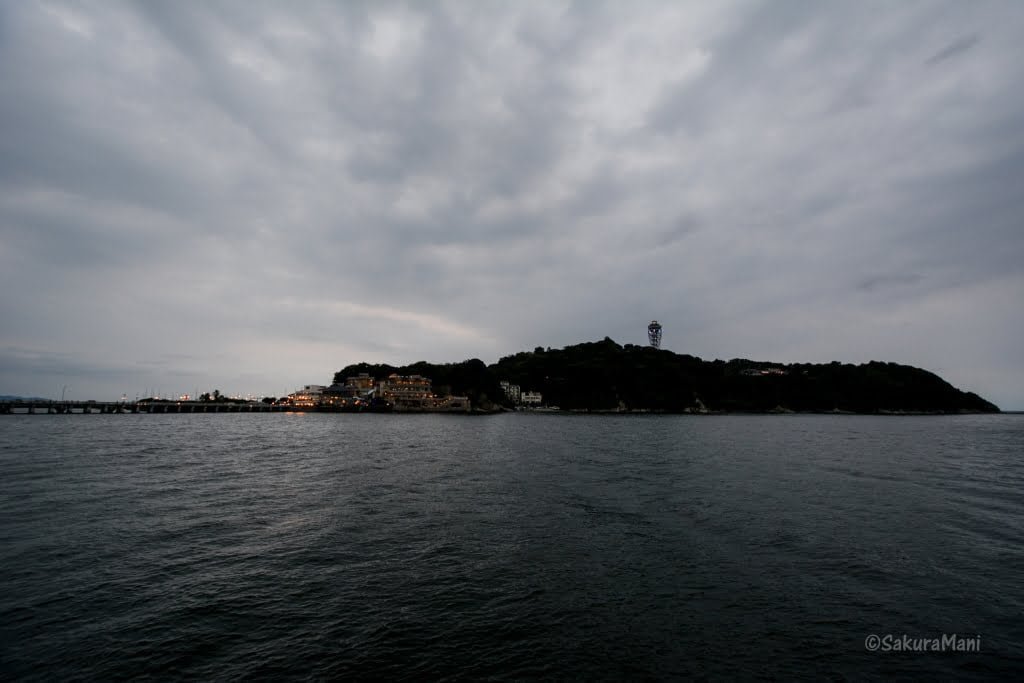
Enoshima

This way to Enoshima Island

Hakone
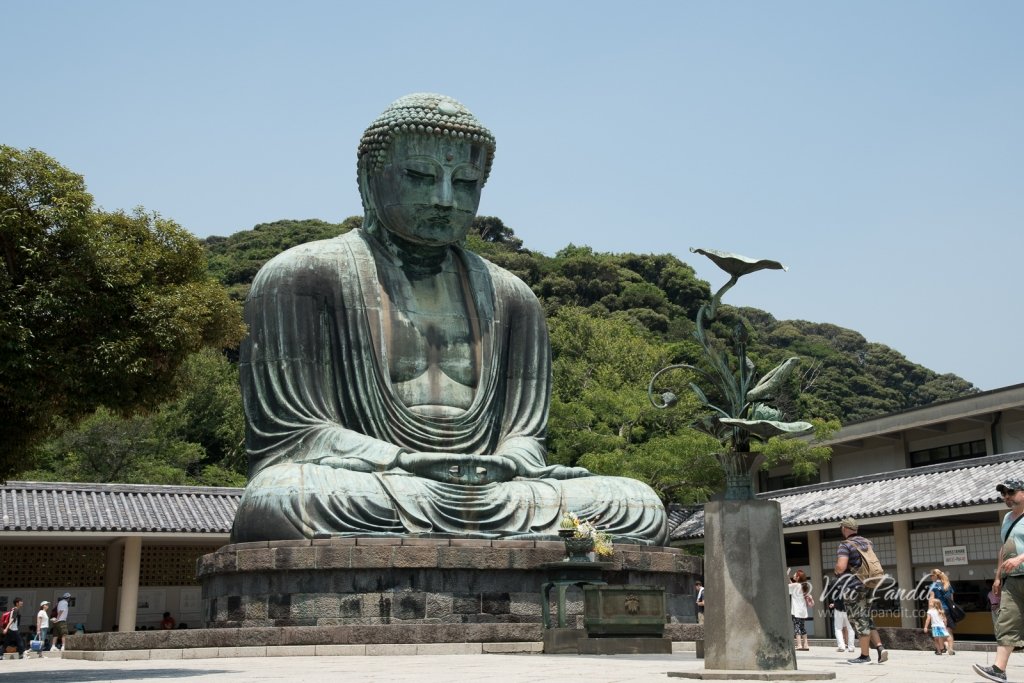
Kamakura Daibutsu

Kamakura’s Kintsuba
Niigata
The birthplace of my favorite mangaka, Niigata prefecture has produced several manga and anime artists over the years. Niigata city is full of spirit. On the Shinano river bank near Bandai bridge, I saw many families and friends hanging out with food and beer. It felt amazing sitting on the bank and watching Niigata’s skyline till late evening.
On the next day, I visited Niigata Manga and Anime Museum, which showcases profiles and works of Takahashi Rumiko and other artists who were born in Niigata. There was also an ongoing exhibition of Japanese swords from the manga series Evangelion. I enjoyed every bit of my stay in Niigata.
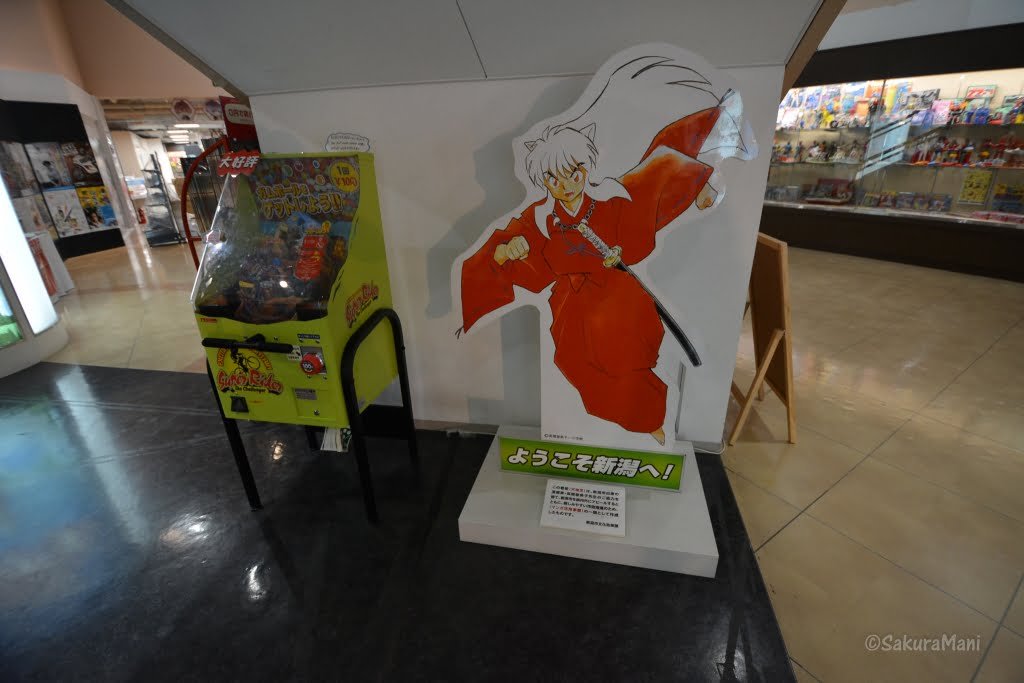
Inuyasha welcomes you to Niigata
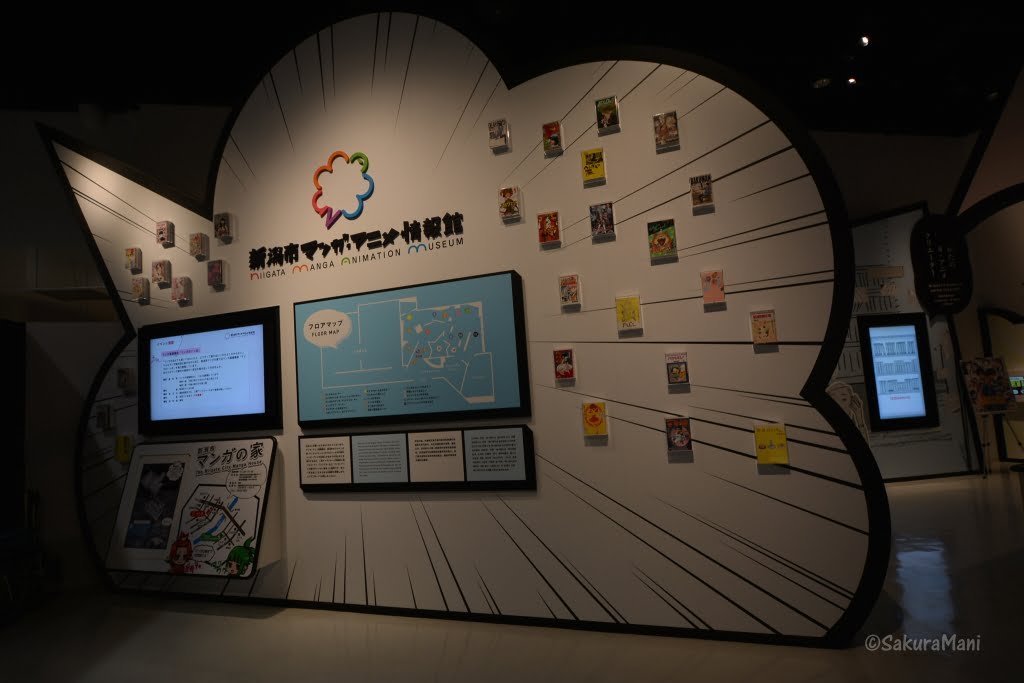
Niigata Manga and Anime Museum
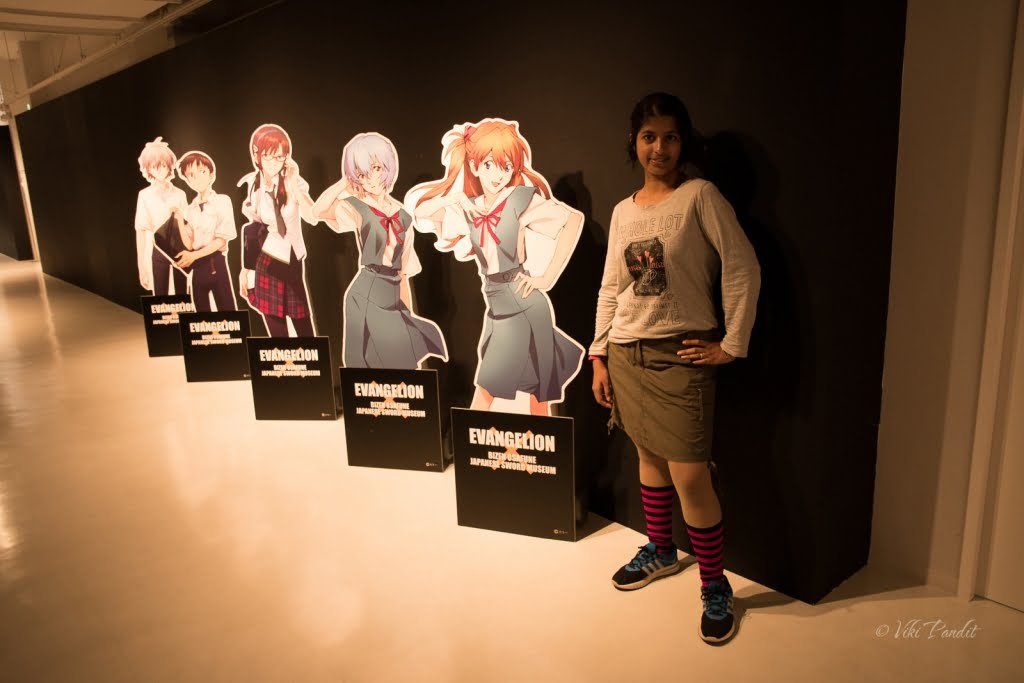
Evangelion exhibition at Niigata Manga and Anime Museum
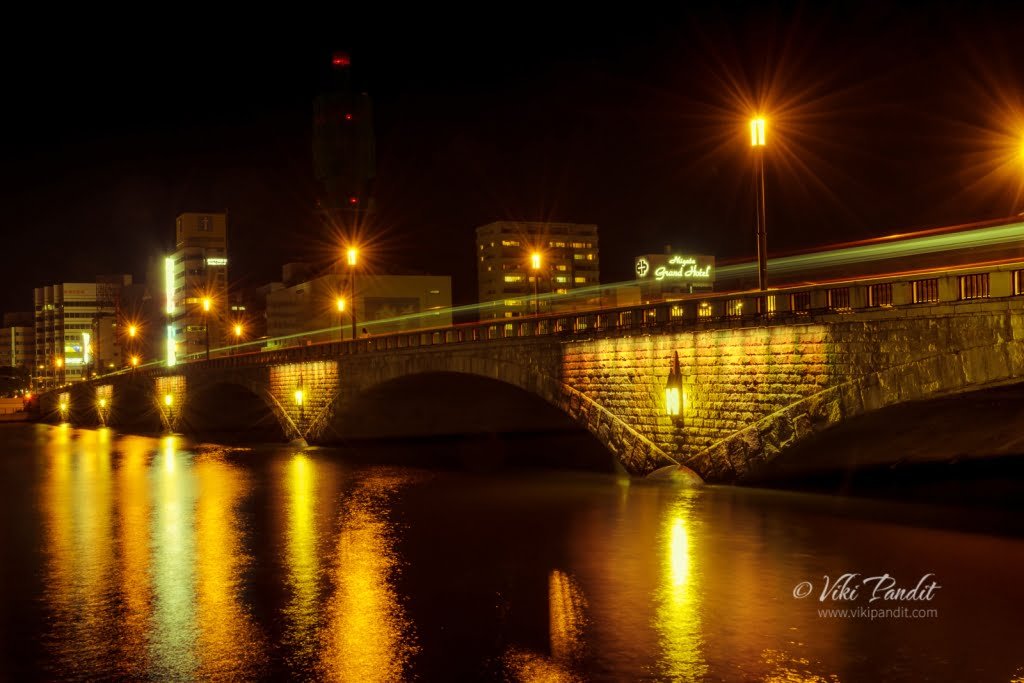
Bandai Bridge
Toyama
On my first day in Toyama, I was welcomed by heavy snowfall. I had given up hopes of seeing any snow in Kansai. All we had in Nara, was a light snowfall one morning and there was no sign of snow since then. Ever since I saw pictures of the gassho-zukuri villages of Gokayama, I desperately wanted to visit the place. Since I could not reserve a seat on the tour bus, I traveled the entire route by a city bus. Ainokura village in Gokayama has twenty gassho-zukuri houses. I climbed up to a viewpoint to get a better look at the village. It felt like I was in fairy-tale land. Fujiko.F.Fujio, the creator of Doraemon was born in Toyama’s Takaoka city. I also went to see Takaoka Daibutsu, which is regarded as one of the Great Buddha statues in Japan.
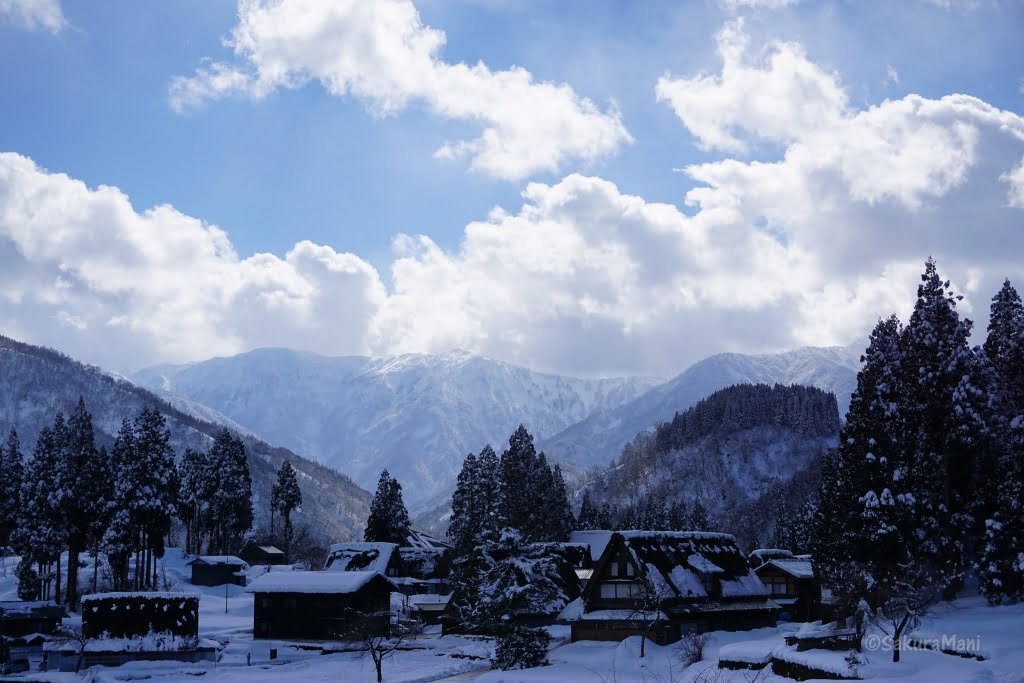
Ainokura Village
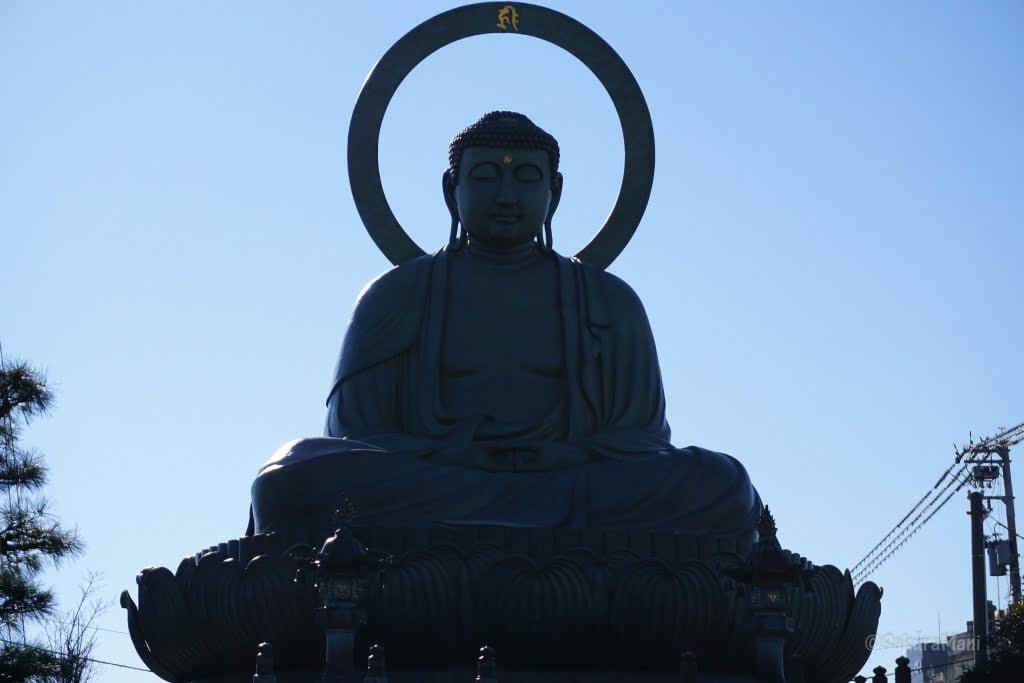
Great Buddha of Takaoka
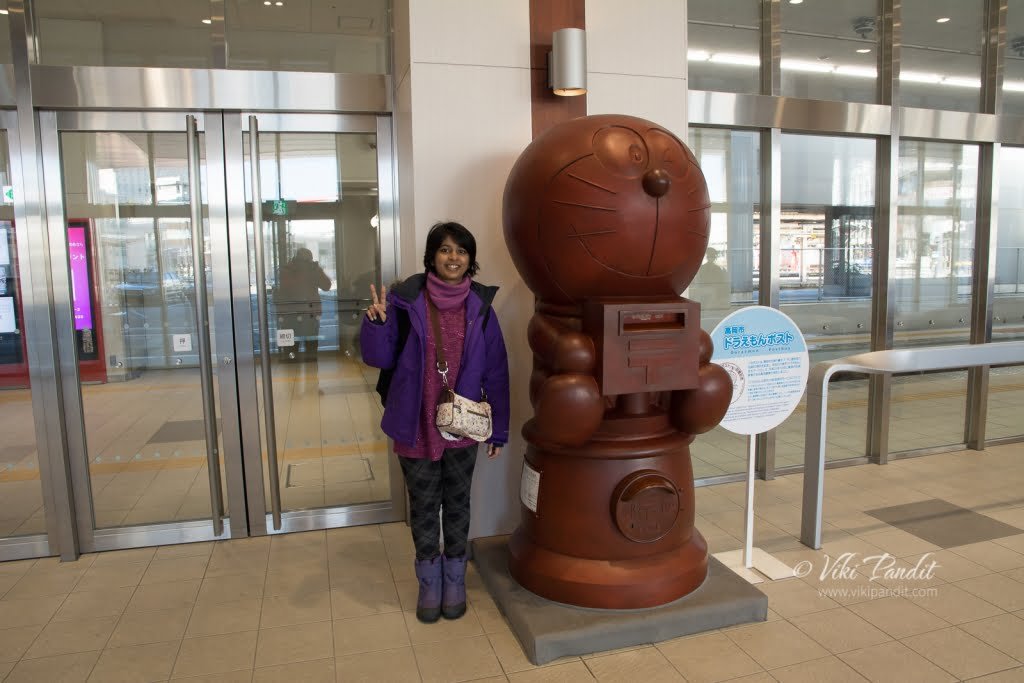
Doraemon post box inside Takaoka station
Ishikawa
Kanazawa city in Ishikawa is the heart of Japan’s Hokuriku area. Outside Kanazawa station, there is an artistic gate, which is designed to look like a traditional Japanese drum. It is called the Tsuzumi Gate and has become popular among photographers. The Kenroku-en garden is located a few minutes away from Kanazawa station. Since, Hokuriku area experiences snowy winters, ‘yukitsuri’ or ‘snow ropes’ are used to form an umbrella around trees, which protect them from any damage caused by snow. In winter, ‘yukitsuri’ is one of the key features of Kenroku-en garden. Although it was winter when I traveled to Ishikawa, there was no sign of snow in Kanazwa. While walking through the meandering garden path I spotted some plum blossoms. Adjoining the Kenroku-en garden, the restored Kanazawa castle stands in its wide castle park.

Kenroku-en garden
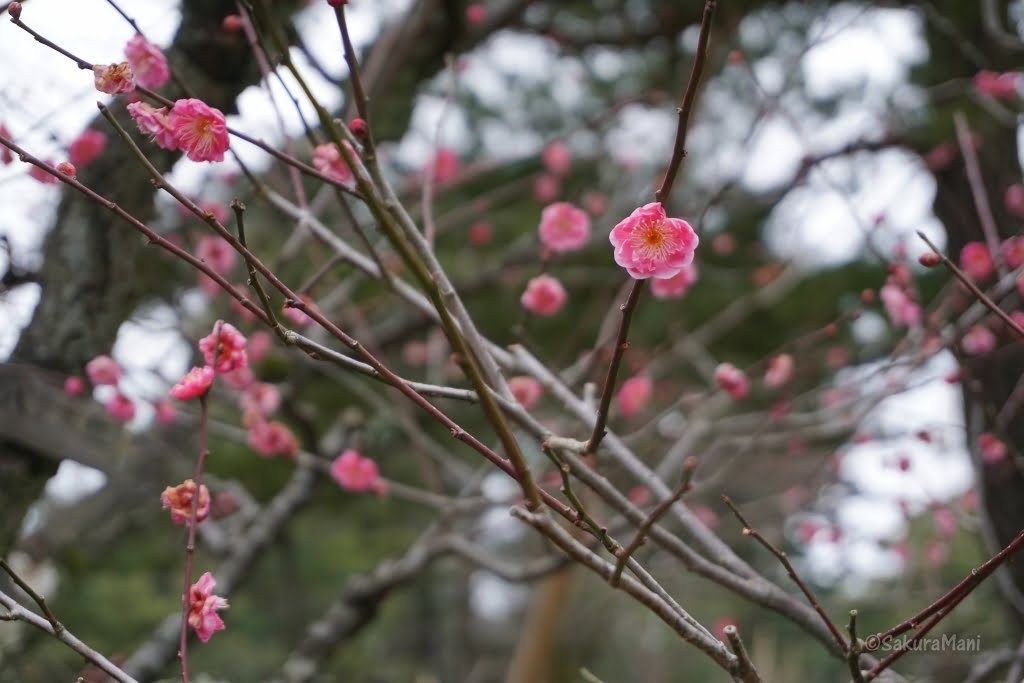
Plum blossoms at Kenroku-en
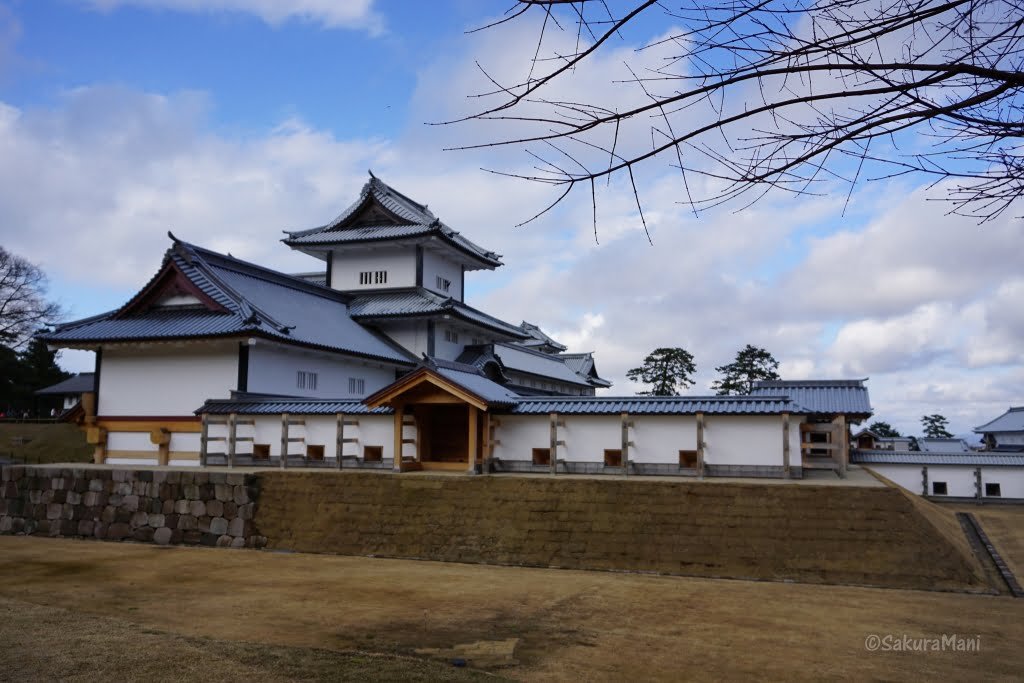
Kanazawa Castle
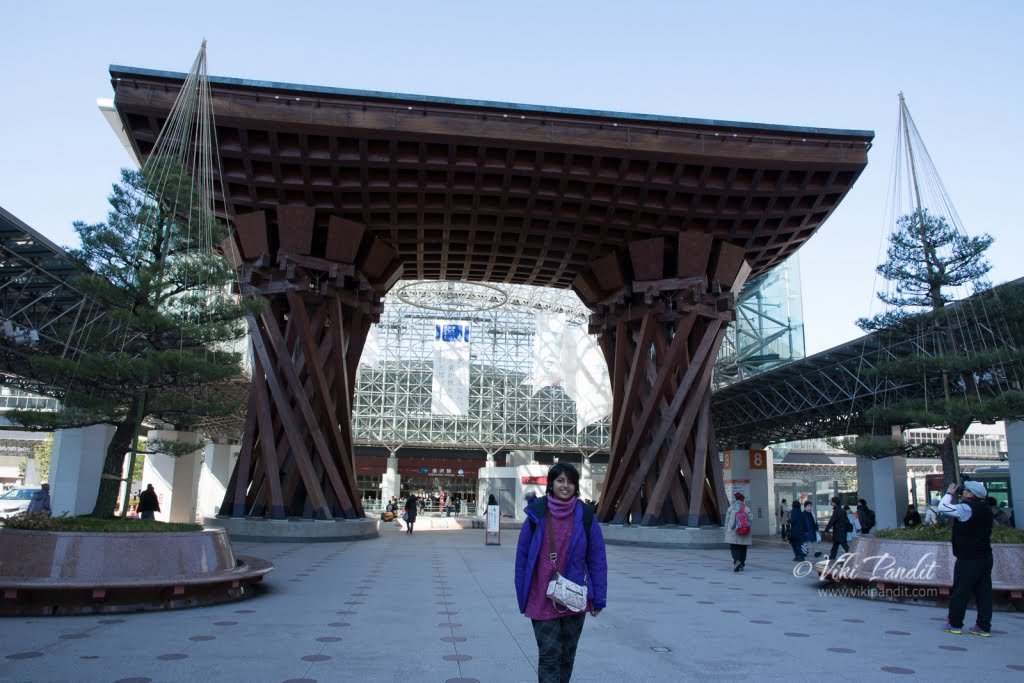
At Kanazawa Station
Fukui
The famous Tojinbo cliffs in Fukui are known less for their beauty, and more for being a suicide spot. There are some eerie legends and ghost stories associated with this place. The very thought of Tojimbo cliffs gives me goosebumps. However, the cliffs, the sea, and the clouds put together, form an excellent view during sunset.
Tsuruga city, in central Fukui is known for its sandy beaches and clear seawater. The road leading to Tsuruga station is lined with many statues of characters from the anime series ‘Space Battleship Yamato’ and ‘Galaxy Express 999’. Three kilometers away from the station, you will find ‘Kehi no Matsubara’, a charming pine grove and a beach. While walking towards the bay at dusk, I saw the last streak of orange light defuse into the dark blue sky. The calm waves and chilly wind created a soothing atmosphere.
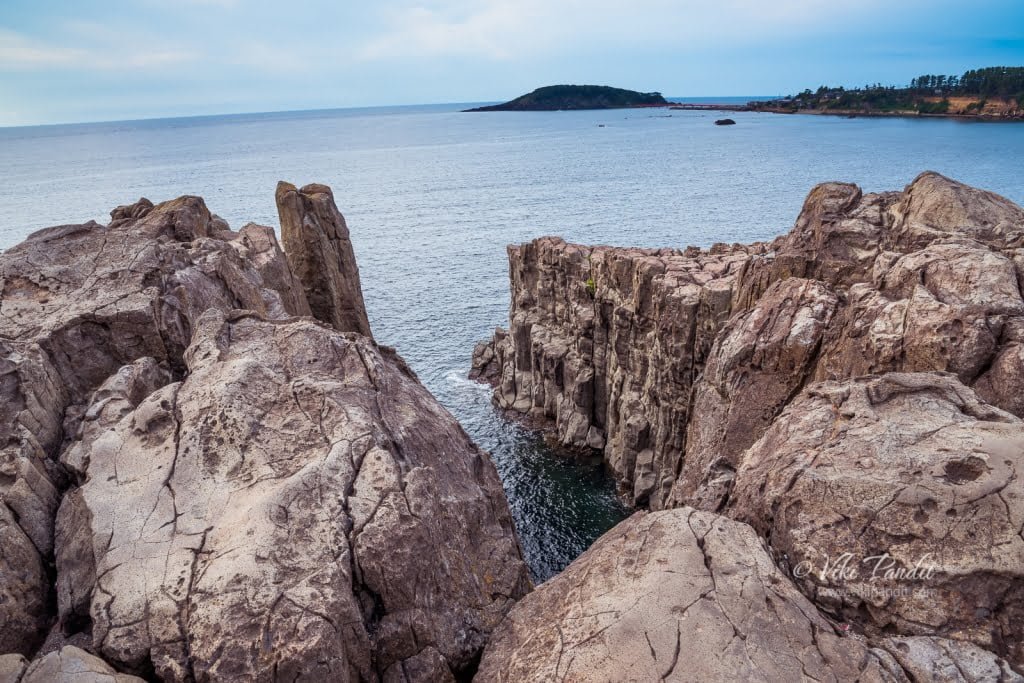
Tojimbo

Kodai Susumu and Mori Yuki
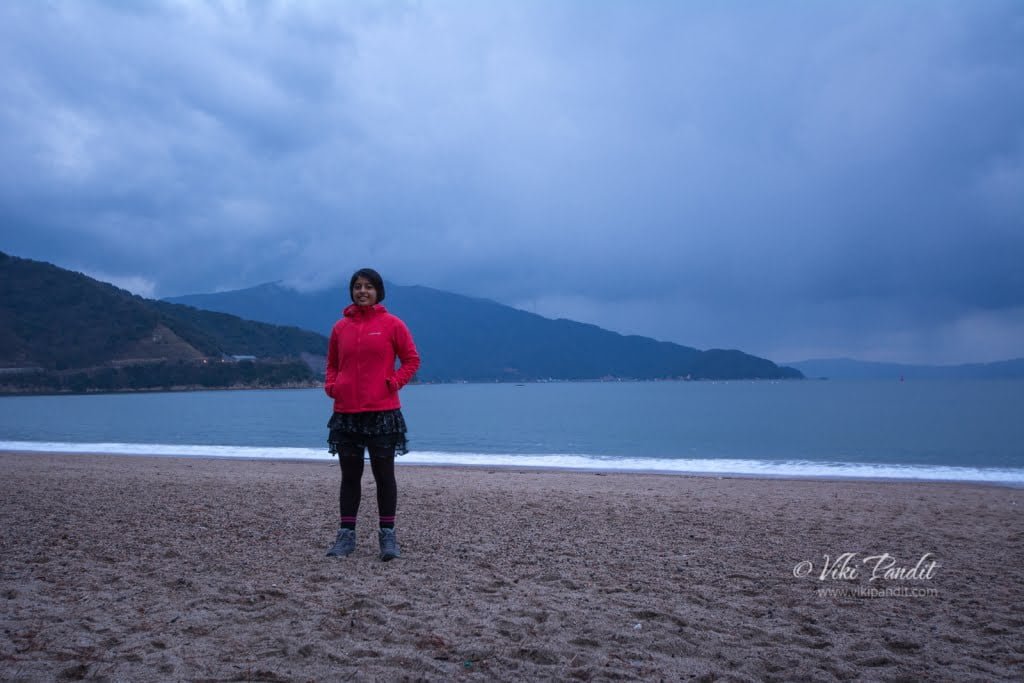
Kehi no Matsubara
Nagano
Nagano is a landlocked prefecture, right in the center of Japan. It is surrounded by beautiful mountain ranges including the Japanese Alps. In winter, snow monkeys at Jigokudani park look adorable when they sit cozily in the hot spring. This place was named Jigokudani because of the steam and boiling water that bubbles out of crevices in the ground as if coming from hell.
Matsumoto castle, in Nagano’s Matsumoto city, is one of the most celebrated national treasures of Japan. The castle’s unique design and surrounding make it stand out among all the other castles.
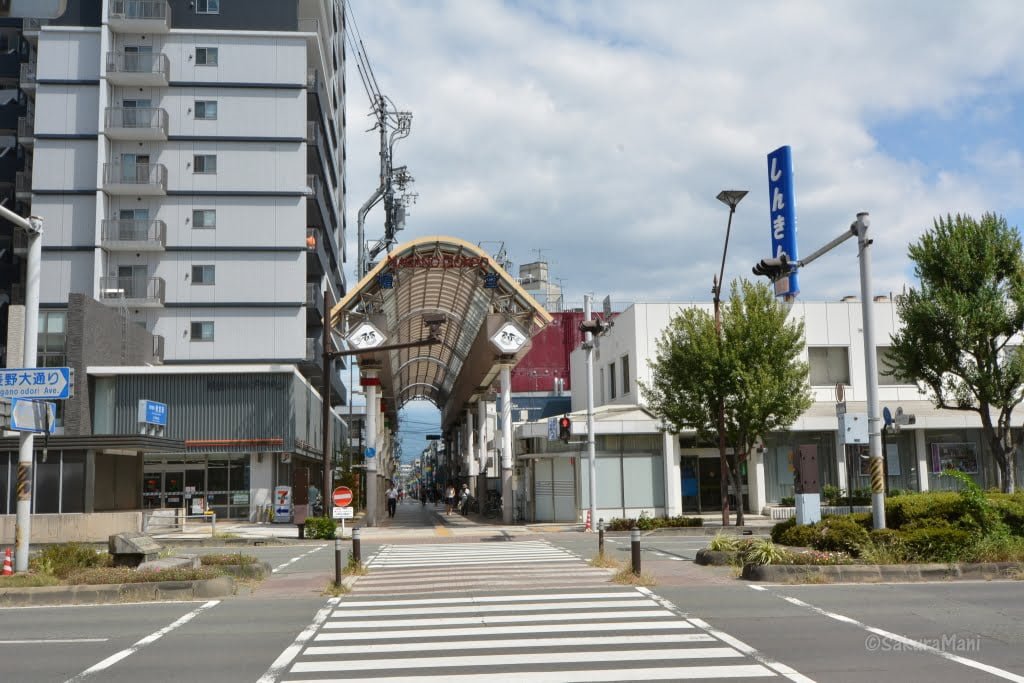
Walking the streets of Nagano
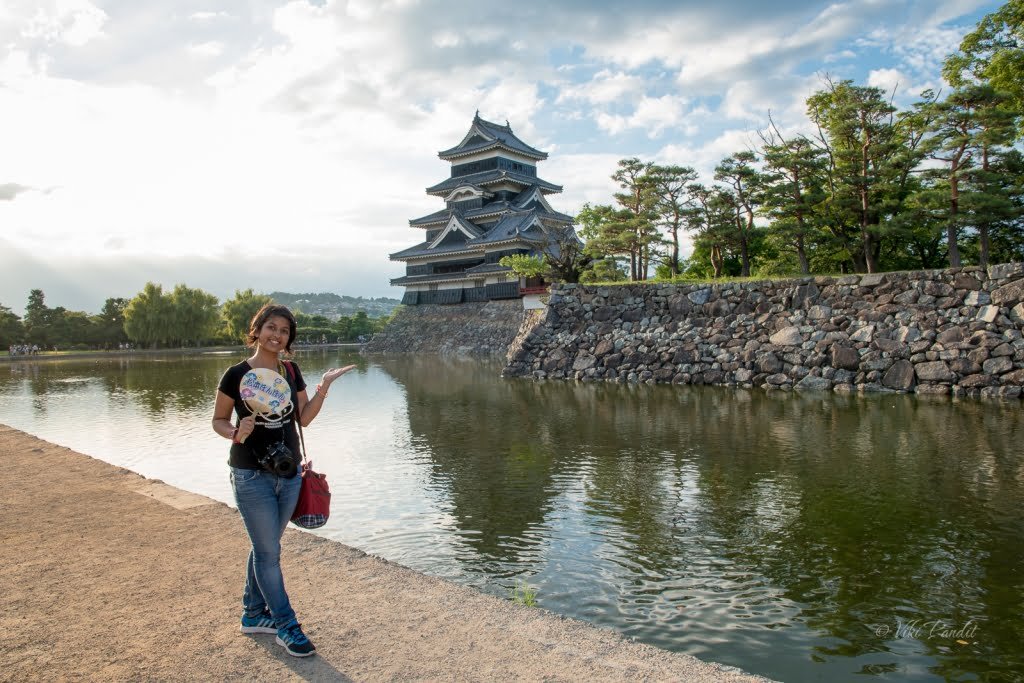
Welcome to Matsumoto Castle
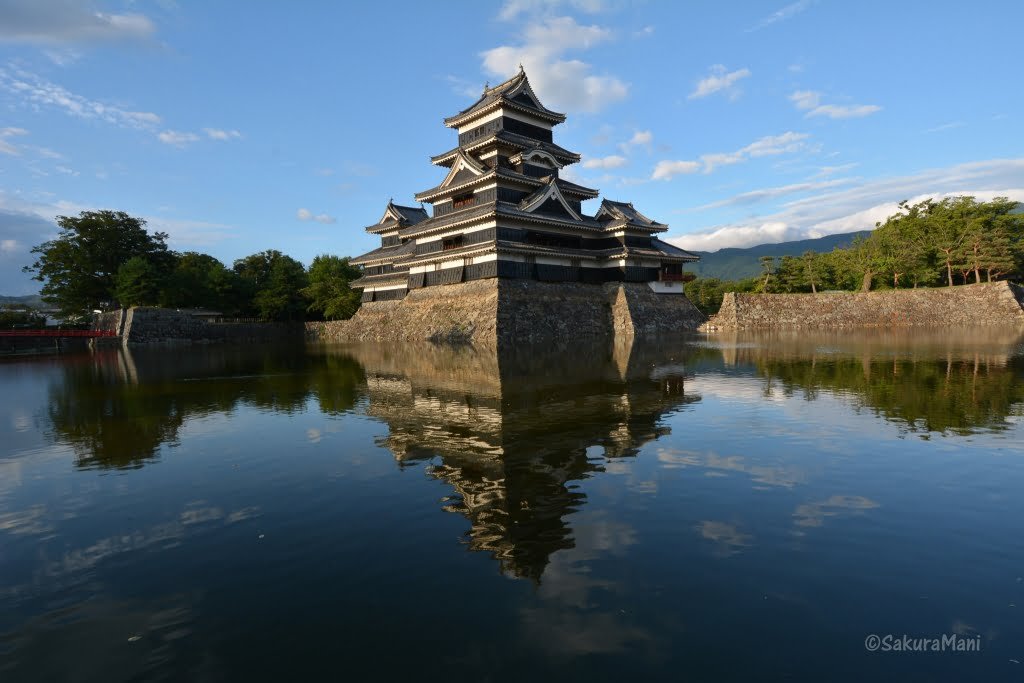
Matsumoto Castle
Yamanashi
Fuji-san is situated between Yamanashi and Shizuoka prefectures. However, some of the best views of Fuji-san are in Yamanashi. I went around the five lakes of Fuji in Yamanashi, but Fuji-san was shrouded in clouds and I could not get a good view from any of the lakes. I stopped by to see the Fugaku Fuketsu wind cave in Aokigahara forest. I was told that going too deep inside the forest could be risky since the high deposition of iron in the soil interferes with cell phones and compasses which stops them from functioning. The temperature inside the wind cave was 3 degrees, almost 20 degrees lower than the outside temperature. I was amazed to see those ice pillars, rising from the floor of Fugaku Fuketsu wind cave. This place was used as a natural refrigerator in the past.
Minobusan Kuon-ji temple is the headquarters of the Nichiren sect of Buddhism. The temple can be reached by climbing up 287 steep steps. It is said that if you climb all the stairs to the top you will attain enlightenment. All I felt on reaching the top was that I was out of breath and I needed to sit for some time.

View of Fujisan from Saikoyachounomori park
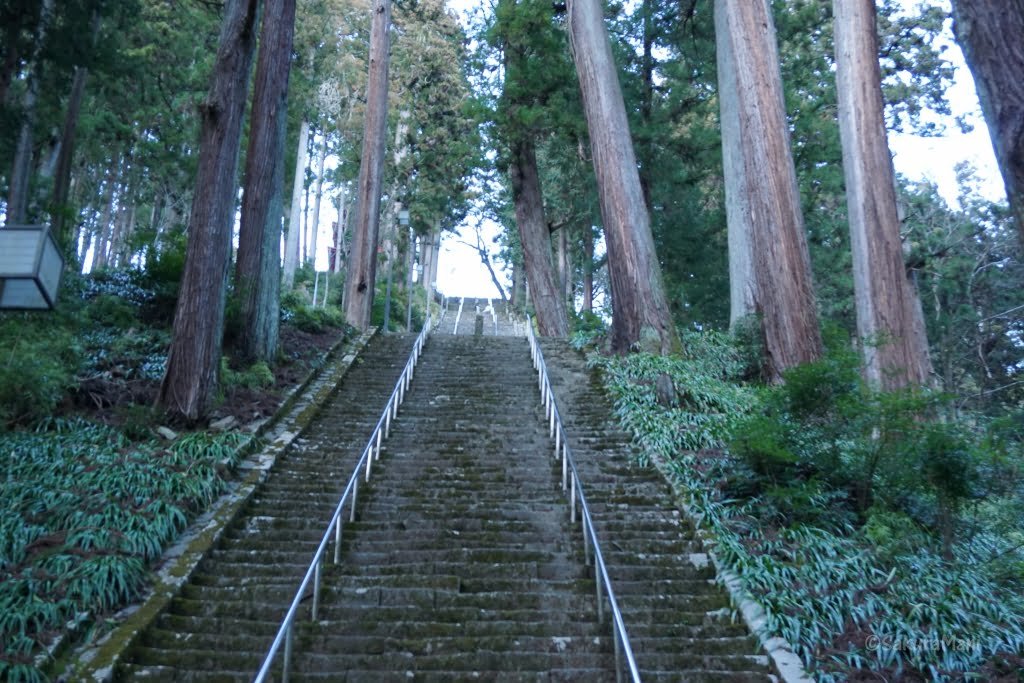
Stairs leading to Minobusan Kuon-ji temple
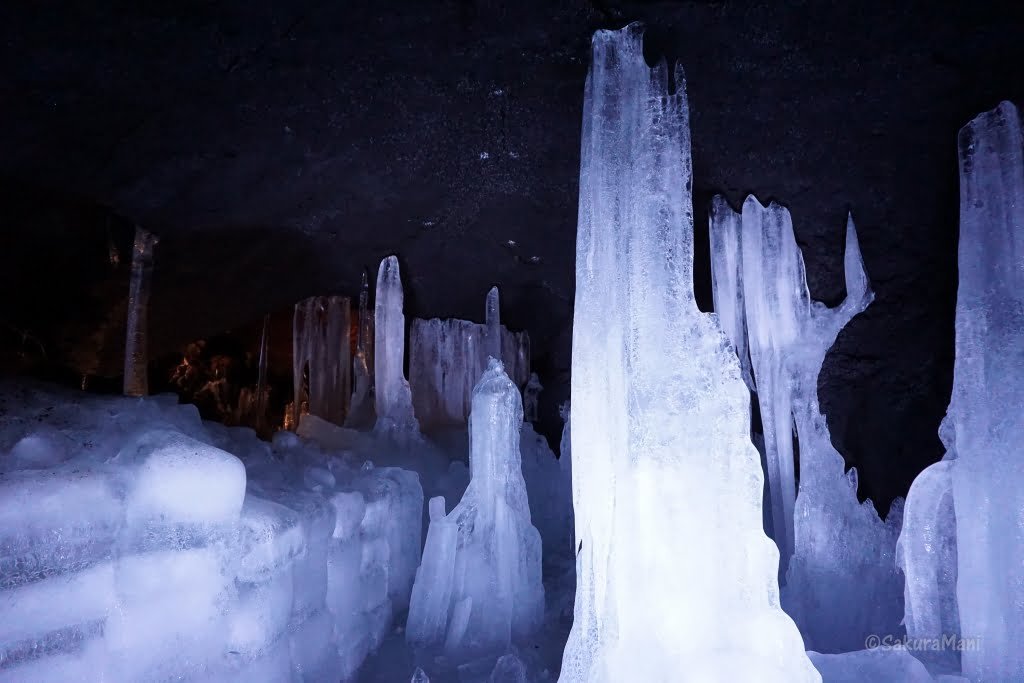
Fugaku Fuketsu wind cave
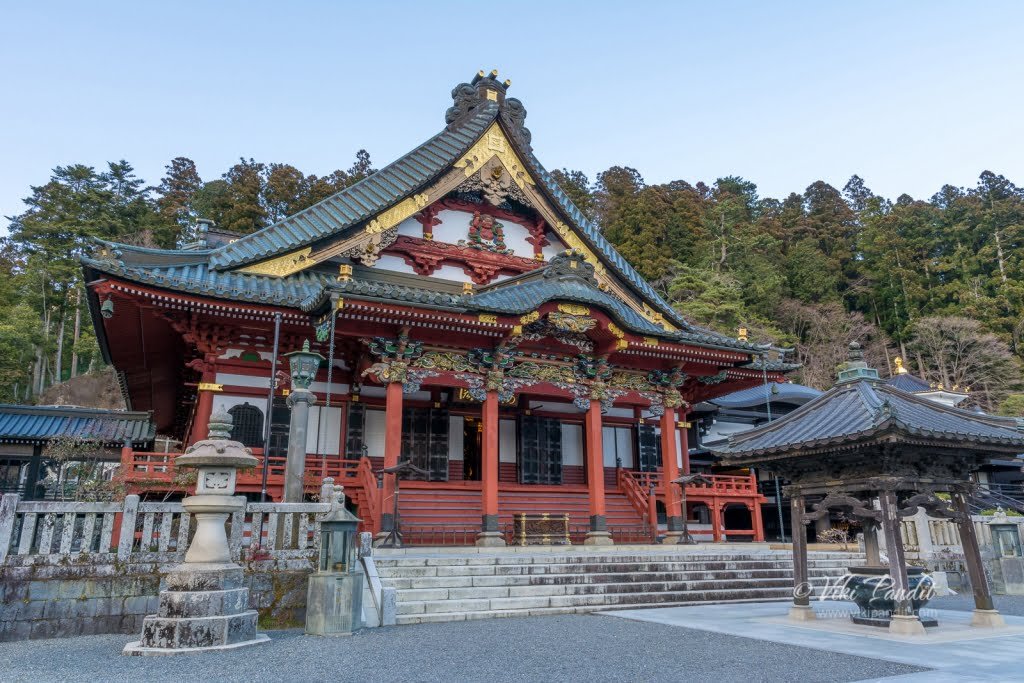
Minobusan Kuon-ji temple
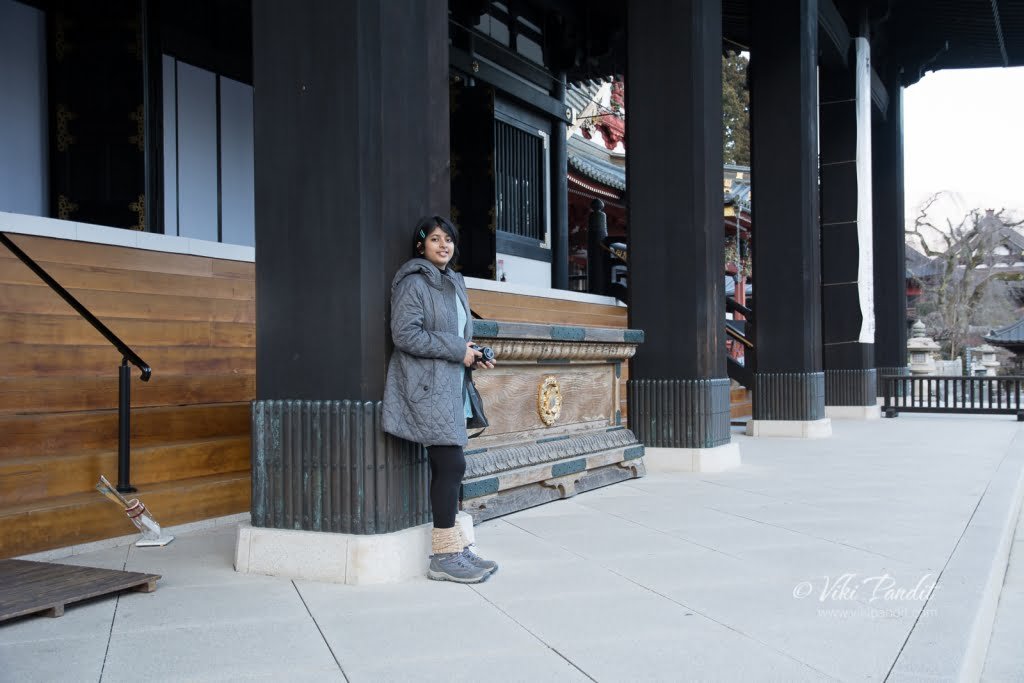
Kuon-ji temple
Shizuoka
While I was in Shizuoka, I went to lake Tanuki, a beautiful lake located in Fujinomiya. It was a bright sunny day, and hence Fuji-san was clearly visible. The majestic blue mountain mesmerized me and I kept staring at it for I don’t know how long. Another place I visited in Fujinomiya was the Shiraito Falls. As the name suggests, these streams look like white threads which flow down a 20 meters high cliff. Only when I was about to take my leave, I spot a rainbow in front of Shiraito falls. Viki and I stayed back to enjoy it, till it slowly disappeared into thin air.
The first cherry blossoms in Honshu appear in Shizuoka’s Kawazu town. Kawazu zakura blossoms are in full bloom at the end of February. They are a little darker in color than the usual sakura flowers.
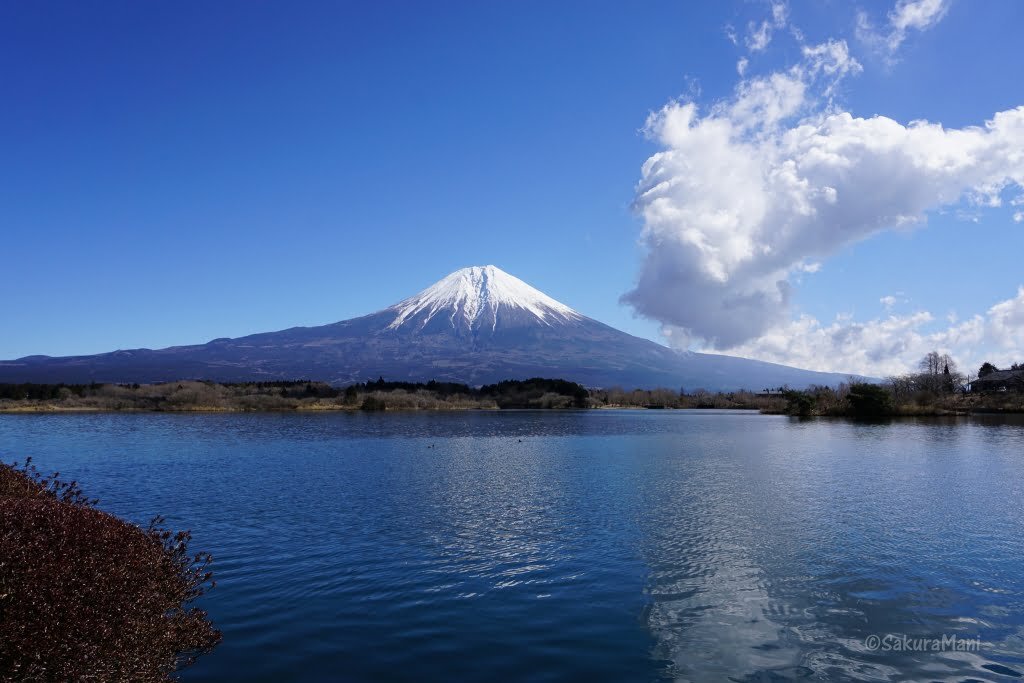
Fujisan from Lake Tanuki
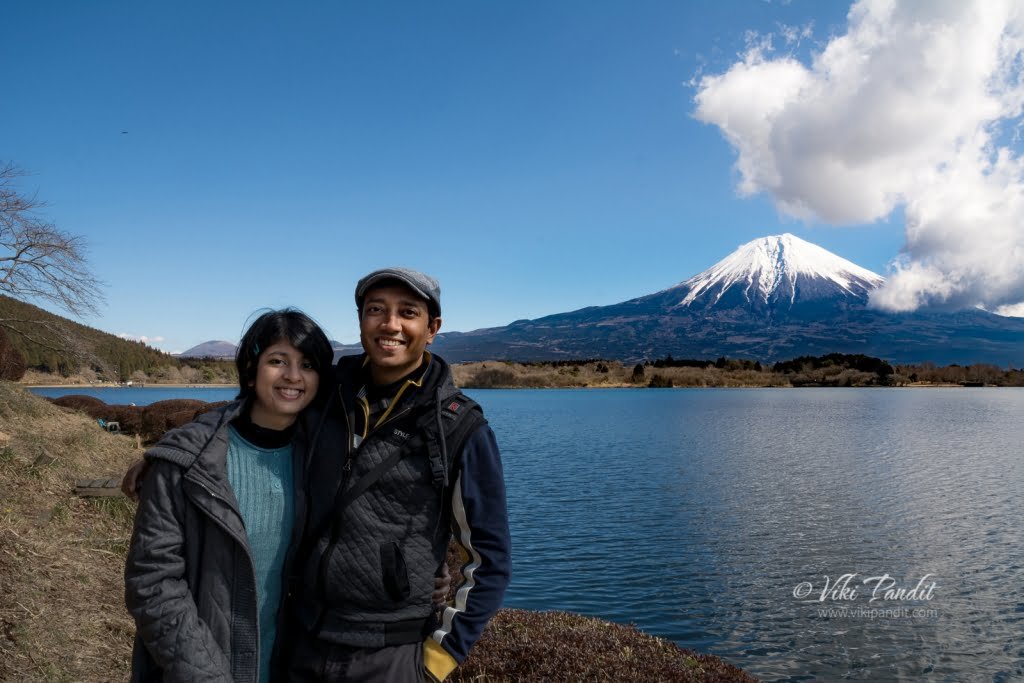
Fuji-san, Viki, and I
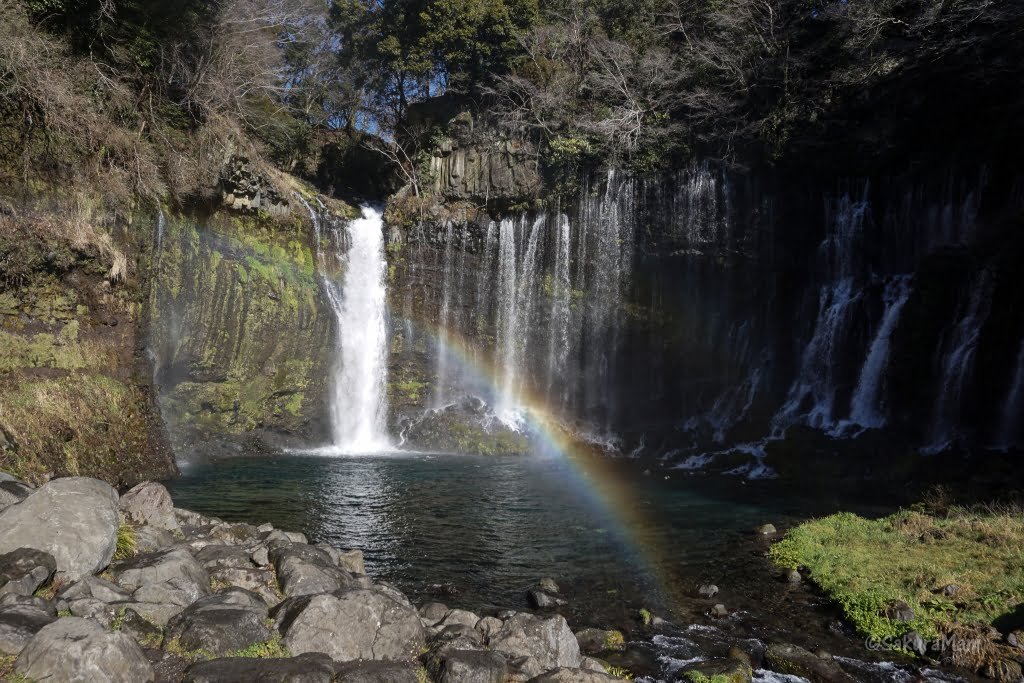
Shiraito Falls
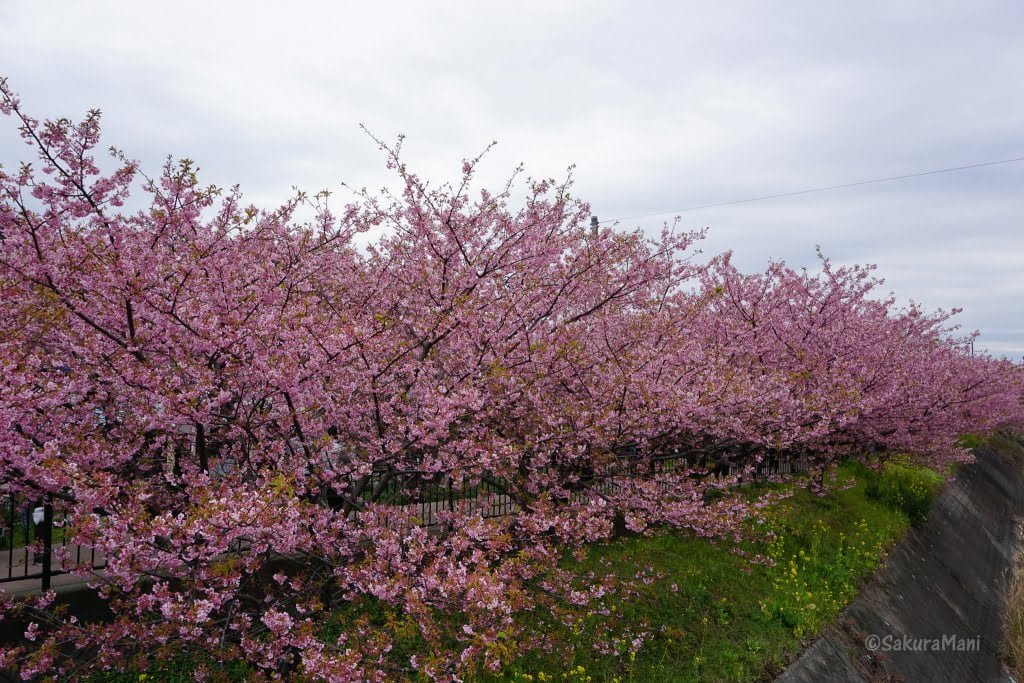
Kawazu Zakura
Gifu
When I visited Gokayama in Toyama, I also went to Shirakawa-go in Gifu. It is the biggest gassho-zukuri village in that area. Many people were planning to stay back and experience the winter night illumination. The village looked like a scene from a fairy tale book. I wondered how the residents of the village feel on seeing so many tourists visiting them everyday. I could not stay till late, since I had to catch the last bus to Toyama.
Gifu castle is located on the top of Mount Kinka, a few minutes away from the main station. The castle can be reached by a rope-way ride of 6 minutes. The entire city and Nagara river looks beautiful from the castle grounds.
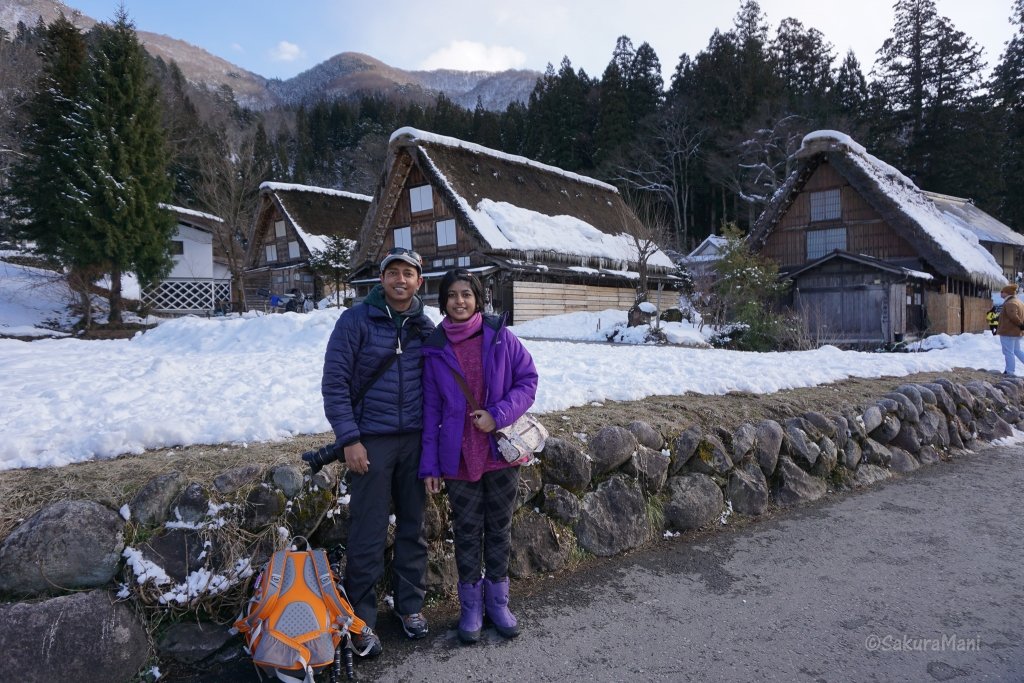
Shirakawa-go
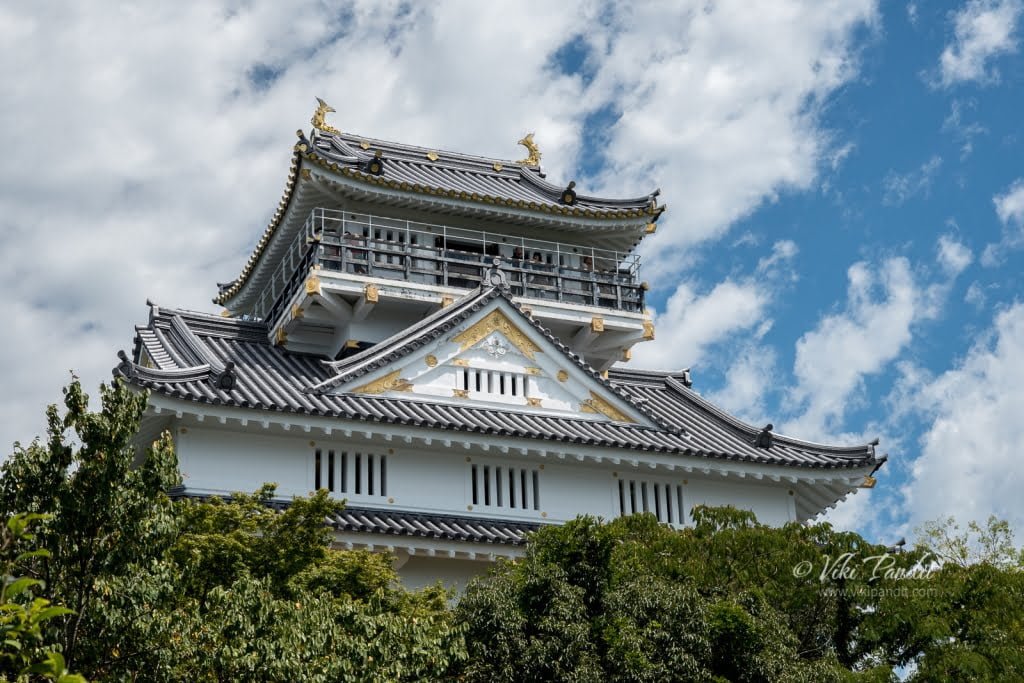
Gifu Castle
Aichi
During this year’s cherry blossom season, I decided to spend a day at Aichi’s Nagoya city. I was told by most of my Japanese friends that Nagoya is Japan’s culinary heaven. However, my packed up tour plan had no place for a proper meal, so I had to make peace with fast food. I tried some local sweets like sakura mochi and bought a box of Namikoshiken manju. My plan was to tour the city on foot. On the way to castle I came across a shrine with beautiful sakura trees. I must admit, Nagoya castle has some splendid walls. The elaborate exhibition inside was very informative. It took me almost an hour to see around the castle. I spent rest of the day touring the Central Park area.
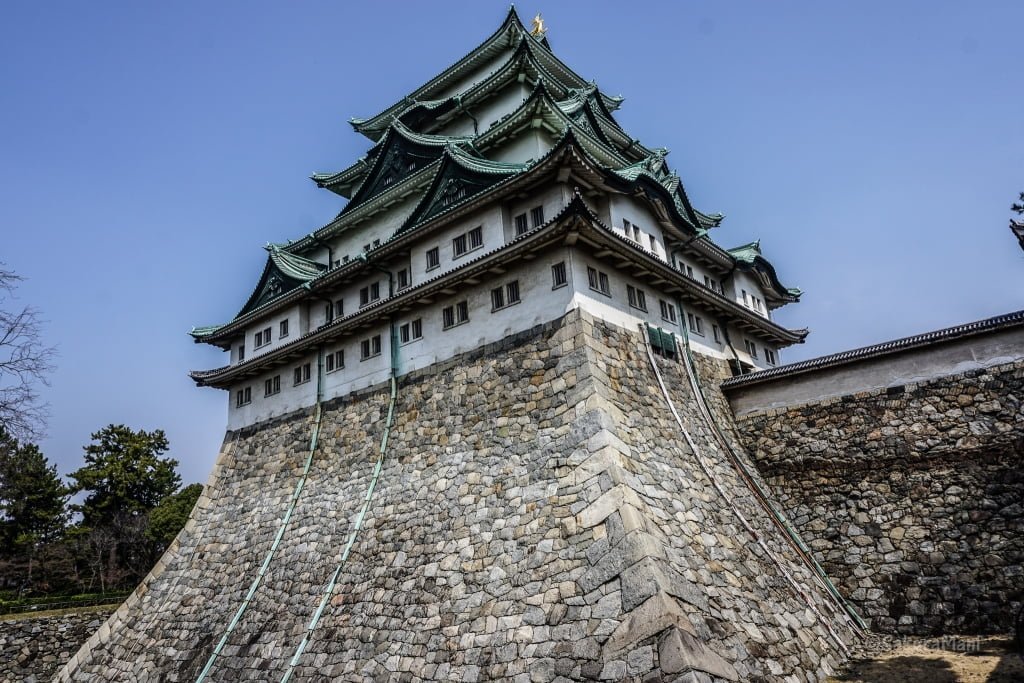
Nagoya Castle
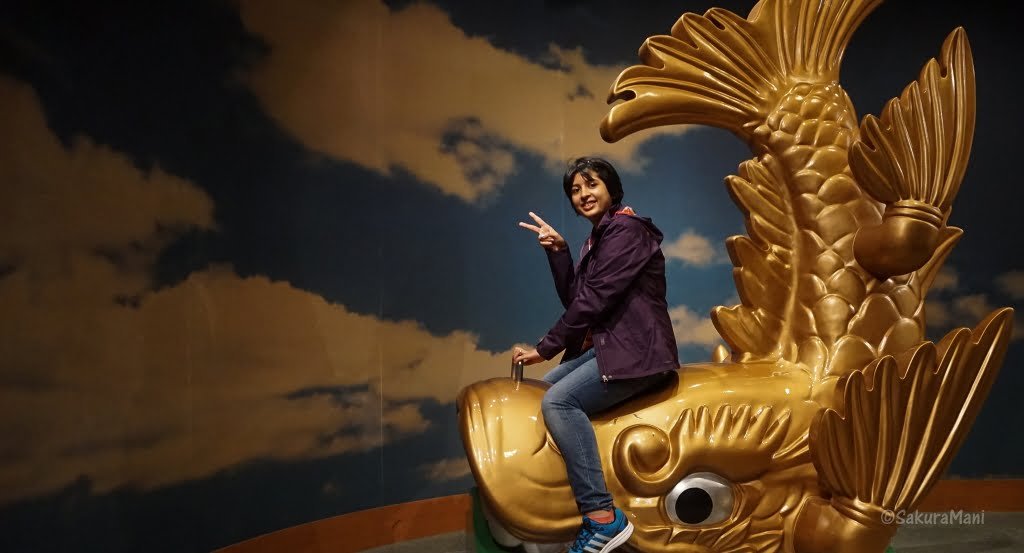
Inside Nagoya Castle
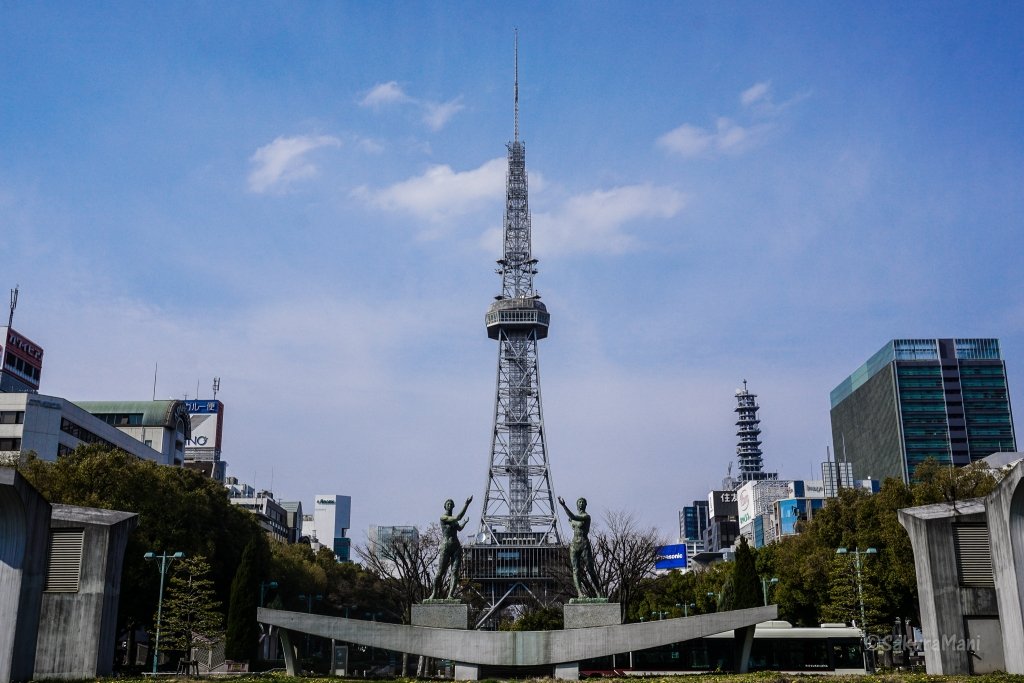
Nagoya TV Tower
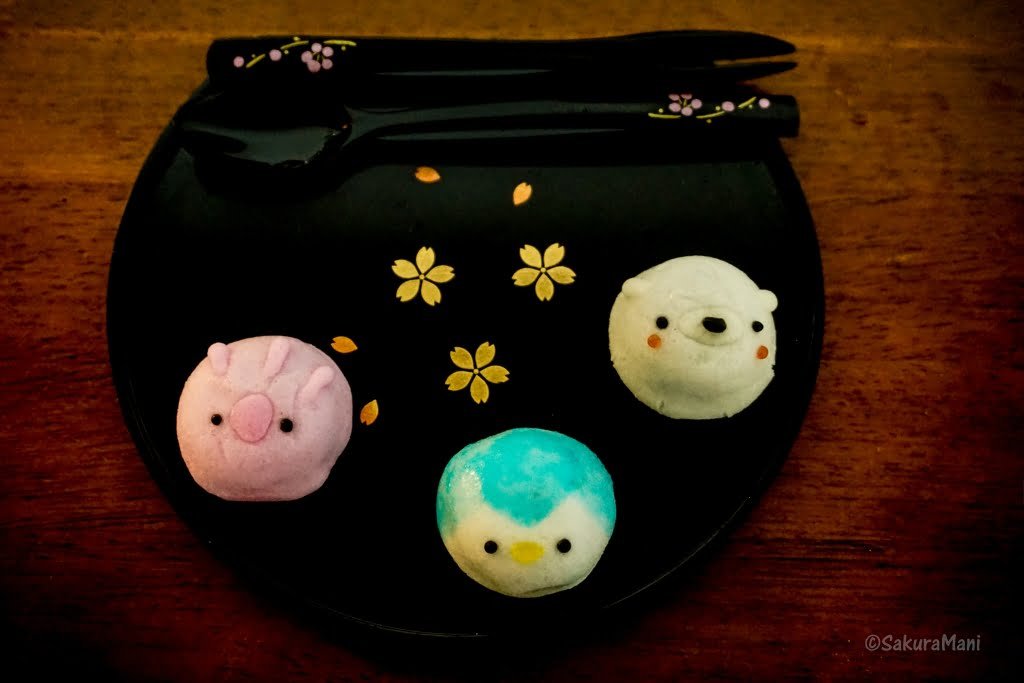
Namikoshiken manju
Shiga
Shiga can be better described in pictures than in words. Lake Biwa, the largest lake in Japan has been praised in poems and its beauty recorded in paintings for centuries. Whenever I visited lake Biwa, I felt an aura of tranquillity and peacefulness. I visited Mangetsu-ji temple, which houses the statue of Sho-kannon, an important cultural property. The Ukimido or ‘floating temple’ that stretches into lake Biwa is listed as one of the ‘eight views of Omi’. Another iconic view of the lake is at Shirahage shrine gate. During the cherry blossom season, I travelled to the east side of the lake, to Hikone and Nagahama.

Ukimido of Mangetsu-ji
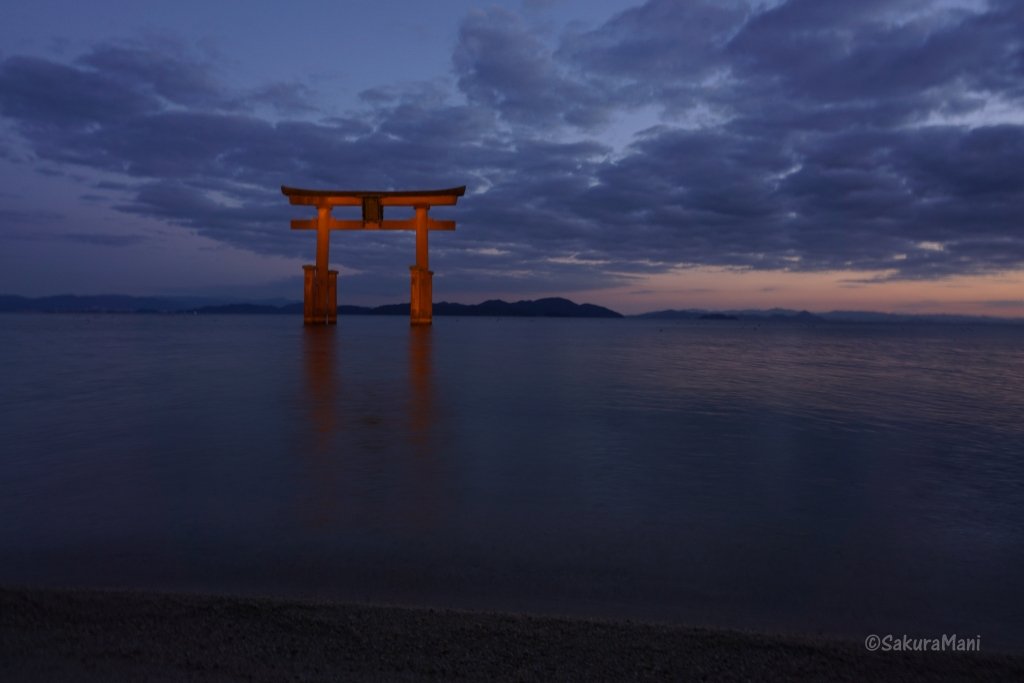
Shirahage shrine gate
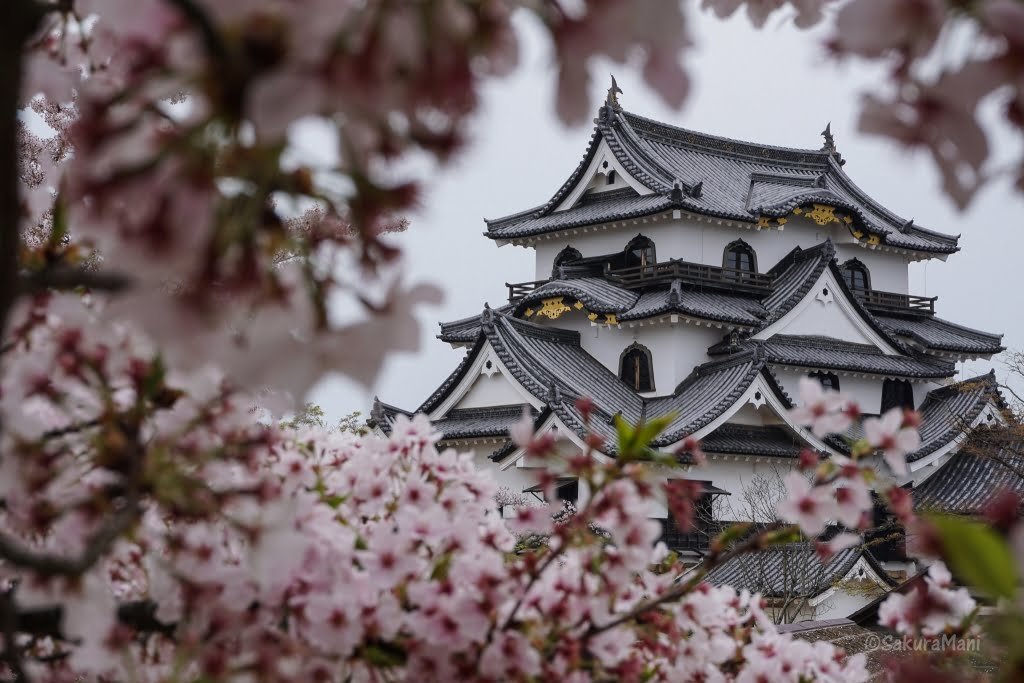
Hikone Castle
Mie
In south of Shiga, lies Mie prefecture. Iga-Ueno is called the birthplace of Ninja. The train journey to Iga-Ueno station was a unique experience, as the train made its way along the verdant mountain ranges peeping out from behind the scattered light clouds. While I was at Iga-Ueno castle, I also visited the ninja museum. Iga is also the birthplace of Matsuo Basho, the most popular ‘haiku’ poet in Japan.
There’s a lot to see around the coast of Mie. In Mie, I travelled to see Meoto Iwa or ‘wedded rocks’ off the Futami coast. The two rocks, one bigger than the other, are tied together with a heavy rope. The rocks represent togetherness in marriage.

Iga Ueno Castle
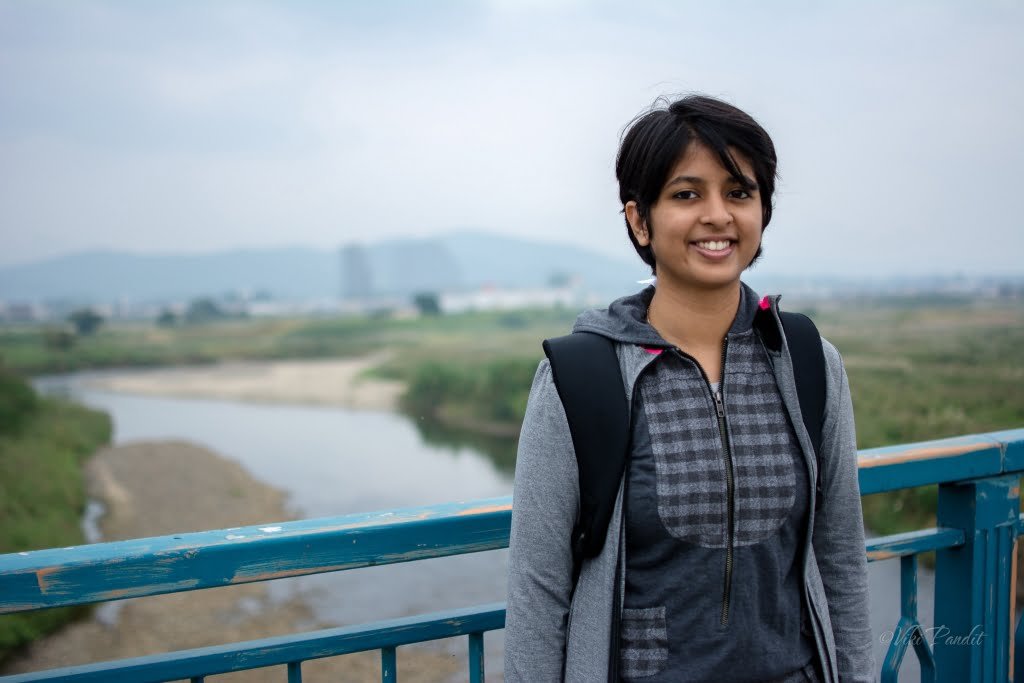
Hattori river in Iga Ueno
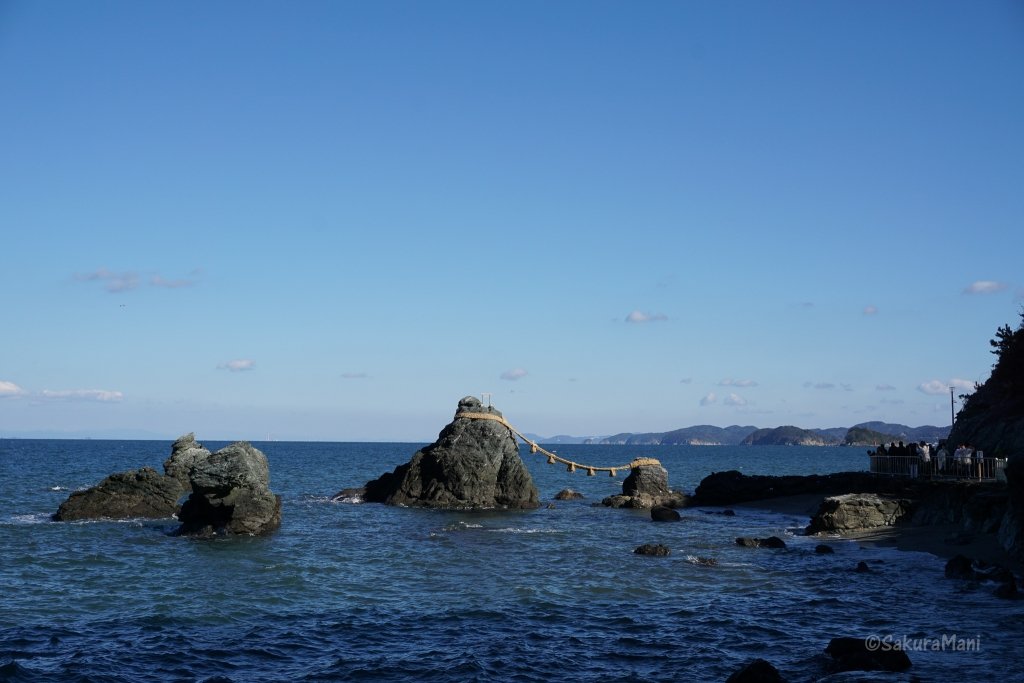
The Married Couple Rocks
Nara
Nara, the ancient capital of Japan, has a lot to offer than just temples. There is no doubt that the temples and shrines of Nara and Todaiji Daibutsu are incomparable, but Nara is also known for its natural beauty. The nationwide popular cherry blossoms of Yoshino and the hot springs in Totsukawa are also Nara’s pride. I lived in Nara for almost a year. Loved it for its easy-going atmosphere but its extreme weather gave me a hard time. I miss Nara deer so much, they have even learnt to bow. Nara deer are sacred as they are regarded as messengers of Kasuga deity.

With Nara deer at Kofuku-ji

Yoshino in spring
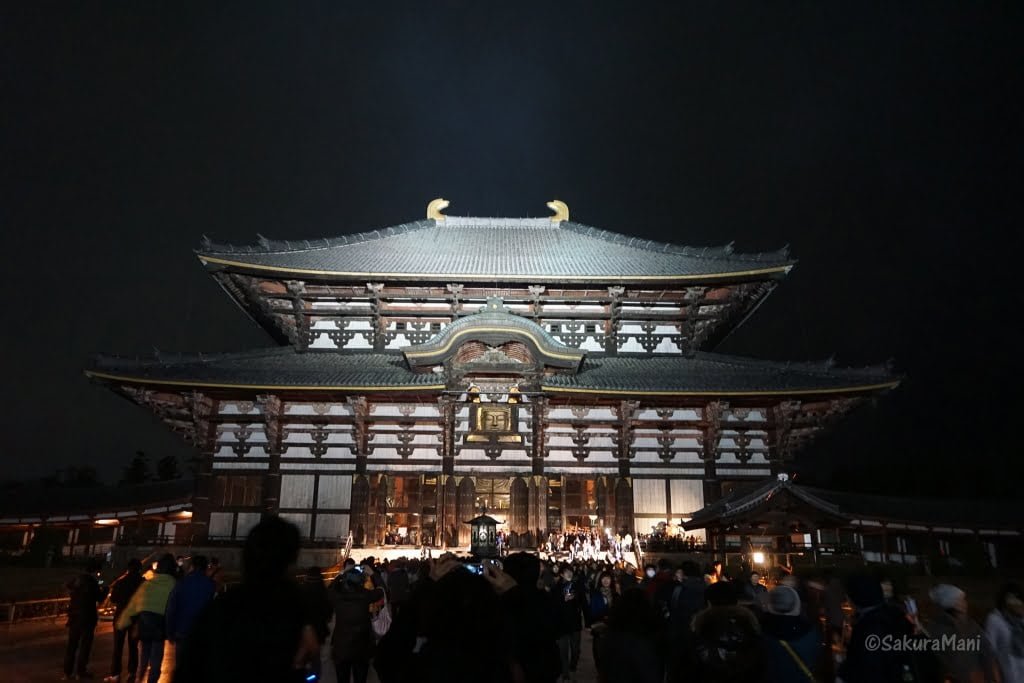
Todai-ji
Kyoto
Kyoto or should I say the cultural capital of Japan, is home to thousands of temples and shrines. It has still preserved its heritage and charm. Kyoto tower, the city’s land mark stands right in front of Kyoto station. There are 17 UNESCO sites in Kyoto, out of which I have visited Kiyomizu-dera, Kinkaku-ji, Ginkaku-ji, To-ji and Nijo Palace. There are many other iconic temples and shrines which are a must see while in Kyoto. Walking under the thousand vermilion gates of Fushimi Inari taisha, the head shrine of fox deity, I reached the top of mount Inari. The view from the top might not be superb, but its an easy and fun trek. Kyoto also offers good sakura and momiji viewing spots. Two of my memorable days in Kyoto were spent in Arashiyama and Amanohashidate.
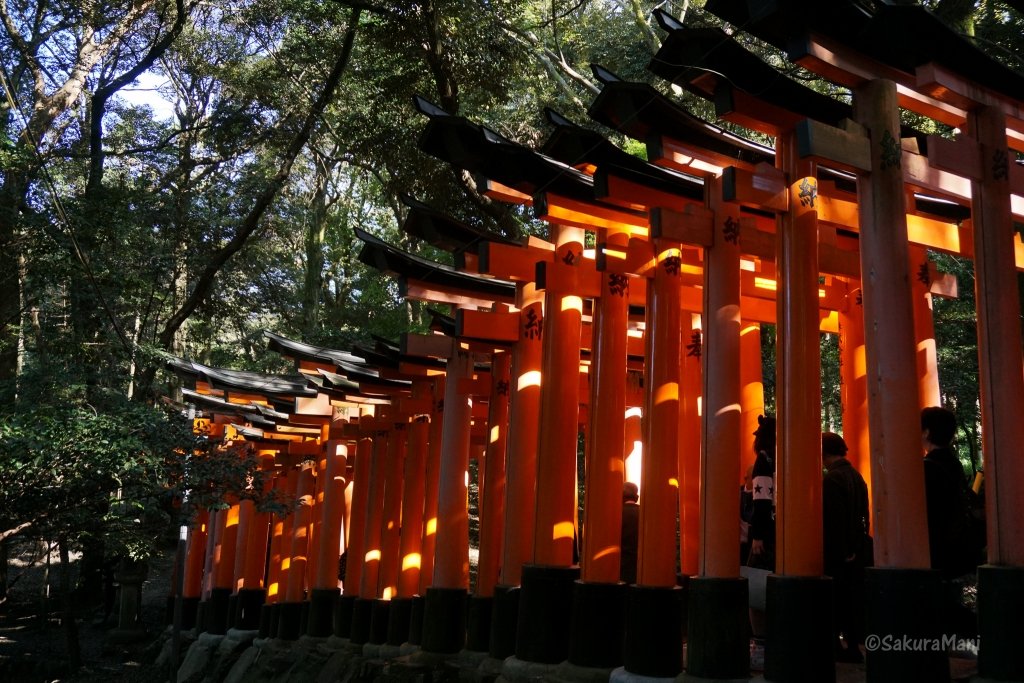
The thousand gates of Fushimi Inari Taisha
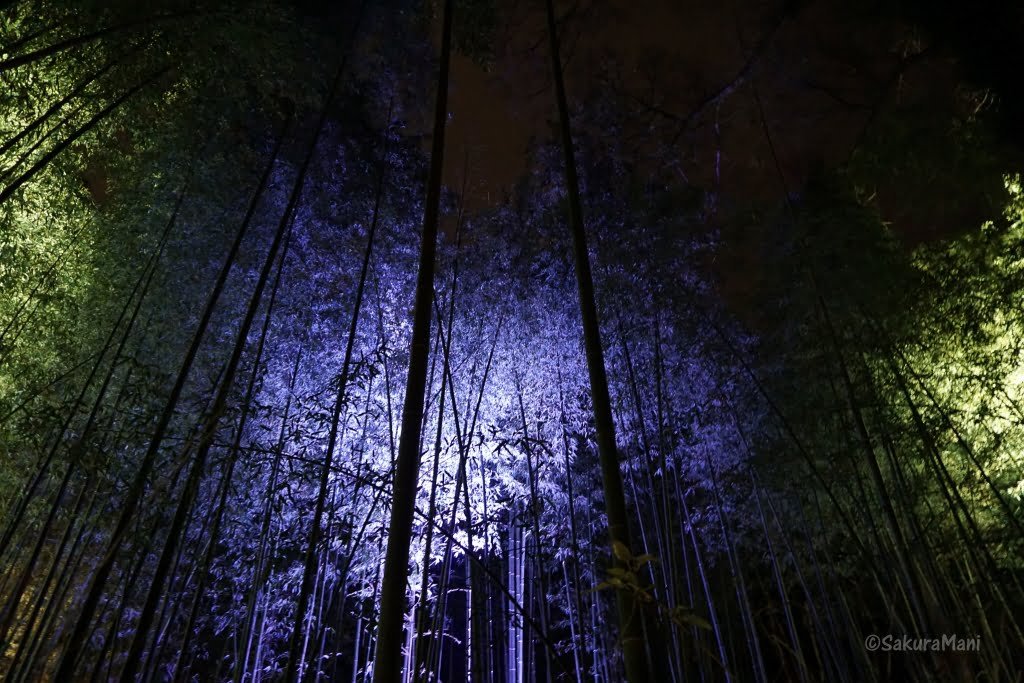
Night illumination at Arashiyama
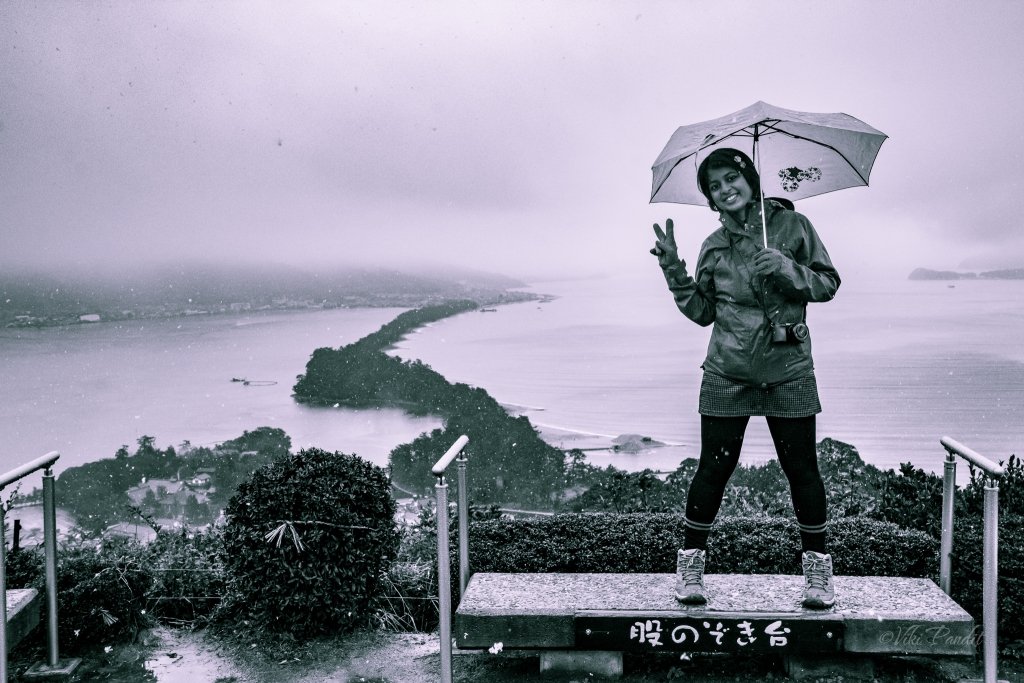
Amanohashidate
Osaka
Osaka is a sprawling city in Kansai region. It is the second most populated city in Japan after Tokyo. Fancy cafes, restaurants, shops, entertainment or nature parks, you name it and you will get it in Osaka. Being located only an hour away from Nara by train, Osaka was my regular shopping destination. I feel nostalgic thinking about the streets of Namba, Shinsaibashi and Tennoji. The Universal Studio Japan, is located in Osaka’s Konohana ward. The wonderful Osaka Kaiyukan aquarium is also nearby, in Minato ward. I spent many evenings at Osaka Castle Park. Being an anime lover, I often visited Nambabashi and Denden town’s cosplay and anime hobby centers.
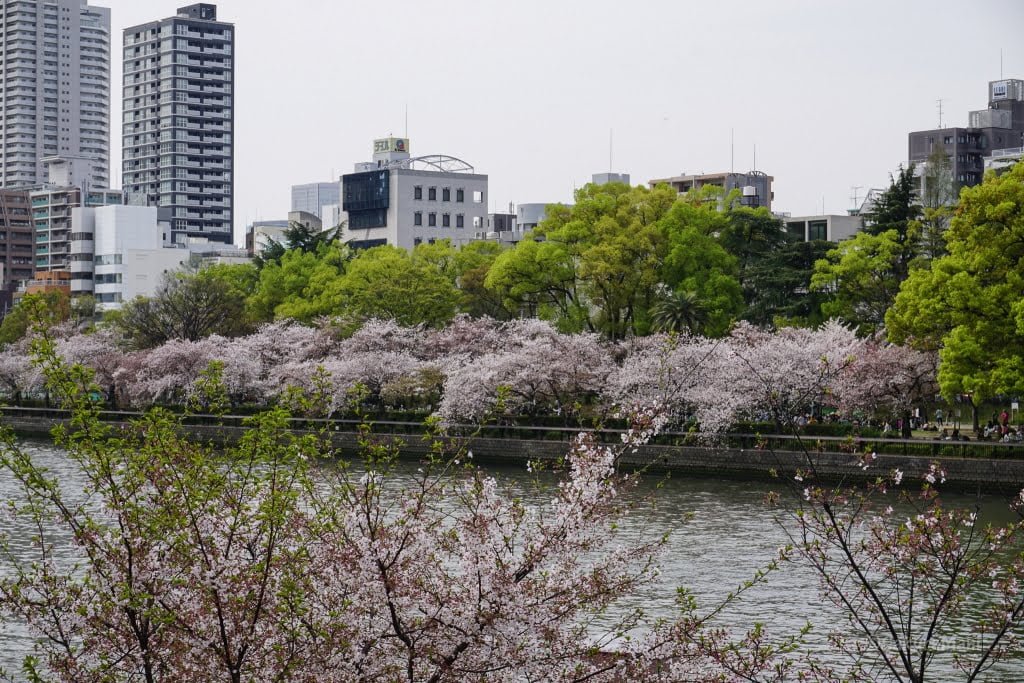
Cherry Blossom at Osaka Mint
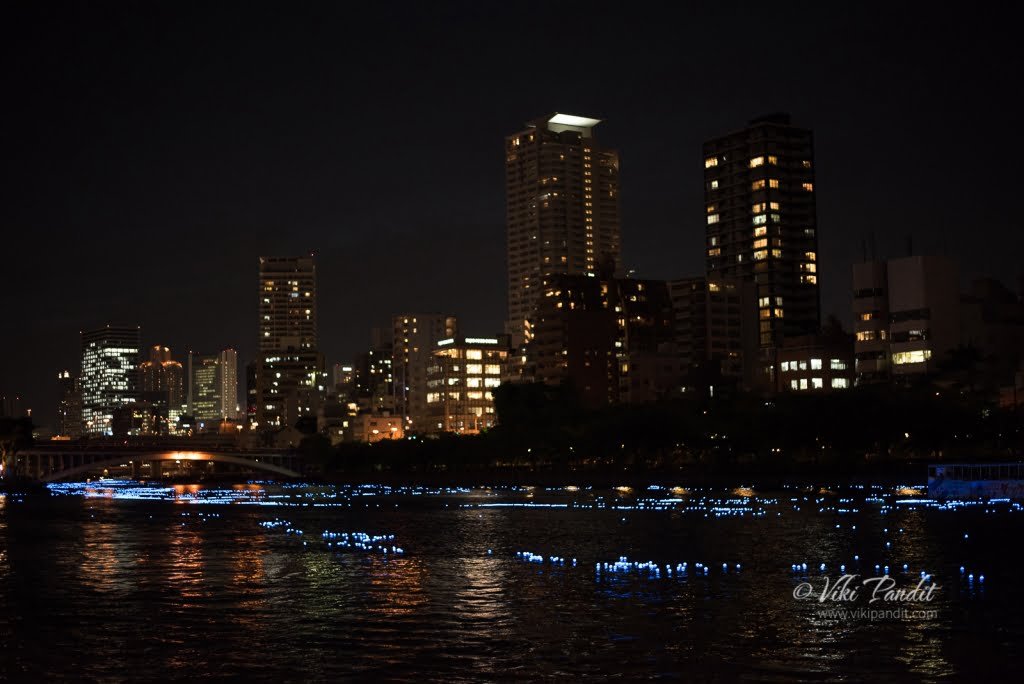
Tanabata at Osaka Mint
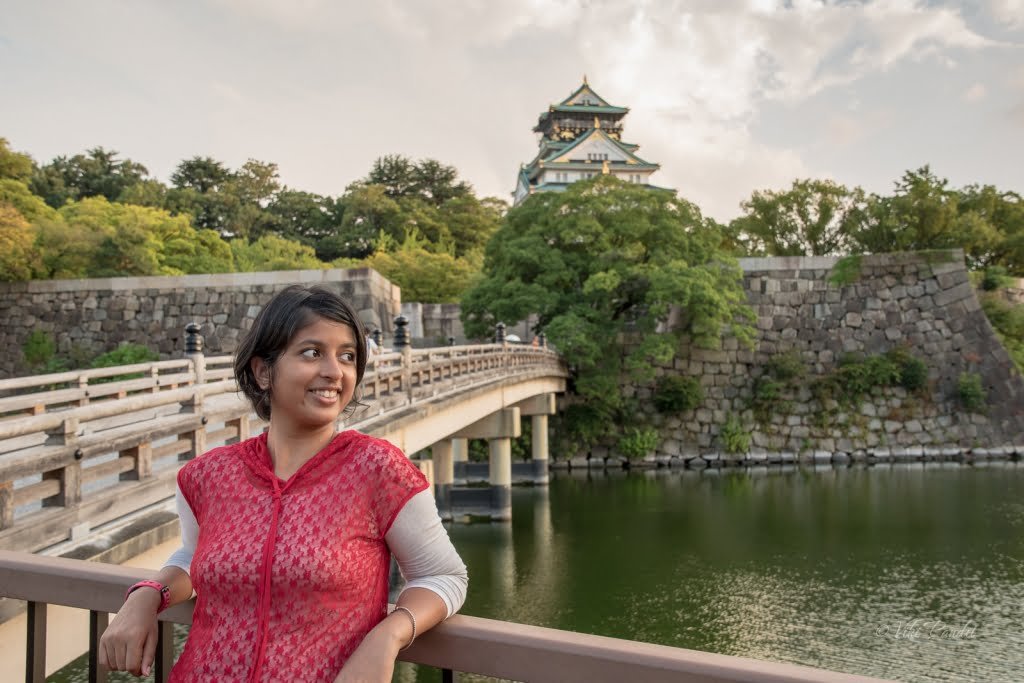
Osaka Castle
Wakayama
Kii peninsula is the largest peninsula on Honshu island. It spans Nara, Wakayama and Mie prefectures. Among all the bustling cities in Kansai, Wakayama stands out. The remote yet beautiful mountains, sacred pilgrimage trails, and holy temples make Wakayama a place for devotion and spirituality. On two of my college excursion trips, I visited Koyasan and Kumano sanzan. When the three-storied vermilion pagoda at Seiganto-ji is framed together with Nachi falls, it forms the most iconic picture of Wakayama. South and west Wakayama have a surprisingly different image. Shirahama’s white sandy beach and the Sandabeki cliffs are full of fun and thrill.
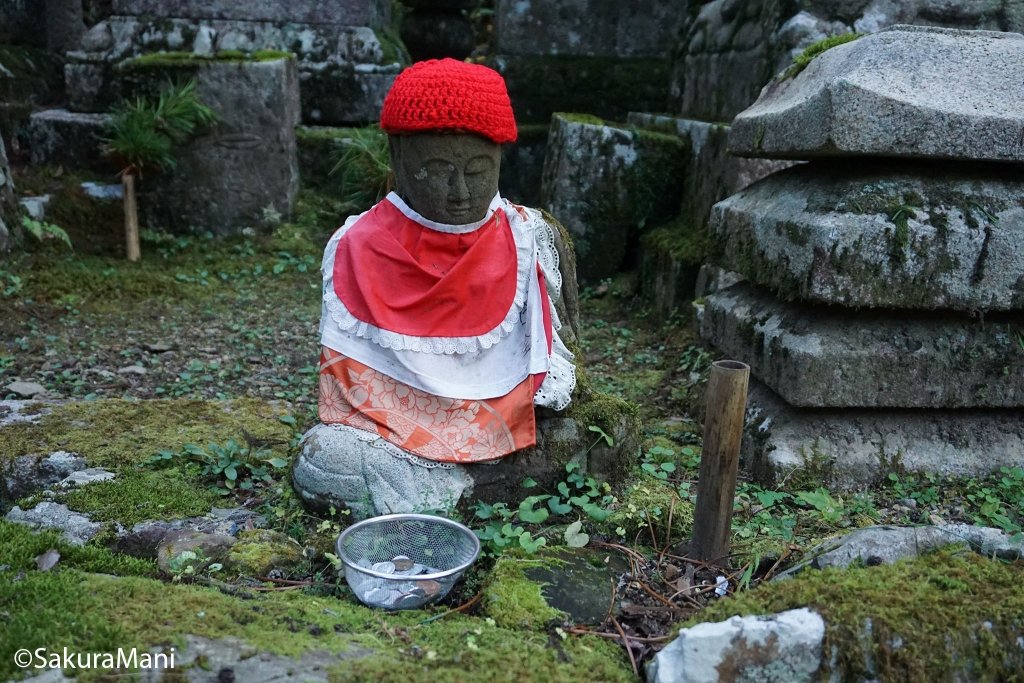
Koyasan Okuno-in

Nachi Falls
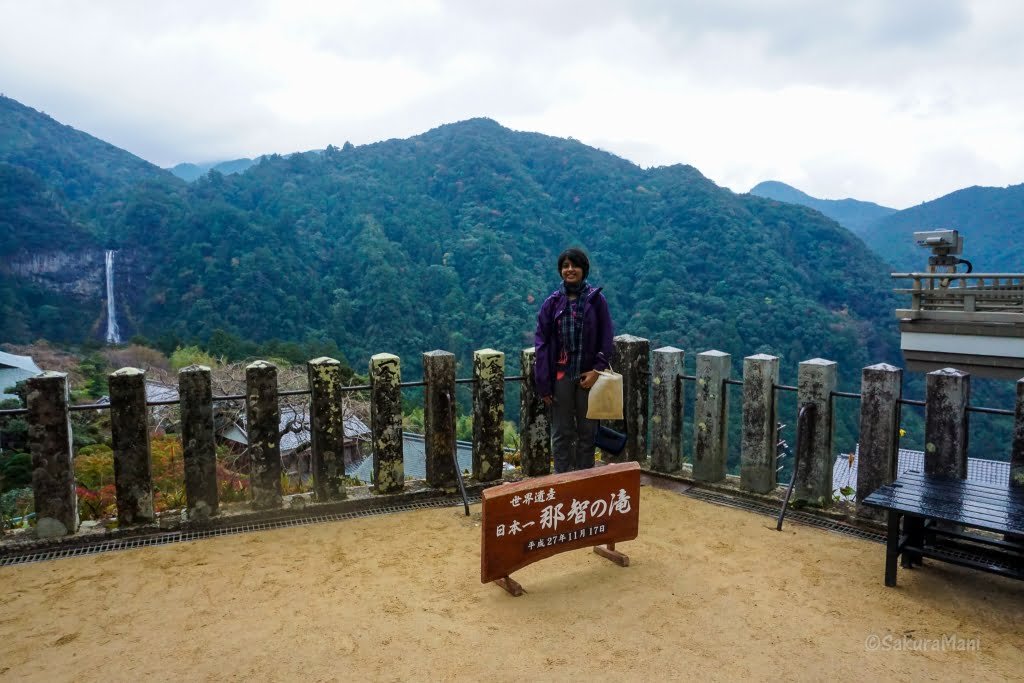
Nachi Falls
Hyogo
Japan’s port city of Kobe, is a multi-cultural hub. It is the capital city of Hyogo prefecture and has long been the gateway of trade with the west. The harbor land in Kobe’s port area is a popular recreation spot. Kobe’s skyline is also very beautiful, with its uniquely designed port tower. Not very far from Kobe, the city of Takarazuka is famous for the Takarazuka revue and Tezuka Osamu Manga Museum. The world’s longest suspension bridge, the Akashi-Kaikyo bridge connects Honshu with Awaji Island. Awaji Island is also a part of Hyogo. Between Awaji island and Tokushima, there are whirlpools in the strait of Naruto. Japan’s most visited castle, the Himeji Castle is also located in Hyogo’s Himeji city.
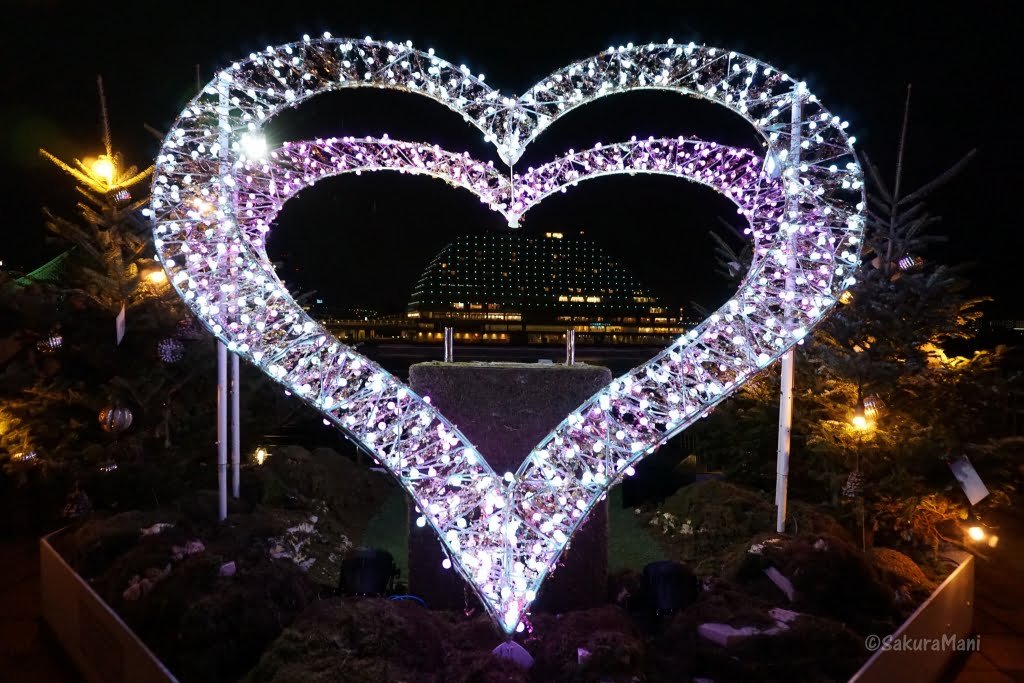
Kobe Harbor Land
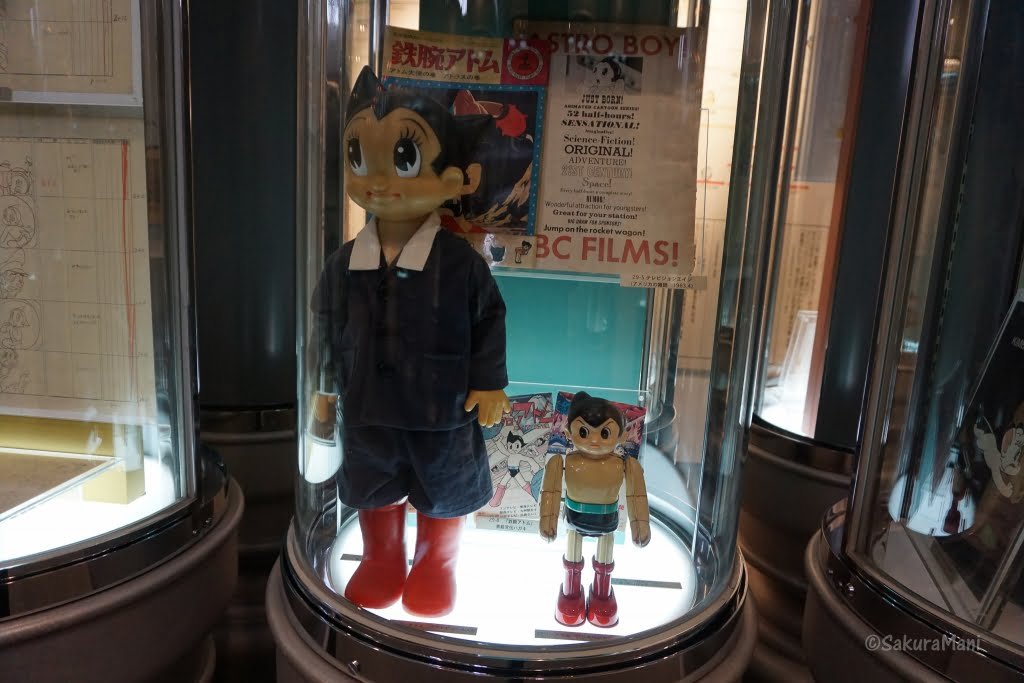
Tezuka Osamu Manga Museum
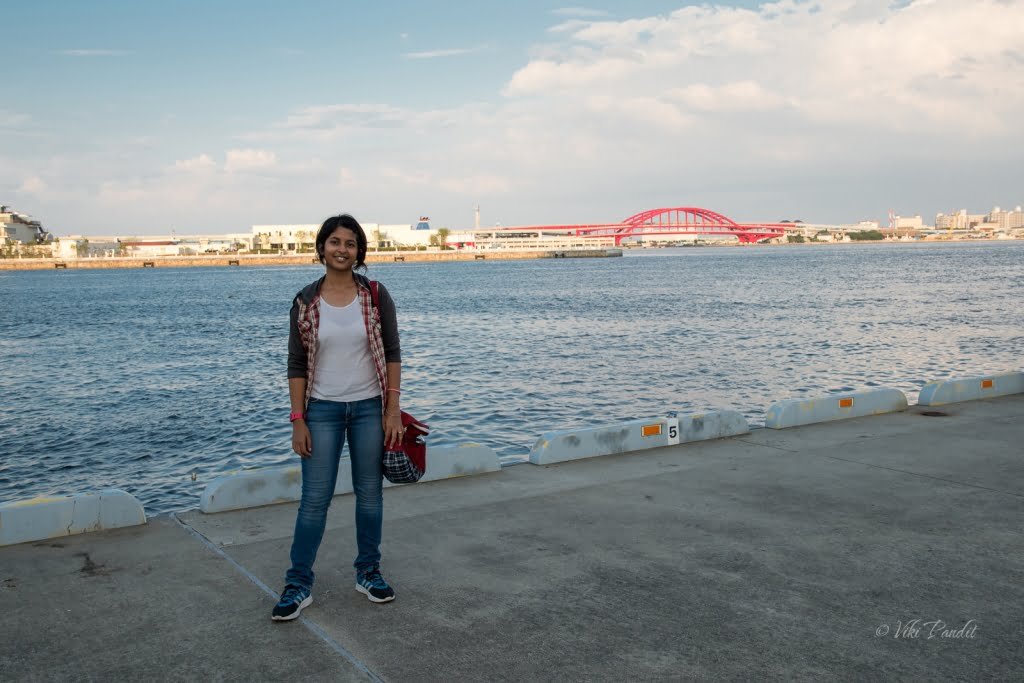
Kobe Bay
Okayama
The legend of Momotaro originated in Okayama prefecture. Koraku-en garden, one of the three great gardens in Japan, is situated in Okayama city. I visited the garden on New Year’s day. This garden has always kept cranes since its inception. On the occasion of New Year, they are released into the garden. The grand-looking Okayama castle is a few steps away from Koraku-en garden.
In spring, I went to Handayama garden, a serene hill-top park in Okayama. The Japanese cherry blossoms were in full bloom, I wandered about the vast garden for hours before I got my favorite shot.
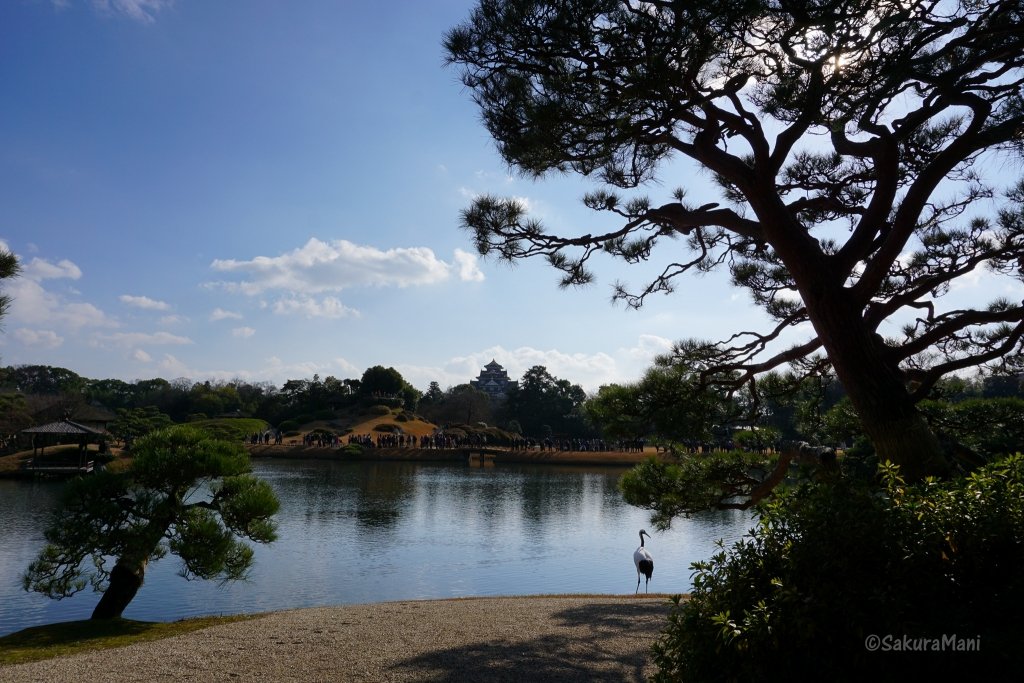
Koraku-en garden
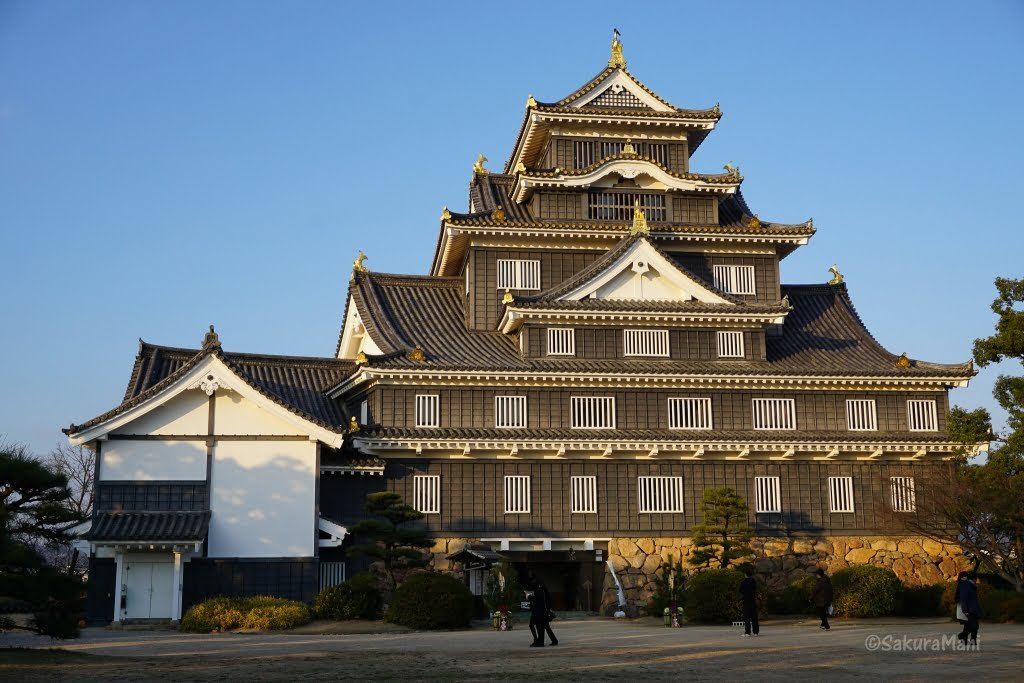
Okayama Castle
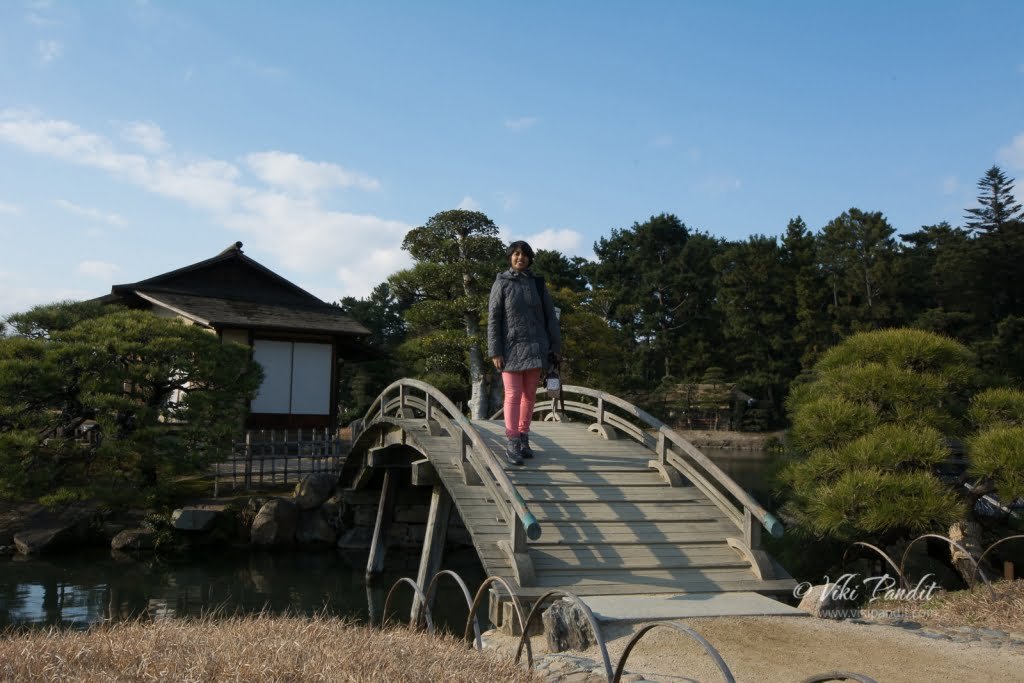
At Koraku-en garden
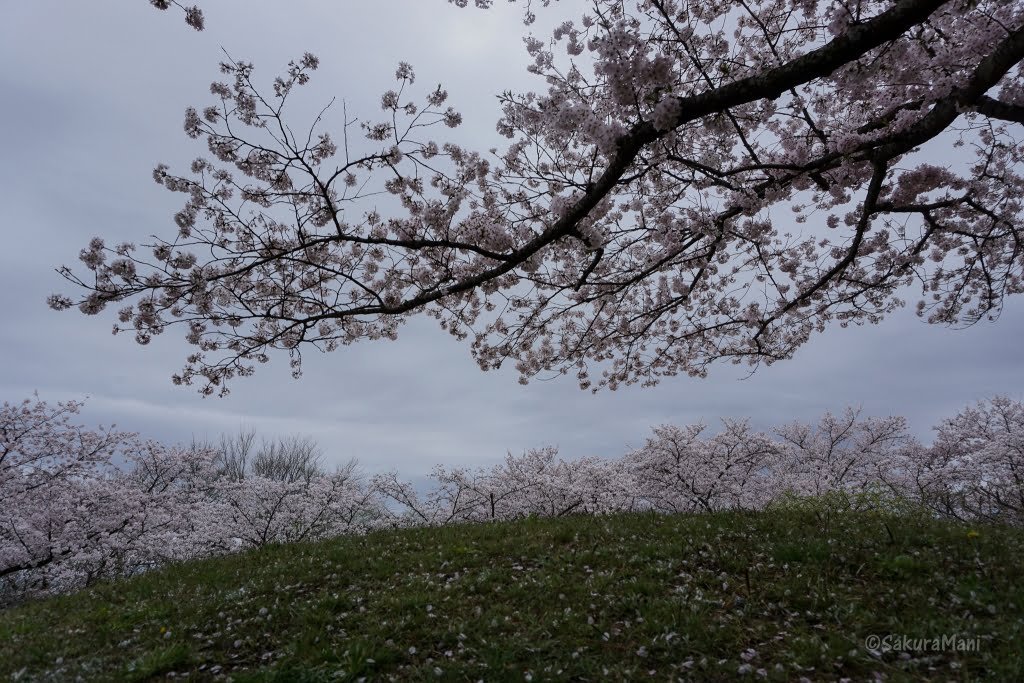
Handayama Botanical Garden
Hiroshima
Hiroshima is a classic example of Japanese people’s dedication and hard-work. After its destruction in 1945, people of Hiroshima underwent a lot of hardship to rebuild and reconstruct the city. Today, Hiroshima is a flourishing modern city. The Hiroshima Peace Memorial is built in the city center. It is a UNESCO designated World Heritage site. On top of mount Futaba near Hiroshima station, there is a peace pagoda which was built in 1966, as a symbol of prayer for everlasting world peace.
Itsukushima, is an island located in Hiroshima Bay. Its immense popularity keeps the town busy throughout the year. It is regarded as one of three most scenic spots in Japan. Its most popular destination is the Itsukushima shrine, which appears to float on water when the tide is high.
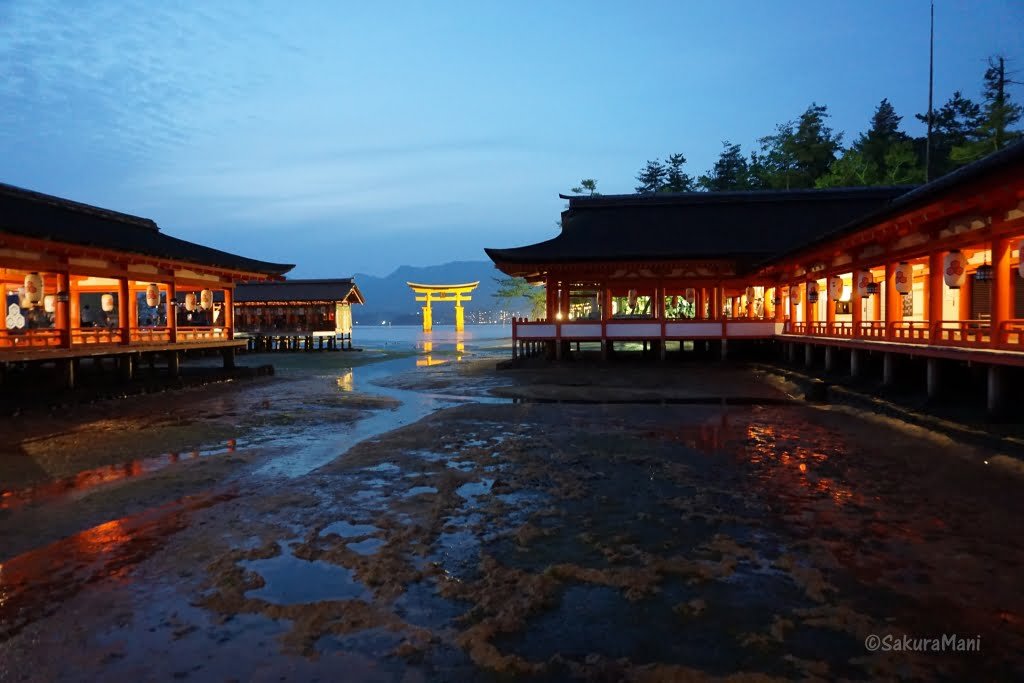
Miyajima Shrine Gate

Walking under Senjokaku Hall in Miyajima
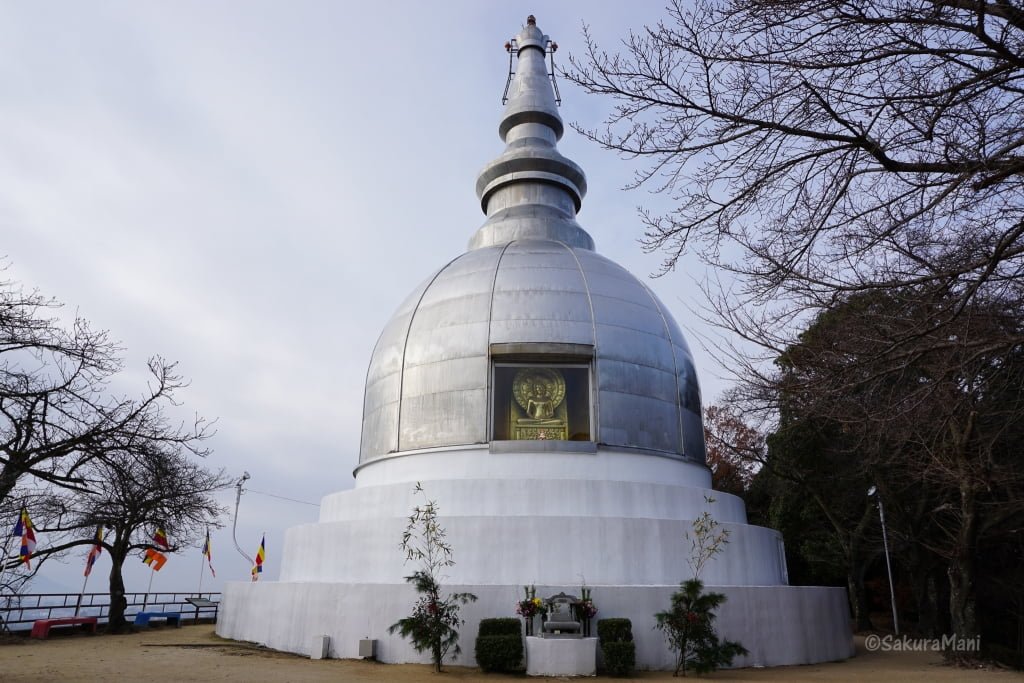
Peace Pagoda in Hiroshima
Tottori
In Tottori, snow-capped mountains, sand dunes, and the misty sea blended together to form a fantastical scenery. The Tottori sand dunes are must-see when visiting the prefecture. I went there during winter, so the sea shore was almost empty. I sat on the tallest sand hill, watching the calm waves gently washing up on the shore as the sun slowly set behind the mountains. Another exciting place in Tottori is Sakaiminato port city. The Mizuki Shigeru Road is a remarkable place. It gives out an uncanny ambiance. The entire road is lined with souvenir shops and statues of characters from Spooky Kitaro. The Mizuki Shigeru Museum is at the end of the road.

Tottori Sand Dunes
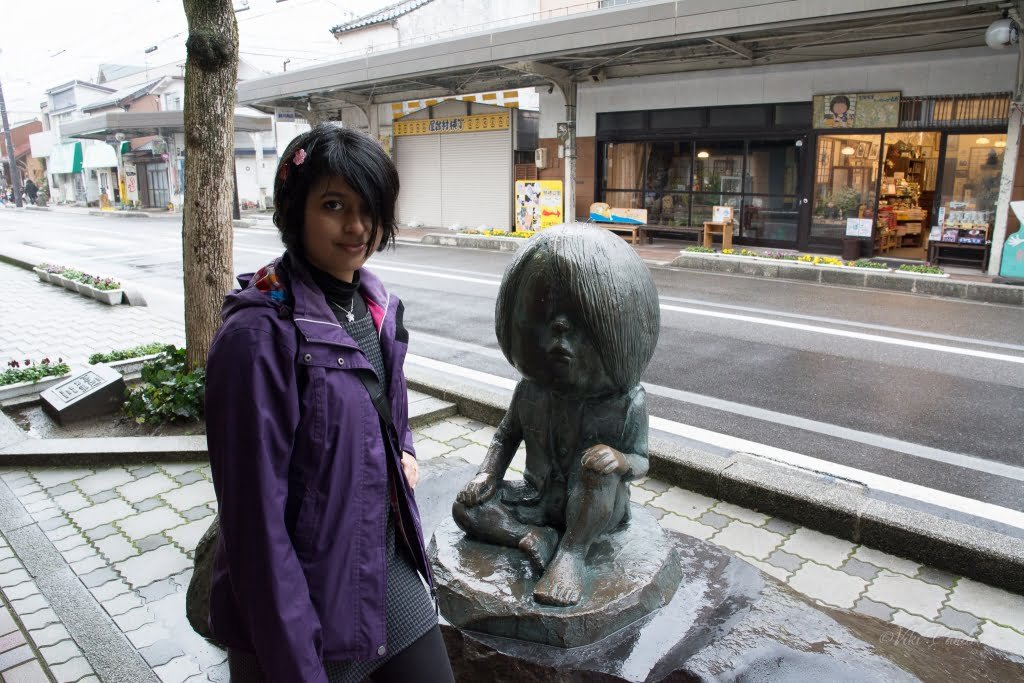
Spooky Kitaro on Mizuki Shigeru Road
Shimane
Land of Gods, Shimane stretches from east to west along the sea of Japan. The day when I visited Matsue city, I was stranded outside the station due to a massive downpour that showed no sign of subsiding. As I stood at the bus stop, waiting for a ride to the castle, heavy rain pounded the streets of Matsue. After Tottori, Shimane is the least populated prefecture in Japan. Apart from the cities and towns along the coastline, most of Shimane remains uninhabited due to the rugged Chugoku mountains.
The Matsue castle is one of the twelve castles in Japan that has retained its original wooden structure. Two other popular attractions of Matsue are Adachi Art Museum and Izumo Taisha.
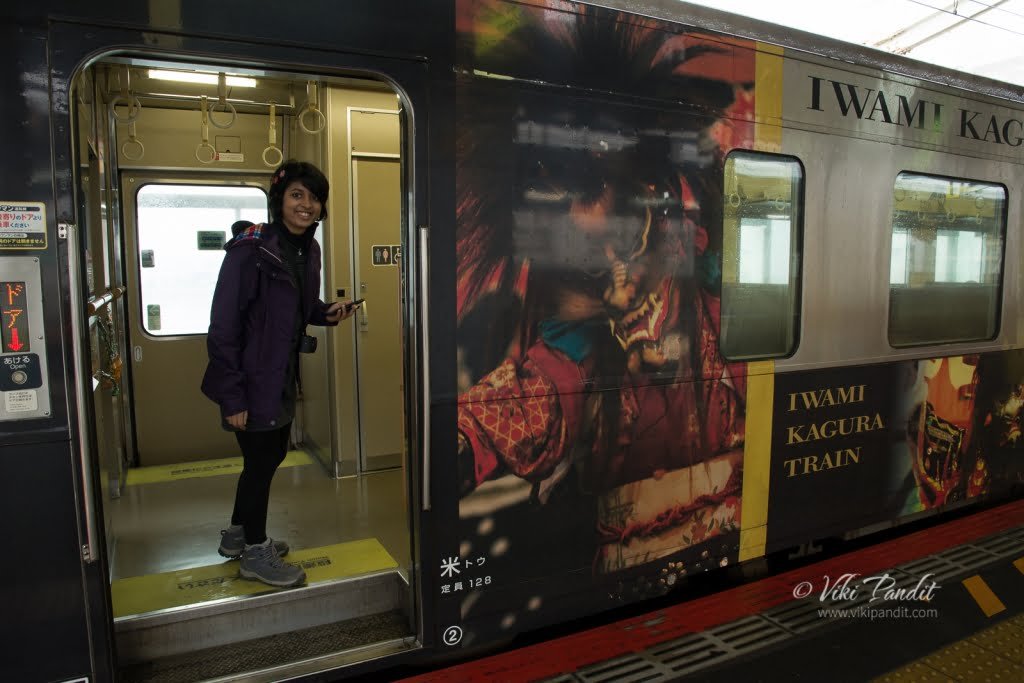
Off to Shimane

At the bus stop outside Matsue station

Matsue Castle
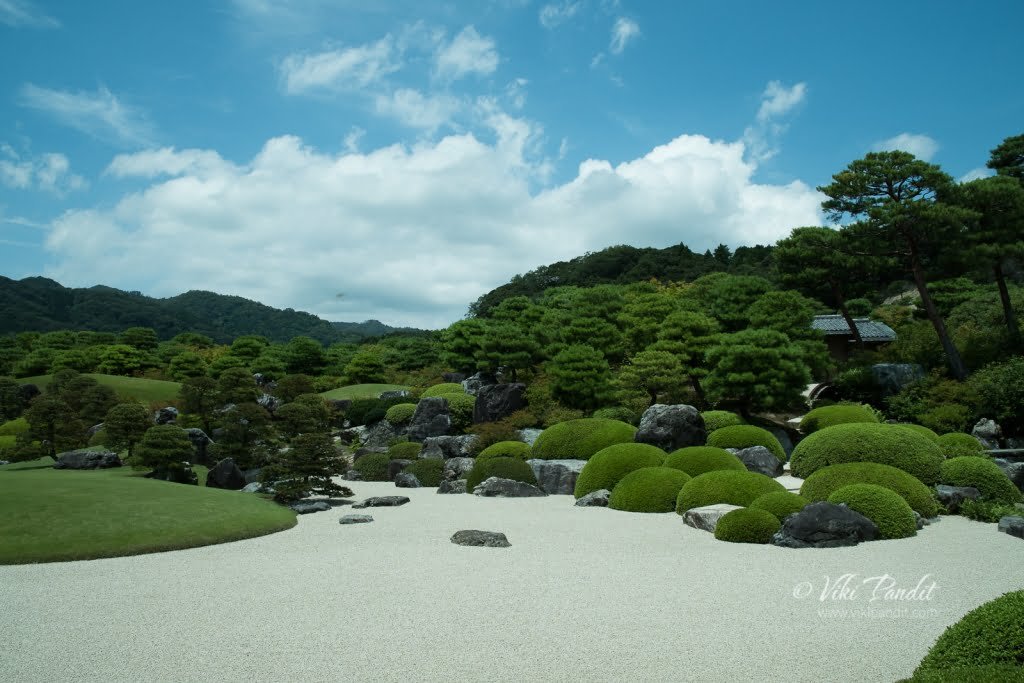
Adachi Museum of Art
Yamaguchi
The southernmost prefecture of Honshu, Yamaguchi was designed to look like Kyoto. It has a beautiful coastline. The bridge connecting the mainland to Tsunoshima island looks like a path leading to paradise. Shimonoseki city in Yamaguchi is also known as the ‘Fugu Capital’ since it is the largest puffer-fish harvester in Japan. I visited the Shimonoseki City Aquarium which contains a collection of more than 100 types of fugu fish from around the world. There is an amusement park near the aquarium, and the view of Kanmon strait from the walkway is outstanding.

View of Kanmon strait from Shimonoseki
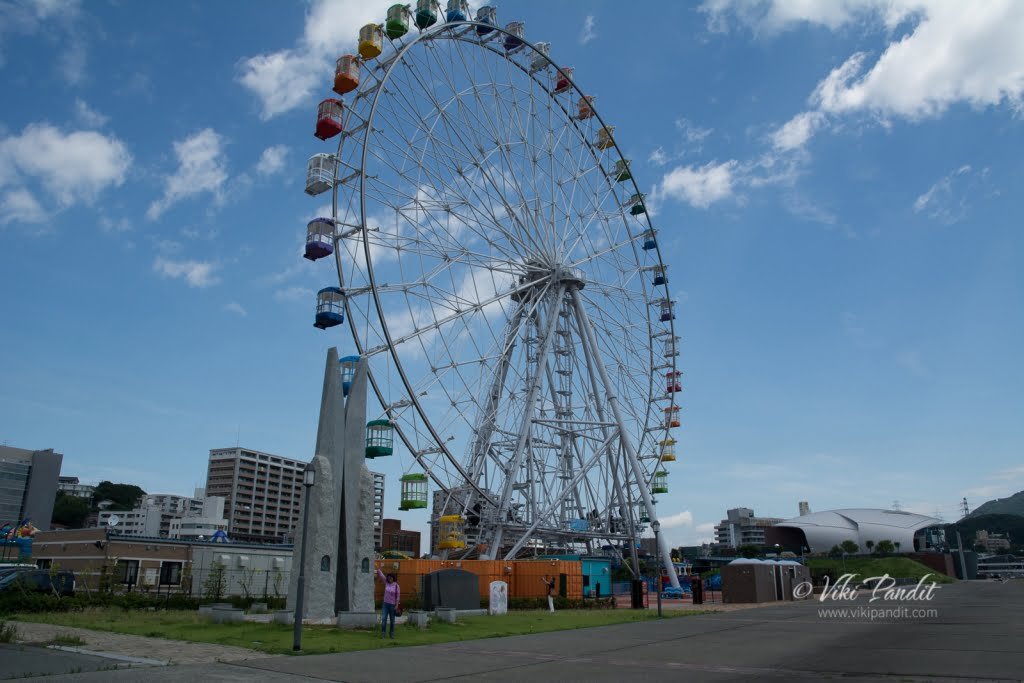
Ferris Wheel outside Shimonoseki Aquarium
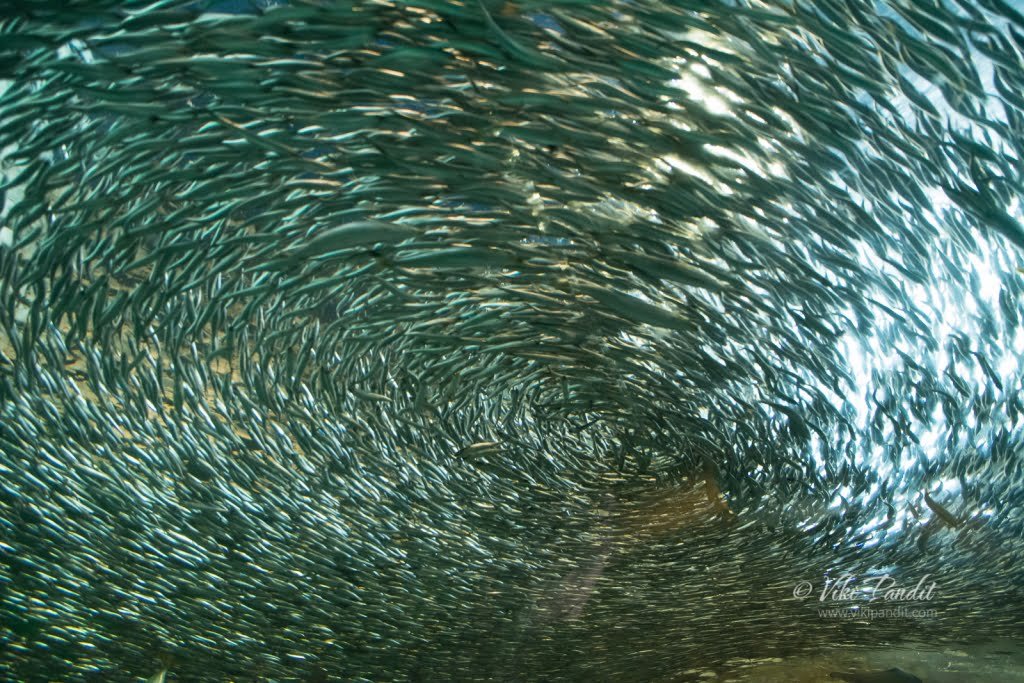
Shimonoseki Aquarium Kaikyokan

A fugu fish at Shimonoseki Kaikyokan
Ehime
Shikoku, the smallest of the four islands of Japan is located east of Kyushu and south of Honshu. Due to poor connectivity with Honshu, Shikoku remained less traveled for years. Now it is connected to Japan’s mainland by three expressways from Hyogo, Okayama, and Yamaguchi. The largest and oldest city in Shikoku is Matsuyama, the capital city of Ehime prefecture.
I landed reached Matsuyama by a flight from Osaka. Matsuyama castle is located on top of mount Katsuyama. It took me around 25 minutes to climb up to the castle. The view of Matsuyama city and Seto Inland sea from the castle tower was fabulous.
One of Japan’s oldest hot springs, the Dogo onsen is located in Matsuyama.

Entering the Matsuyama castle
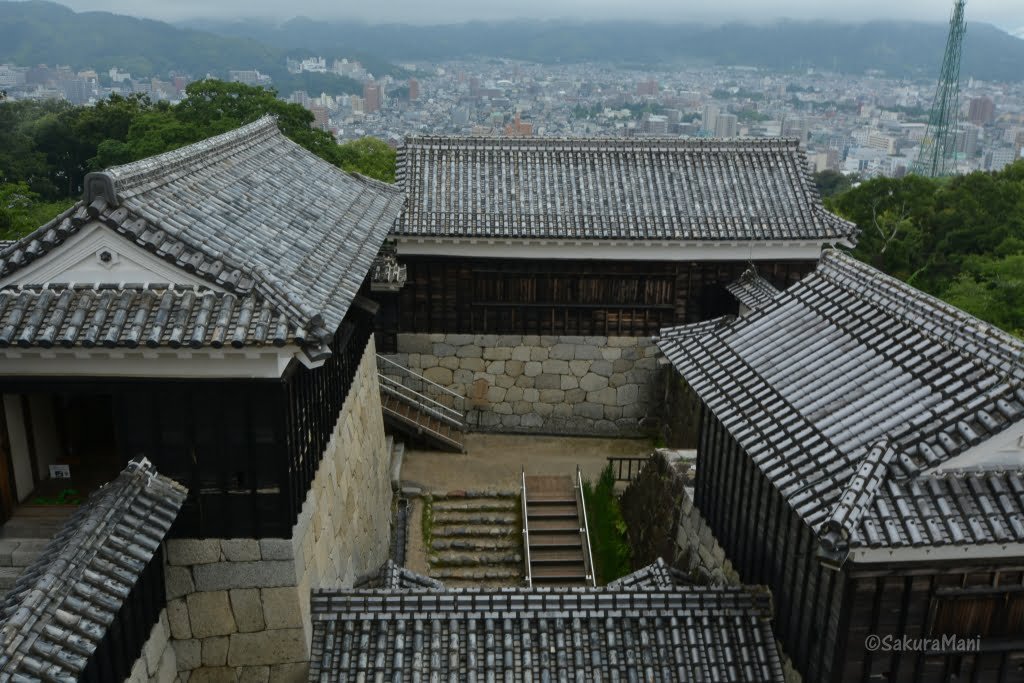
View from Matsuyama castle tower
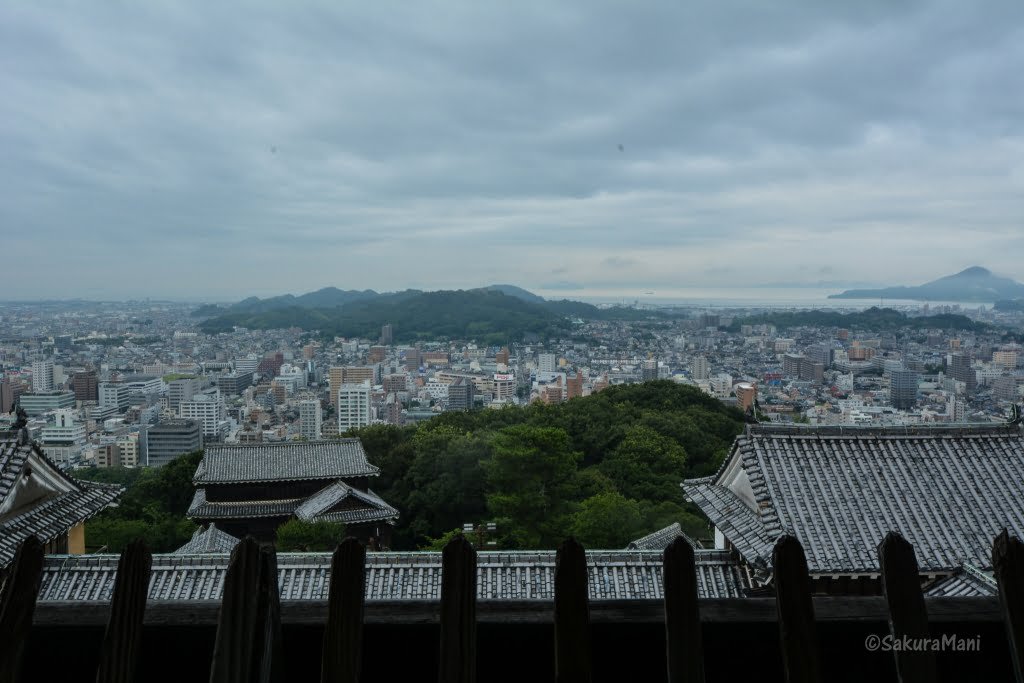
Matsuyama city as seen from Matsuyama castle tower
Kochi
Kochi is an arc-shaped prefecture facing the Tosa bay. I reached Kochi city at around 8 o’clock at night and was surprised to see hardly any vehicles or people. The city is full of Sakamoto Ryoma-themed locations. Even the airport, some hotels, and buildings are named after Ryoma. In the morning I ventured into the city. My first destination was the Harimaya bride. It is a 20-meter-long, red-colored bridge that gained popularity due to its association with a famous love story of a monk. On Sundays, an outdoor market is spread out along Otesuji Avenue. Fresh fruits, vegetables, grains, pickles, handicrafts, and potted plants – there are around 500 shops selling various types of products from Kochi. I also visited the spectacular Kochi castle, one of the remaining authentic castles in Japan.
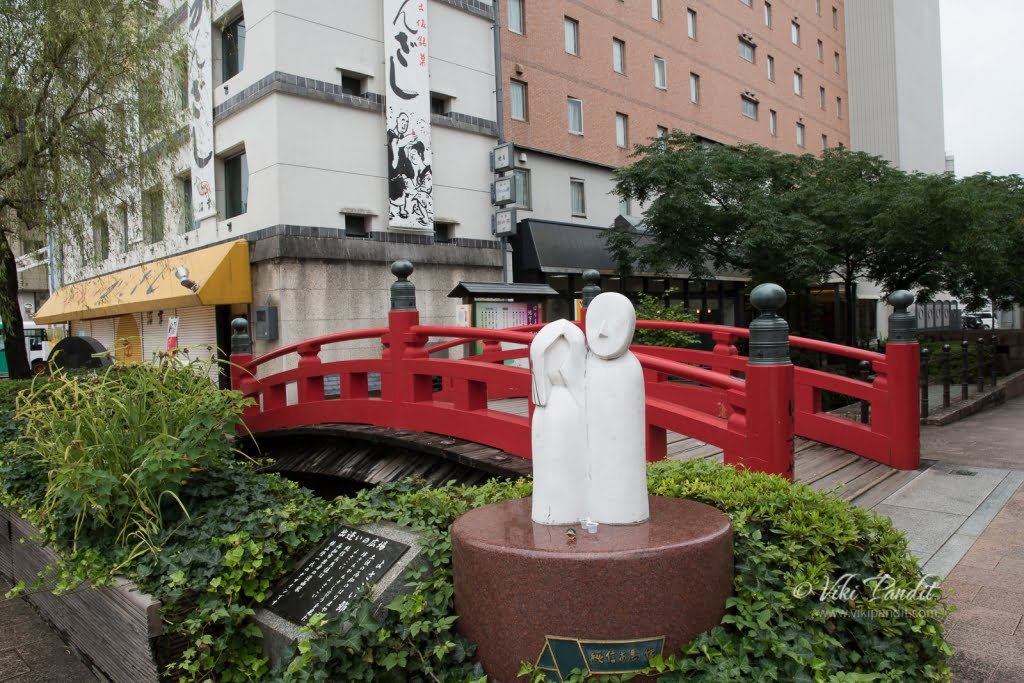
Harimaya Bridge
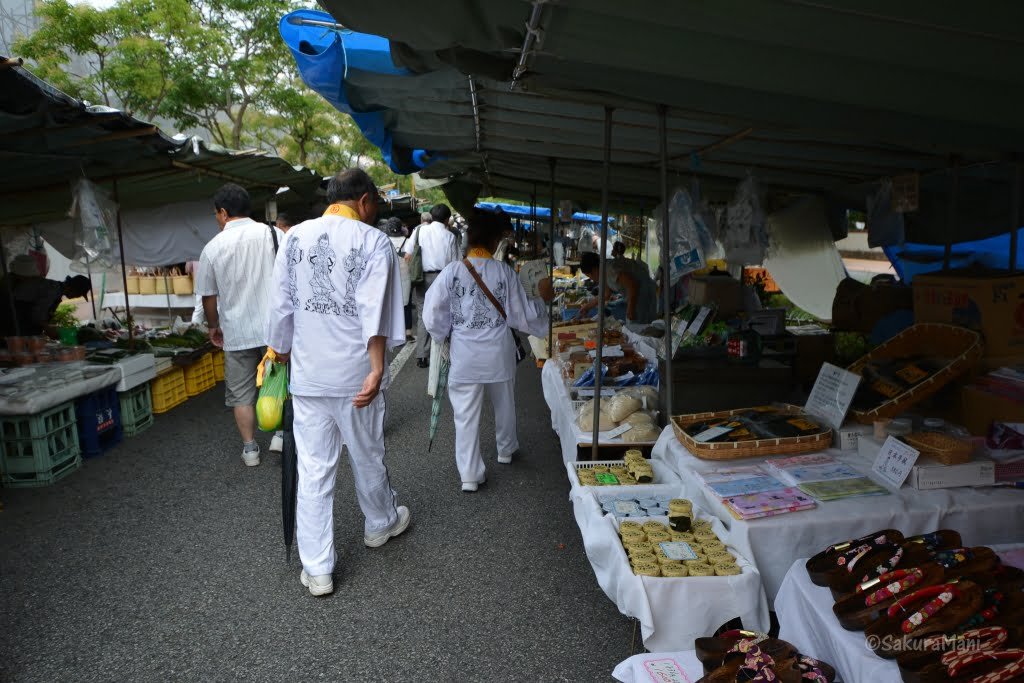
Kochi’s Sunday market
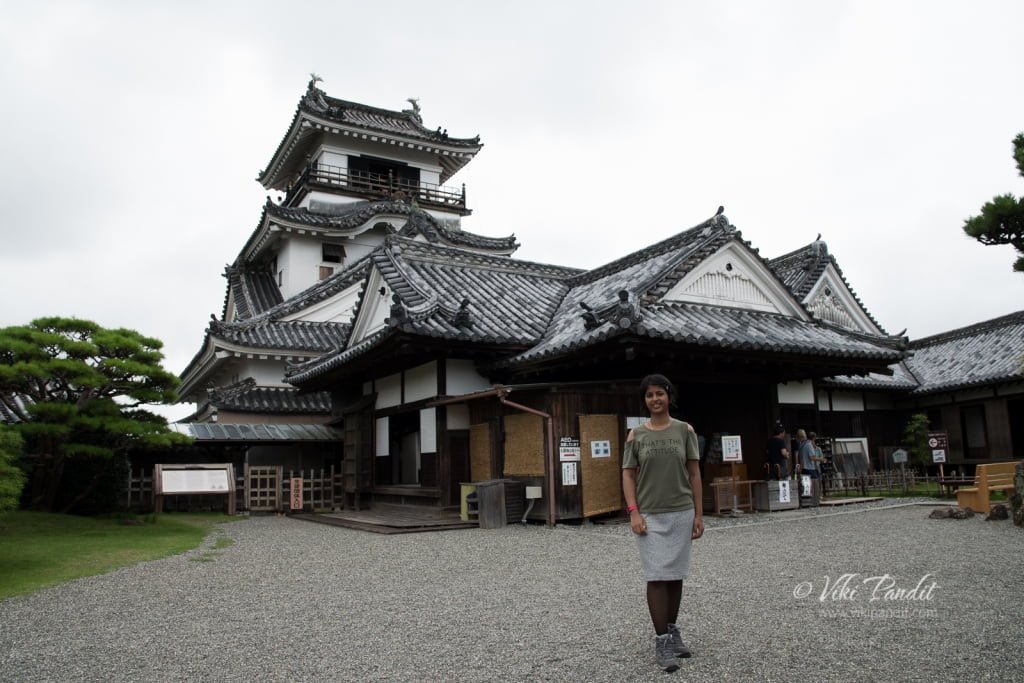
At Kochi Castle
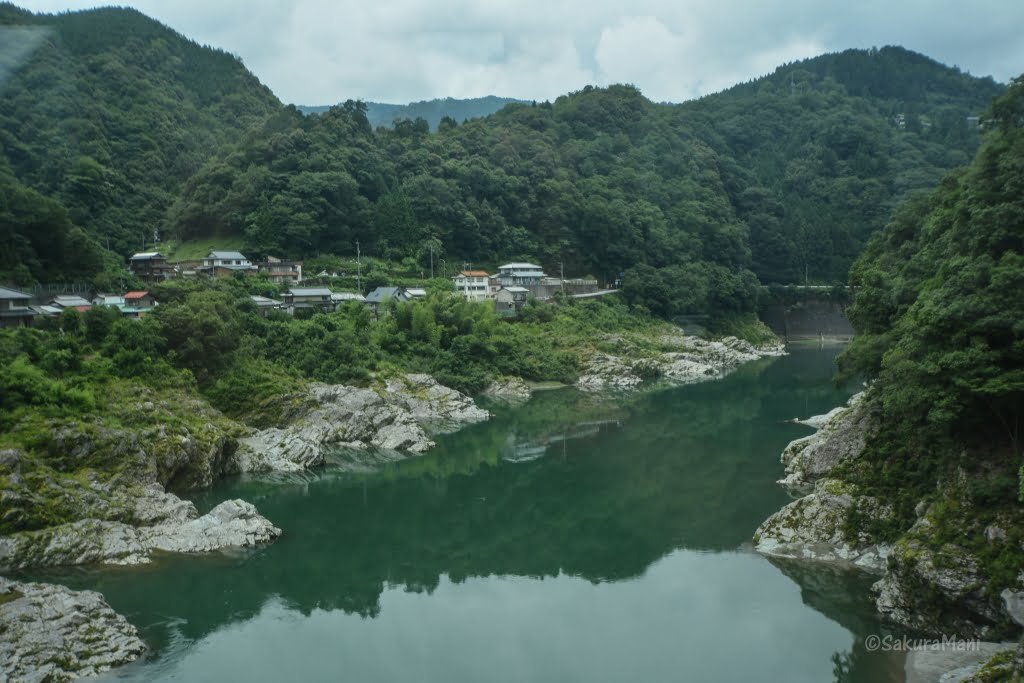
Passing by a river in Kochi
Tokushima
The train ride from Kochi to Tokushima was absolutely stunning. The train crossed many gorges and rivers, making its way through thickly vegetated mountains. Tokushima is widely known for Awa odori, a form of folk dance. Awa-Odori Festival is held in Tokushima during Obon. It is the largest dance festival in Japan, attracting millions of visitors each year. My visit to the Awa Odori Kaikan became the most memorable time spent in Shikoku. Not only did I get to see and learn about Awa-odori, but I also performed. The Naruto whirlpools located in Naruto strait, between Awaji island and Tokushima are also popular tourist attractions.
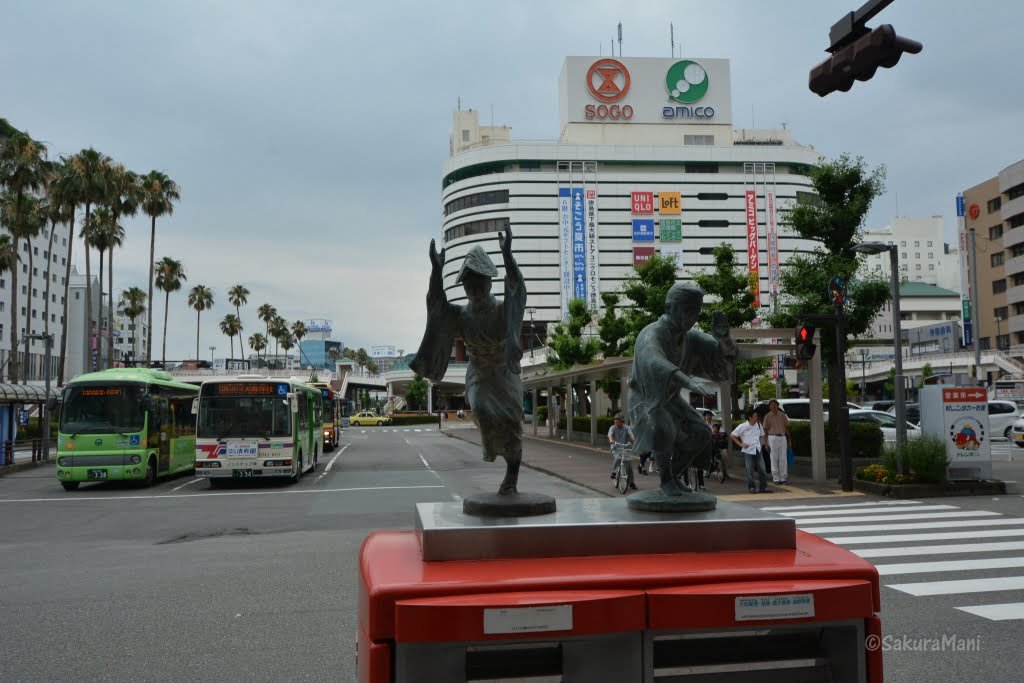
A post box in Tokushima with the city in the backdrop

Awa-odori performance at Awa Odori Kaikan
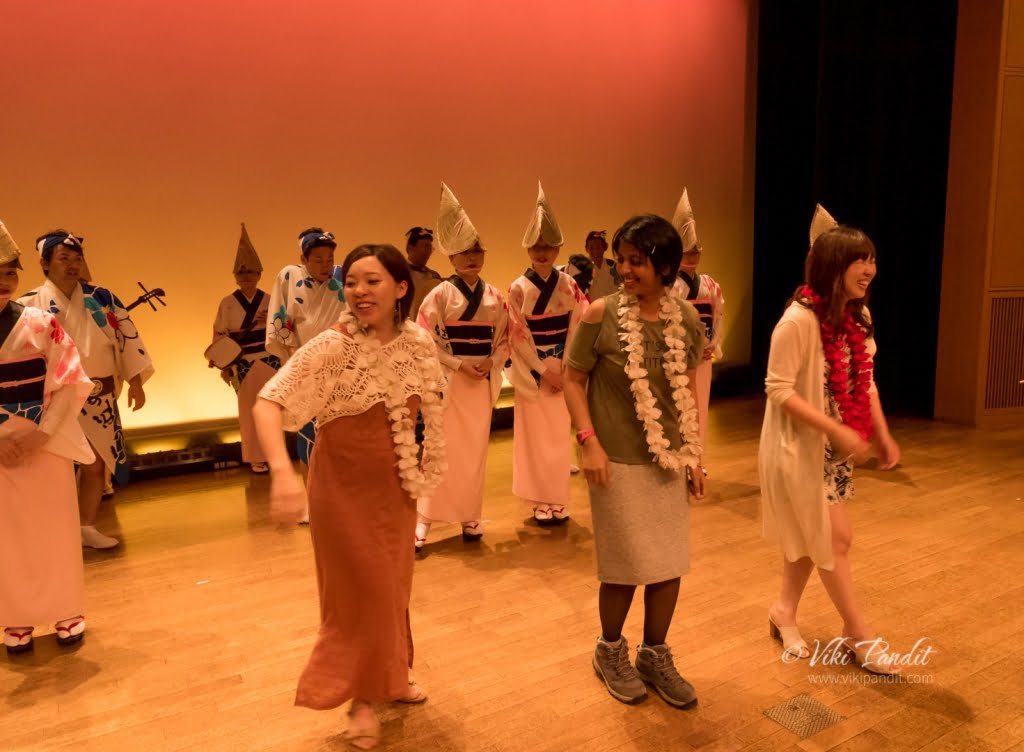
Performing at at Awa Odori Kaikan
Kagawa
Kagawa, located in north Shikoku, is the smallest prefecture in Japan. It is known for its beautiful coastline on the Seto inland sea. The panoramic scenery at the Takamatsu port is a visual delight. Other than the Takamatsu castle, the capital city of Takamatsu boasts an impressive landscape garden, the Ritsurin garden. This vast and beautiful park at the base of Mount Shuin was built during the Edo period, by feudal lords. Koi fishes and tortoises are kept in the ponds and you can also feed them. Fish foods are sold at a shop near the pond. The park features thirty different attractions. Engetsu-kyo bridge is one of the iconic views of Ritsurin garden.
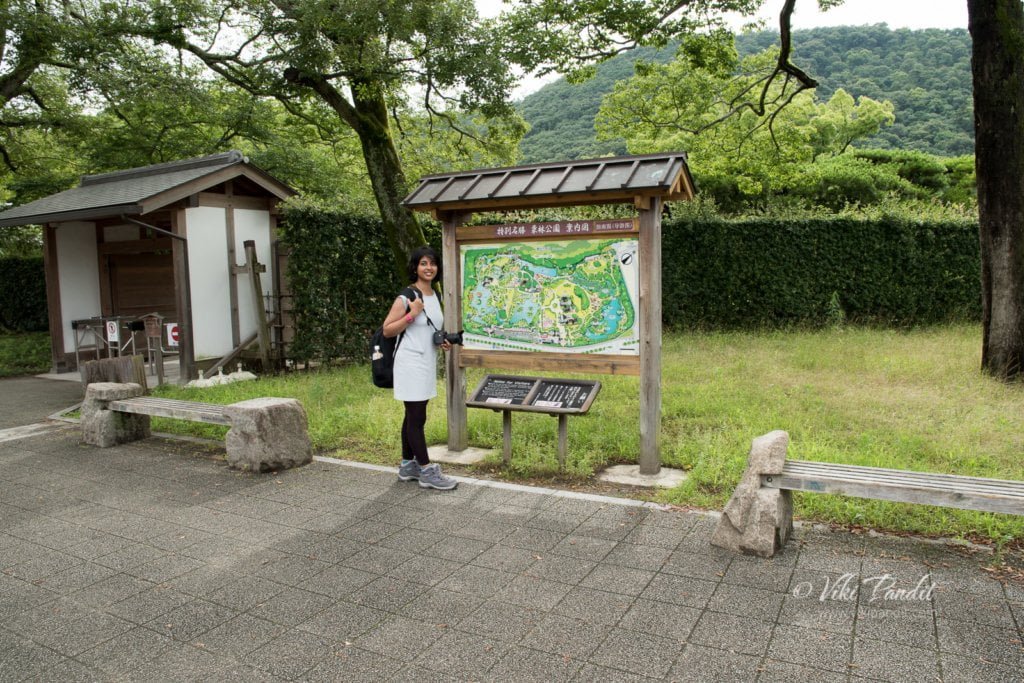
Let’s explore Ritsurin Garden!
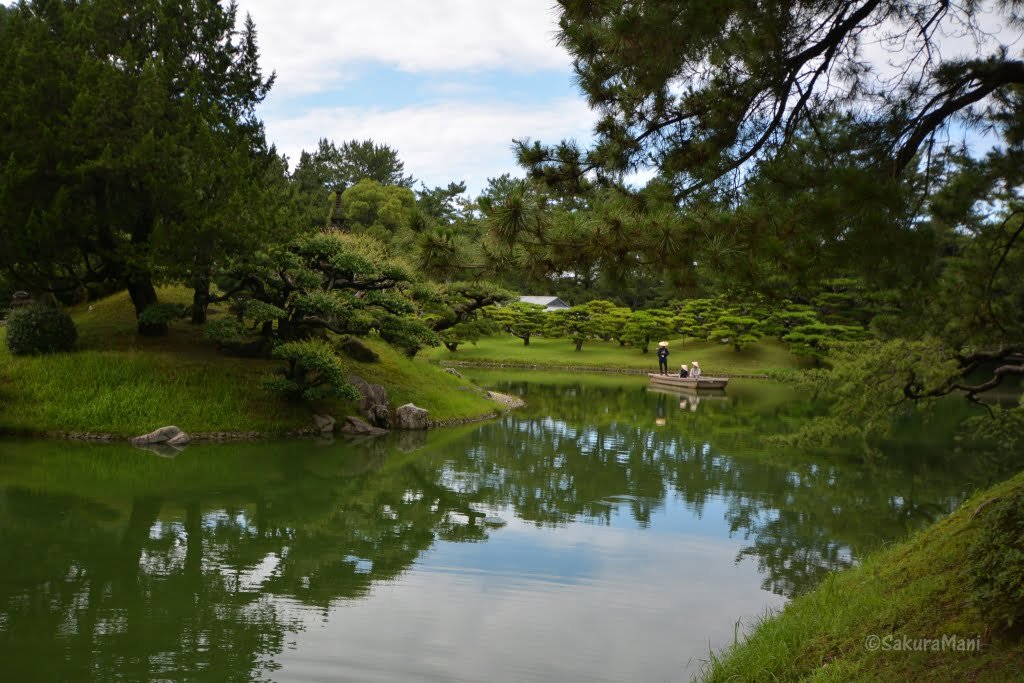
Ritsurin Garden
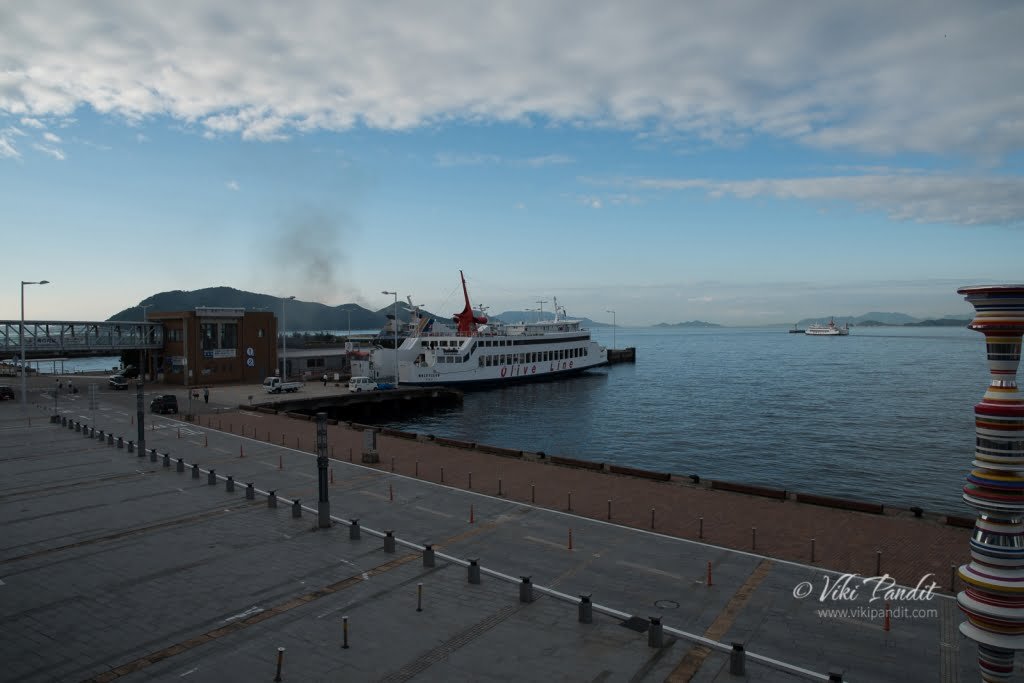
Takamatsu port
Fukuoka
Kyushu the land of myths, is the southernmost island of Japan. It includes eight prefectures including Okinawa. This island is divided into north and south Kyushu. Fukuoka is the largest of all the prefectures in Kyushu. Its capital is Fukuoka city with Hakata district as the center of business. I visited the city a day after the Hakata Gion festival. I was lucky to get a glimpse of a gigantic float which was still on display at the station. Another significant city in Fukuoka is the ancient city of Kokura. The area around Kokura Castle is a perfect place for a romantic walk.
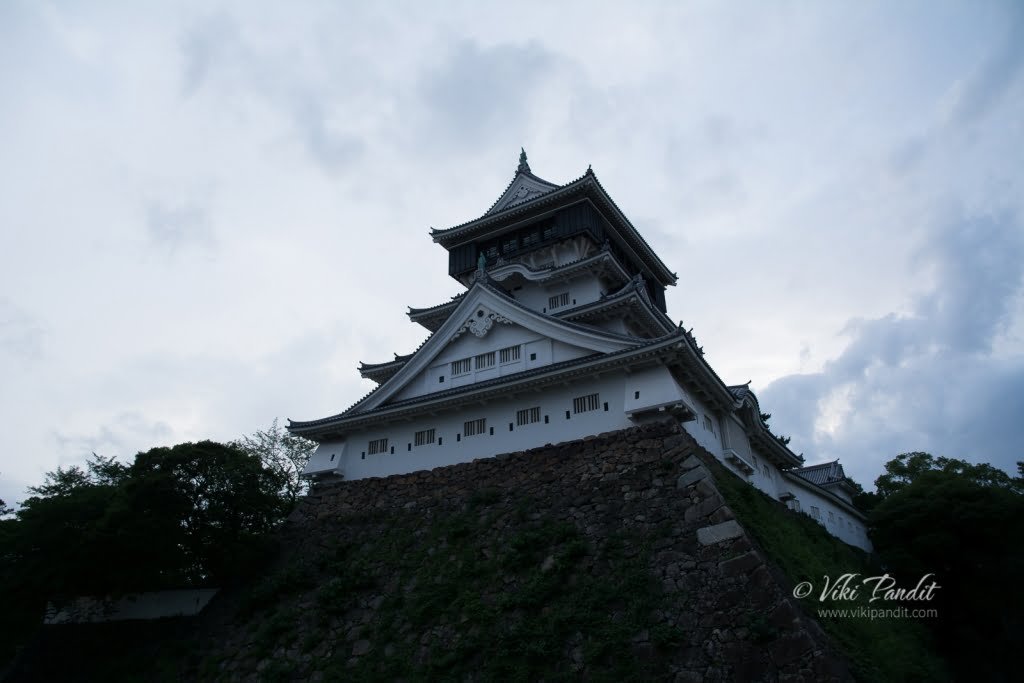
Kokura Castle
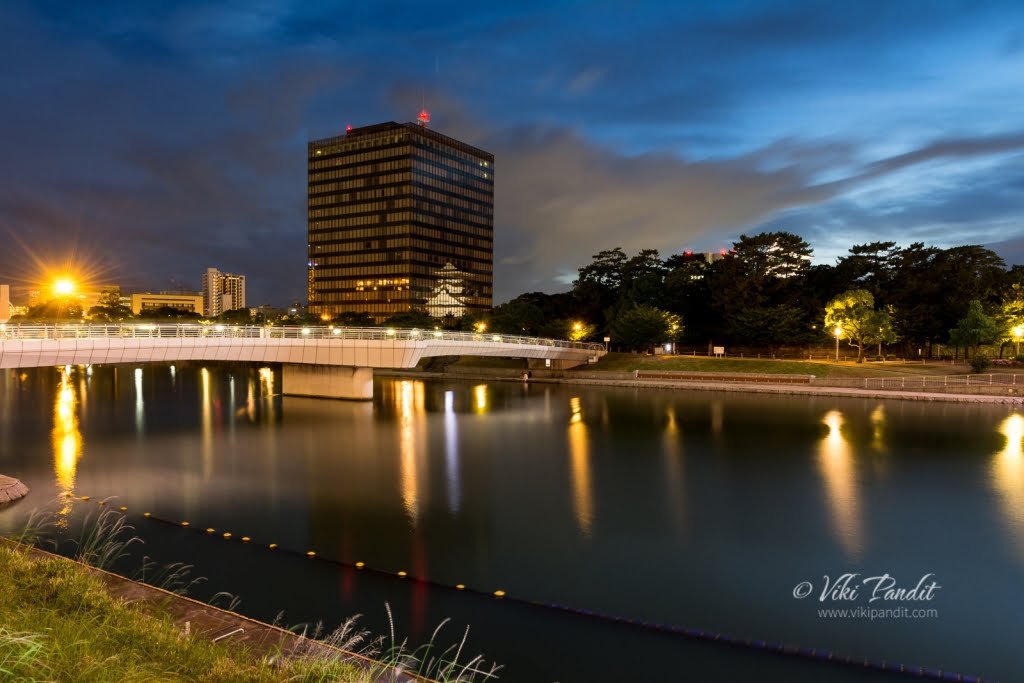
Evening walk in Kokura

Hakata-Gion festival float outside Hakata station
Saga
While traveling in Saga, sitting by the train window, I kept gazing at Saga’s endless fields and remembering how Oshin struggled during her younger days. I am a fan of the epic television soap, Oshin. I watched Oshin very intently and remember it scene by scene. Oshin was born in Yamagata, and her job and marriage took her to various prefectures in Japan. Whenever I went to a prefecture where Oshin’s story was set, I always thought about the protagonist.
Saga’s International balloon festival is held between October and November. This would be the best time to visit Saga.
While in Saga, I went to Yoshinogari Historical Park, an archeological site from the Yayoi period. Relics like tools and glass beads from the Yayoi period were found in Saga’s Kanzaki area. These and the excavation sites are on display in the Museum. The reconstructed villages and houses are a must-see for anyone who is interested in archeology.
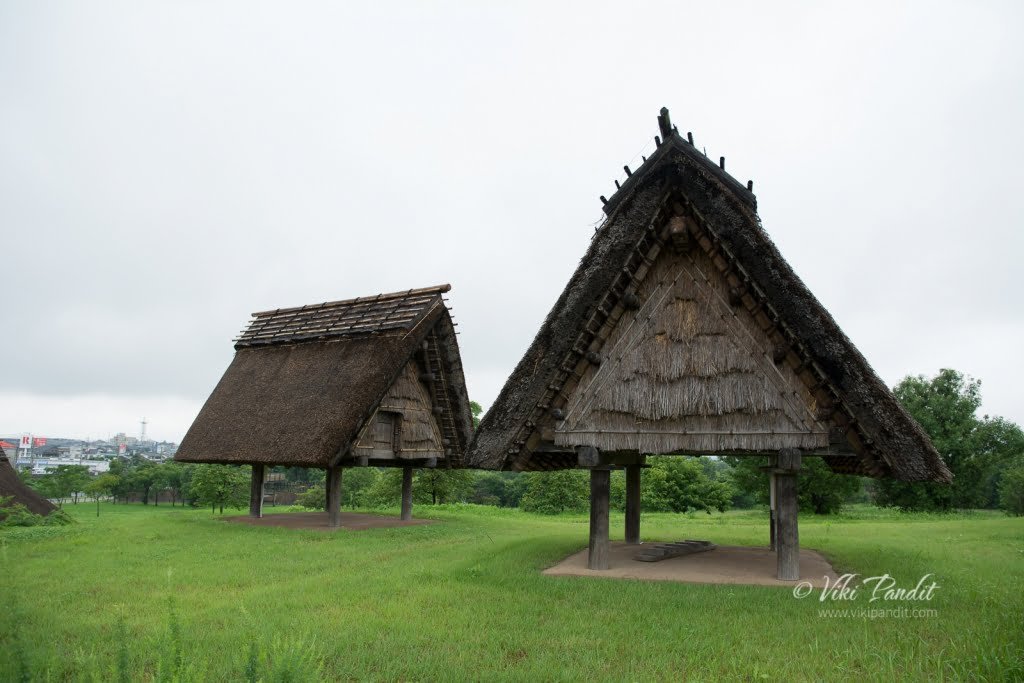
Stilt houses at Yoshinogari
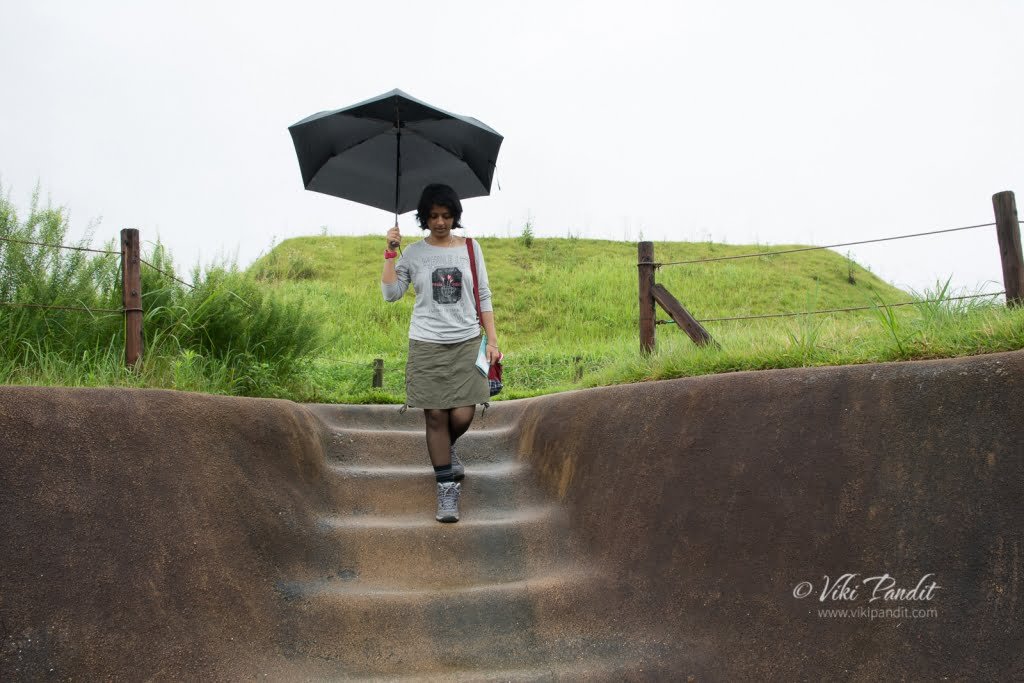
Going to check out Yoshinogari’s excavation site
Nagasaki
We all have learned about Hiroshima and Nagasaki in our history books, but visiting the Atomic bomb museum in Nagasaki was like witnessing history. At the entrance to the exhibition area, a semi-destroyed clock is on display. The clock stopped at 11:02 on the day of the Nagasaki bombing, its hands have stopped moving ever since. The doleful exhibition of photographs, videos, and belongings of the victims will make you feel terrified thinking about the level of mass destruction humans are capable of. A cenotaph has been built on ground zero, which is now located in a park outside the museum. Nagasaki Peace Park, houses a statue that was created as a symbol of harmony and peace.
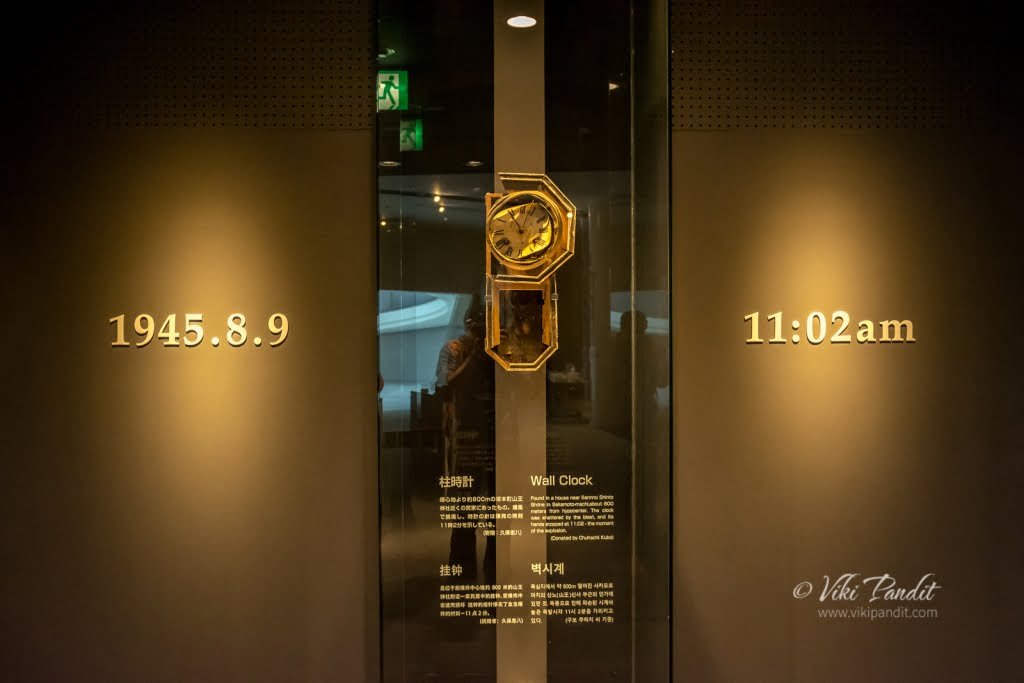
The clock at the entrance of Nagasaki Atomic Bomb Museum
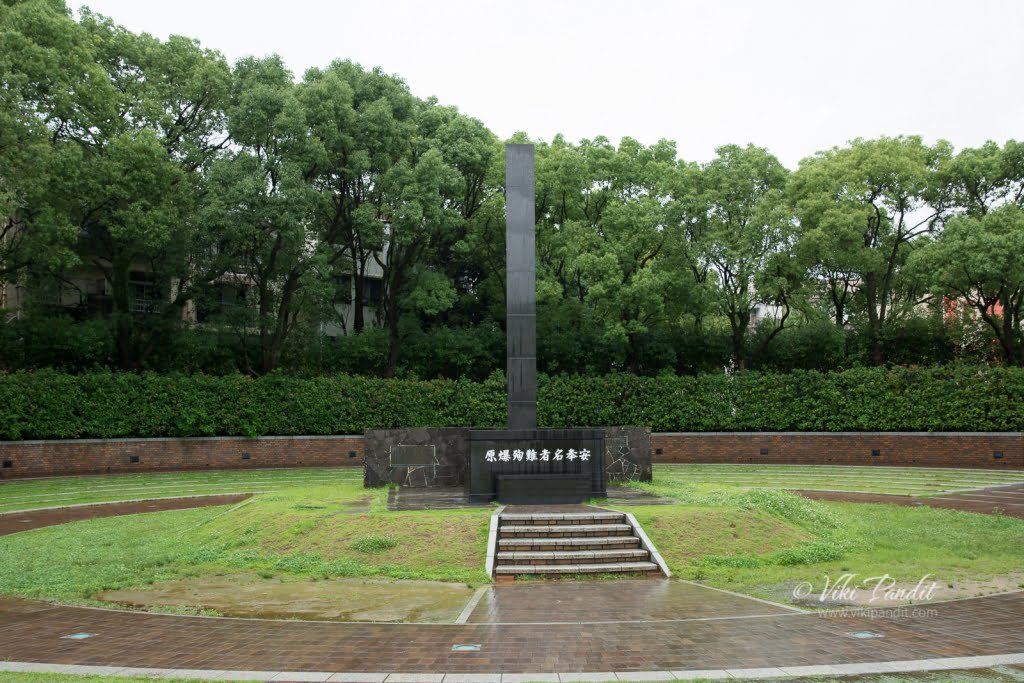
Cenotaph built on Nagasaki ground zero
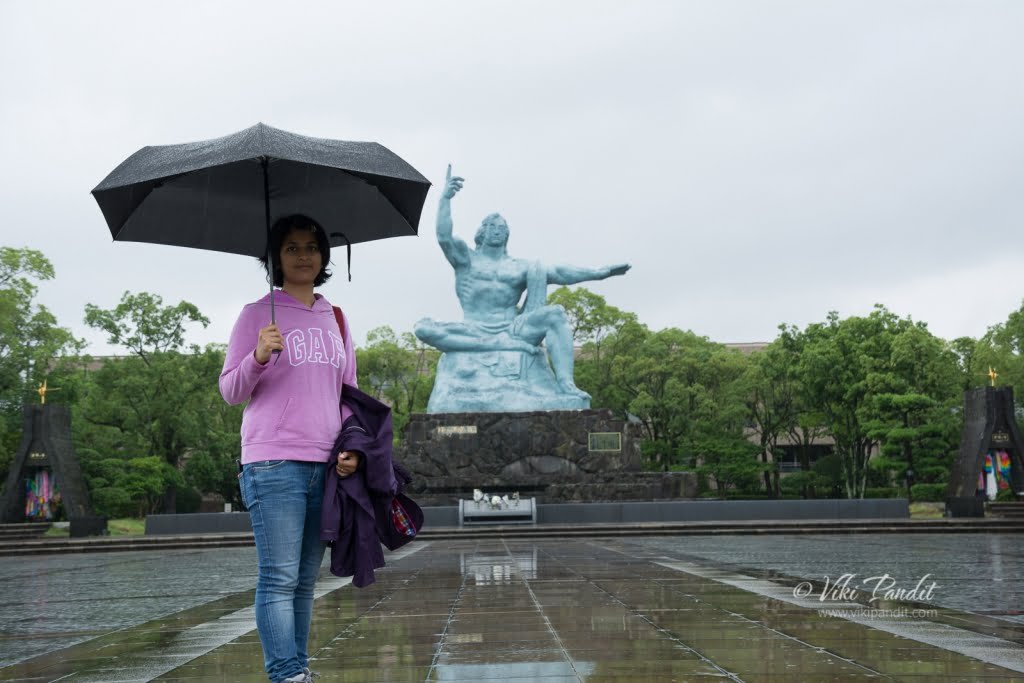
Nagasaki Peace Statue
Kumamoto
The charismatic Kumamoto prefecture in central Kyushu, offers breathtaking natural landscapes that you would want to discover. In April 2016, Kumamoto was hit by a big earthquake which caused some serious damage to people and property. Due to this devastation, many train services were suspended and a lot of tourist attractions were closed. I desperately wanted to travel to Aso, the largest active volcano in Japan, but I could not include it in my plan due to the earthquake.
I visited Kumamoto in June of the same year. The Kumamoto castle was also off-limits, so I walked around the city streets along the Shirakawa river.
Not far away from Kumamoto station, the suizen-ji joju park is a traditional Japanese garden landscaped around a natural spring pond. The most interesting aspect of the garden is that it reproduces the 53 post stations of the Tokaido Road which connects Tokyo with Kyoto including a miniature form of Mount Fuji.
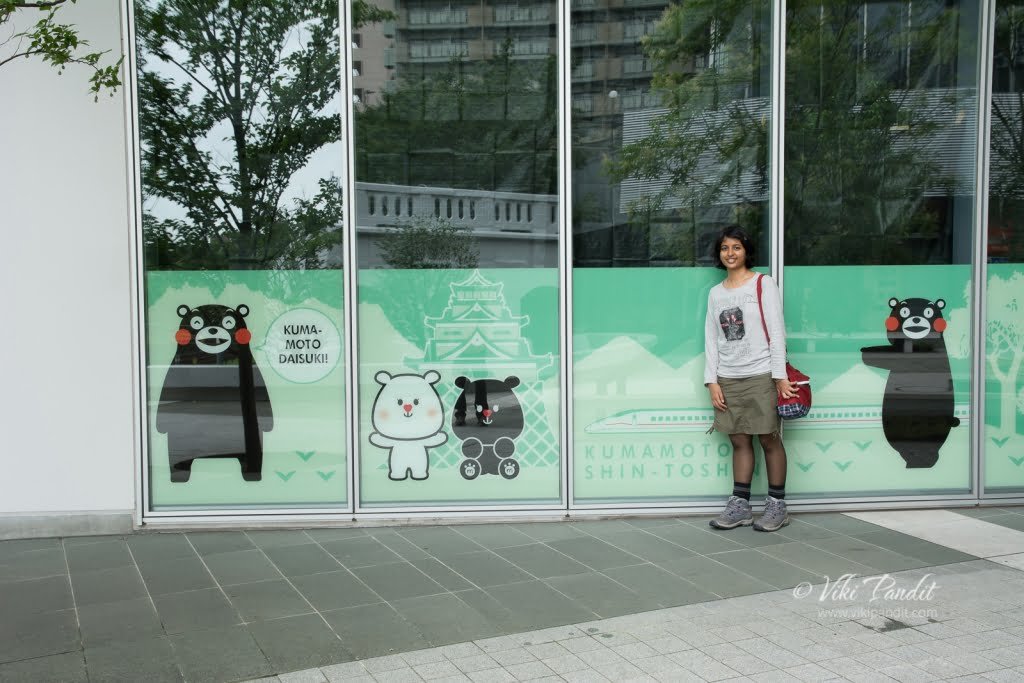
Walking around Kumamoto City
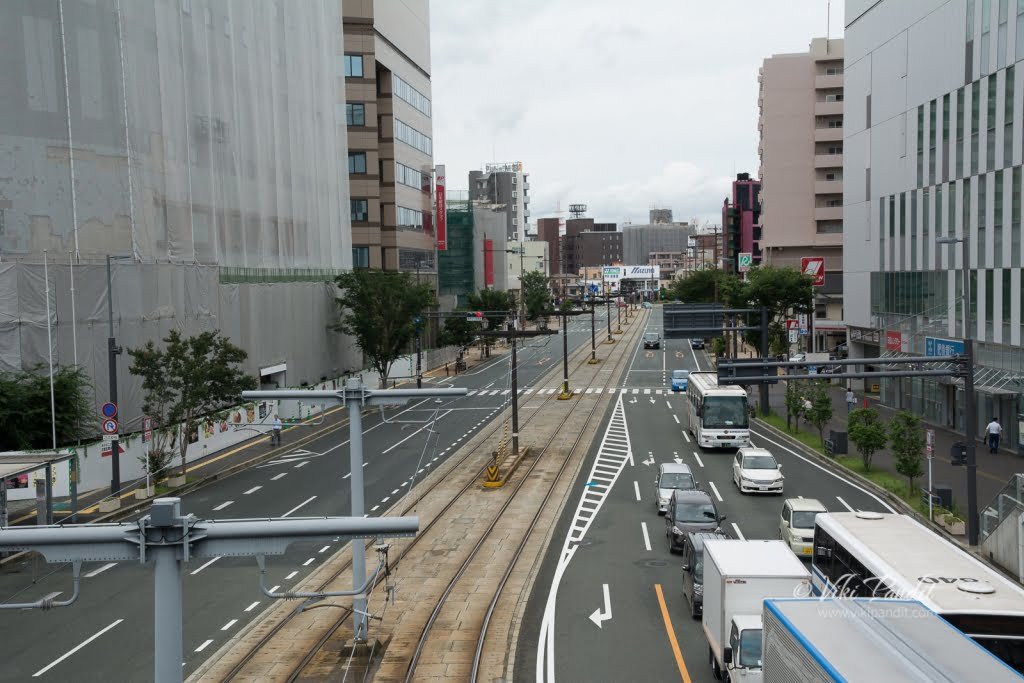
After the earthquake, some buildings in Kumamoto city were under repair
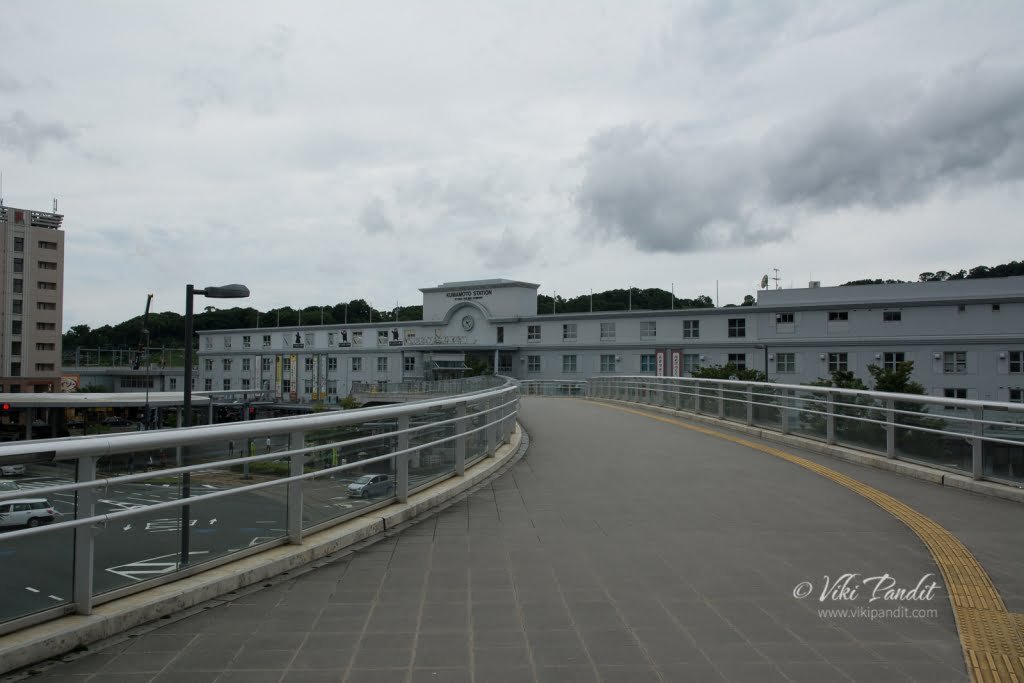
Kumamoto station
Kagoshima
In my opinion, Kagoshima is the most beautiful prefecture in Kyushu. Kagoshima city with its broad streets, large shopping areas, and Sakura-jima in the backdrop is a lovely place to enjoy a weekend. For an entire evening, I watched Sakura-jima from a dock. As I stood there looking at the magnificent active volcano, the evening sky kept changing its color every few minutes. This was one of my favorite evenings spent in Japan. Sakura-jima is one of the most active volcanoes in the world. I was surprised to see settlements at the foot of the volcano. I later learned that the residents are mostly farmers who are reluctant to leave their homes and lands.
Kagoshima is also known for its gorgeous beaches and small islands off the southern coast. Among those islands, Yakushima is the most popular one. Its dense cedar forest inspired the setting of Miyazaki Hayao’s film, Princess Mononoke.
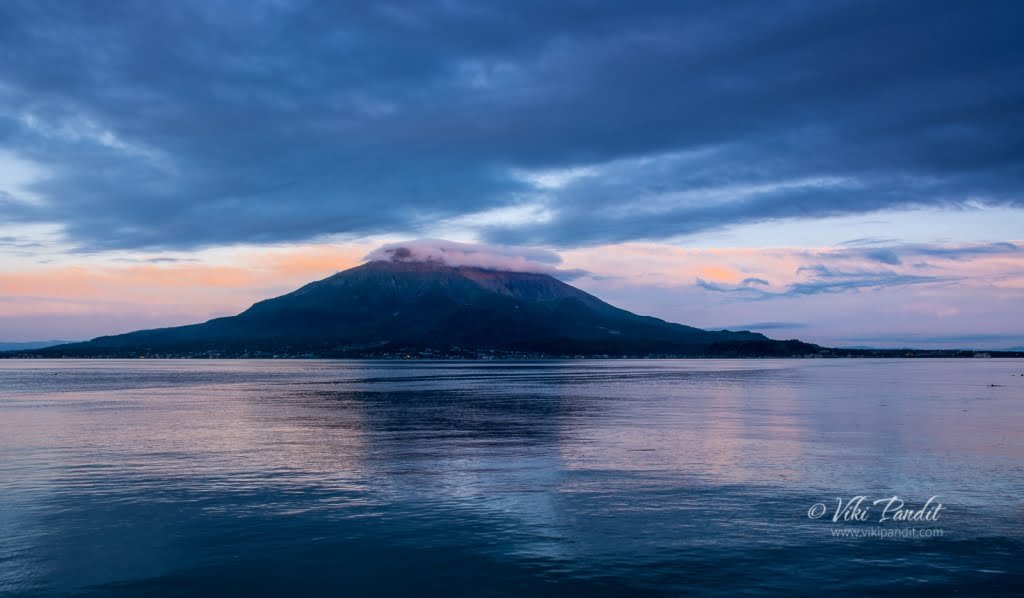
Sakurajima
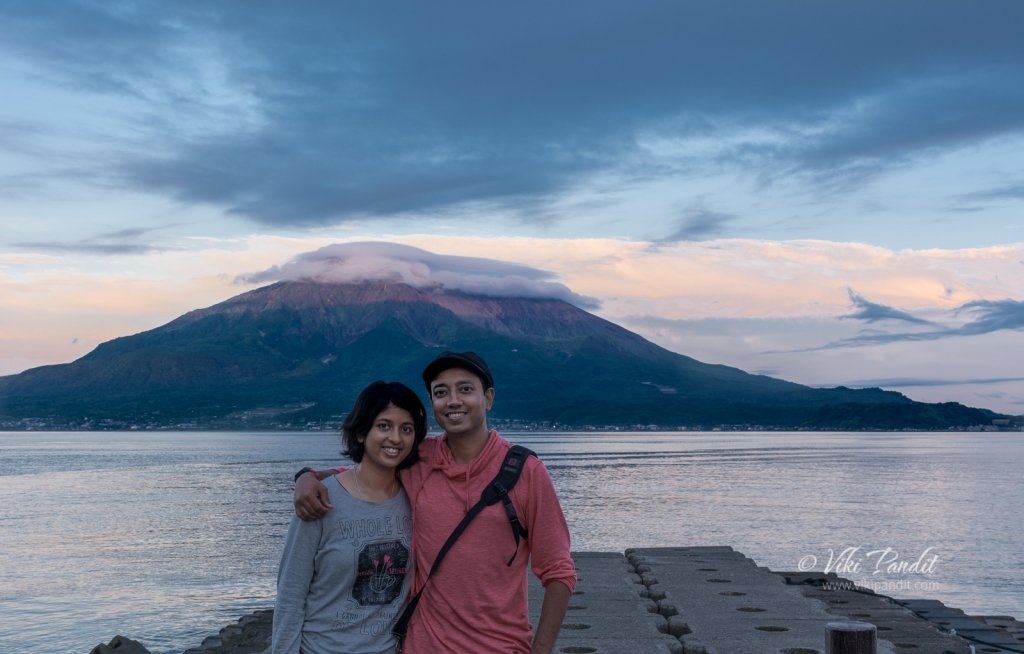
Sakurajima

Shopping street in Kagoshima
Miyazaki
Speaking of Miyazaki prefecture, the things that come to my mind are palm trees and outstanding coastlines. Miyazaki is best known for its spectacular beaches, especially the one at Aoshima island. From Aoshima station, the beach can be reached in twenty minutes on foot. The unique rock formation in Aoshima has earned it the nickname ‘devil’s washboard’. The pendant-shaped Aoshima island is connected to the mainland by a bridge. There is a shrine near the coast of the island. Apart from the temple grounds, the rest of Aoshima is a tropical jungle. Two other significant attractions in Miyazaki are the Takachiho gorge and Sun Messe Nichinan.
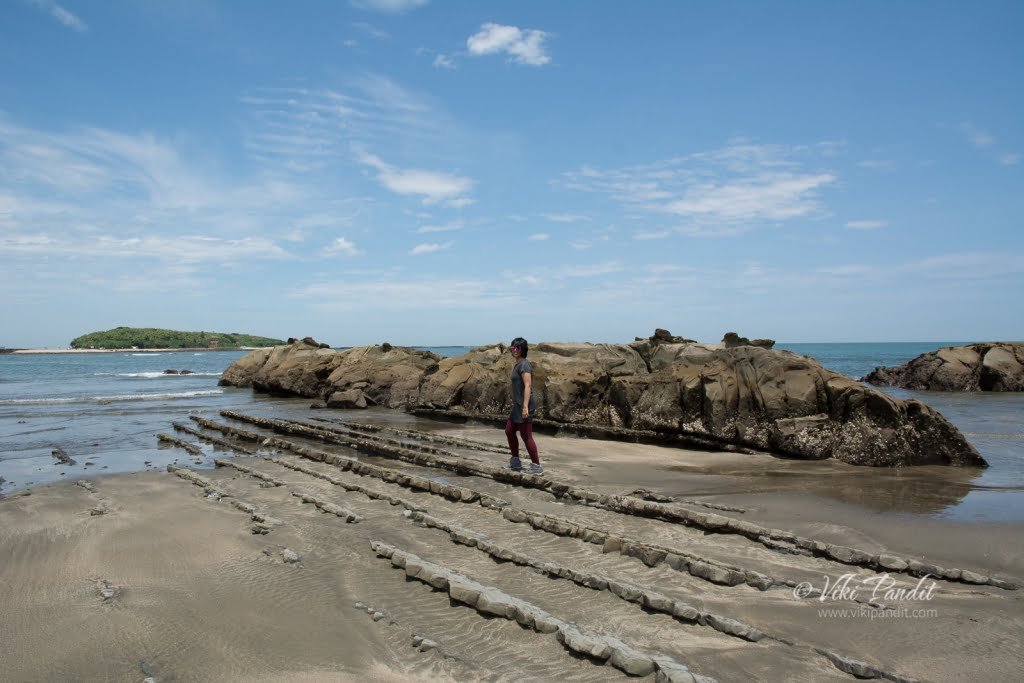
Aoshima beach
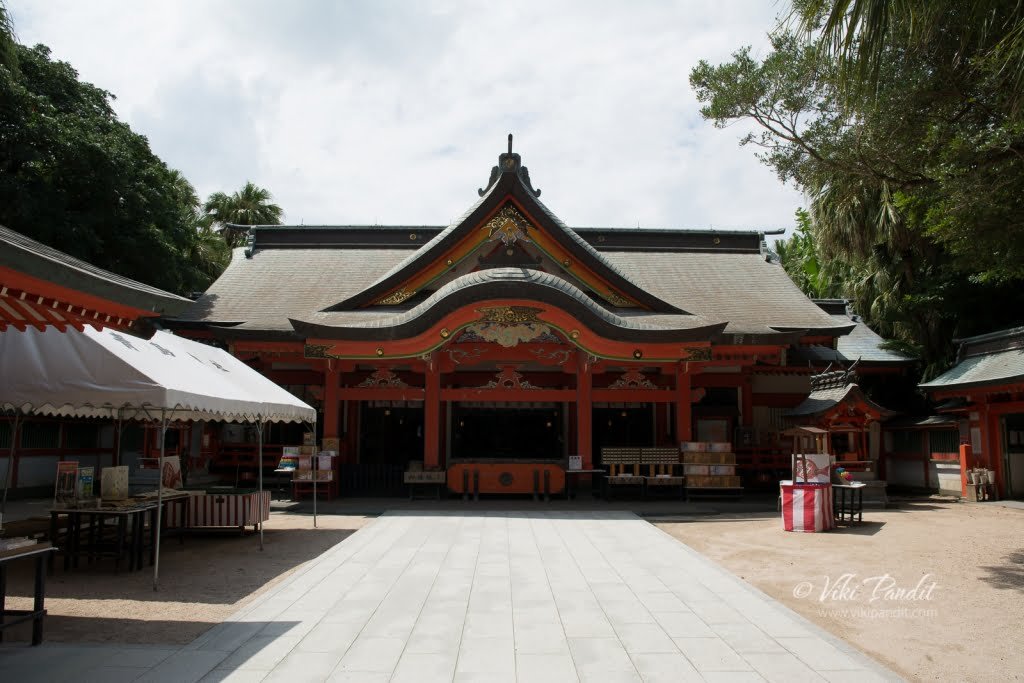
Aoshima shrine
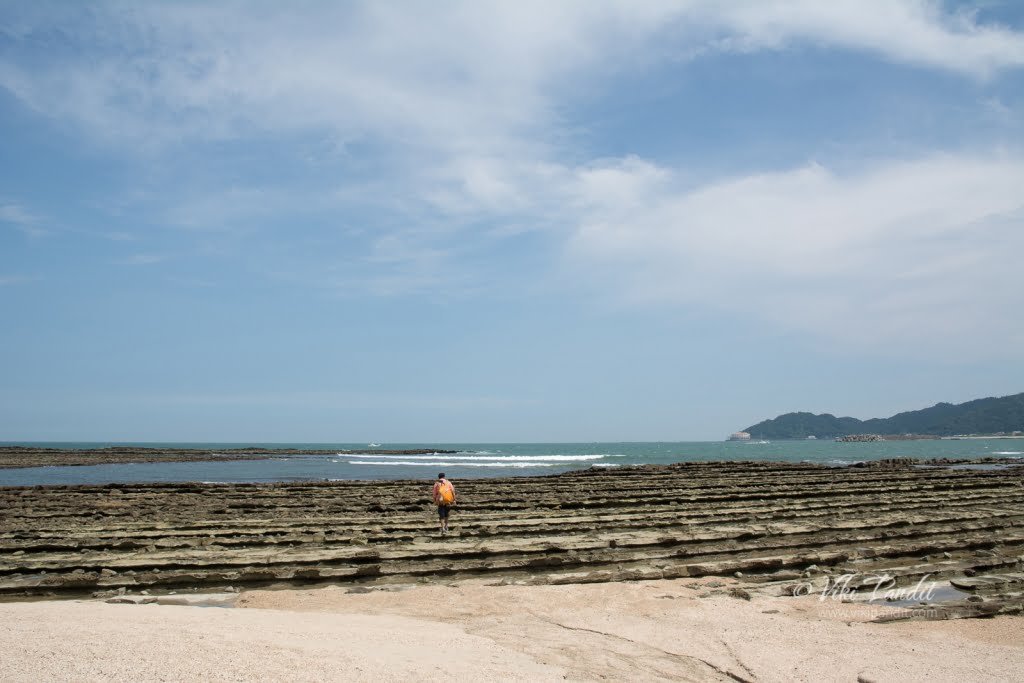
Basalt formation called ‘Devil’s washboard’ at Aoshima beach
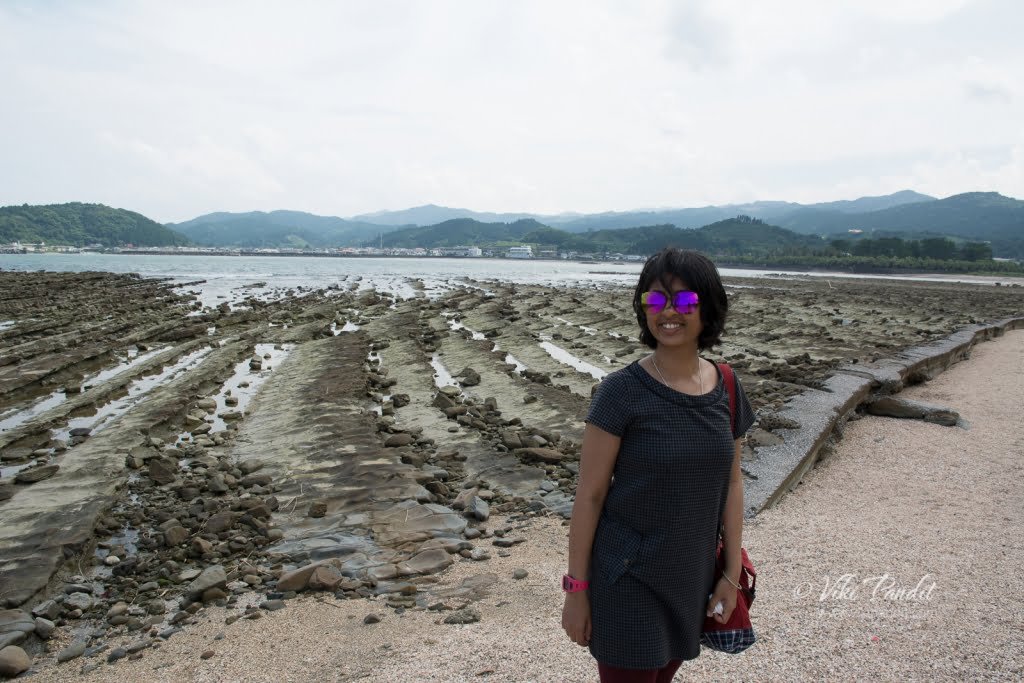
Devil’s washboard at Aoshima beach
Oita
Oita prefecture is renowned for its onsen city of Beppu. I think Beppu hot springs are the most popular ones in Japan. There are eight popular hot springs in Beppu, collectively known as ‘the eight hells of Beppu’. One cannot take a dip in these hot springs, these are only to be looked at. Each of them has an exclusive quality in itself. I am not a fan of hot springs, so I rather chose to visit Oita’s African Safari in Usa city, on Beppu’s outskirt. I took a bus from Beppu station to the safari park. The bus ride was amazing, as we got closer to the safari, I could see Beppu city from the hill. The city looked like a mystical land puffing out steam into the atmosphere. At Oita African safari I hopped onto a safari-ride bus and got to feed all the animals including lions. It was a thrilling experience for both me and Viki. There were two lion cubs kept in the petting area. We took a picture with the very restless male cub named Koharu.
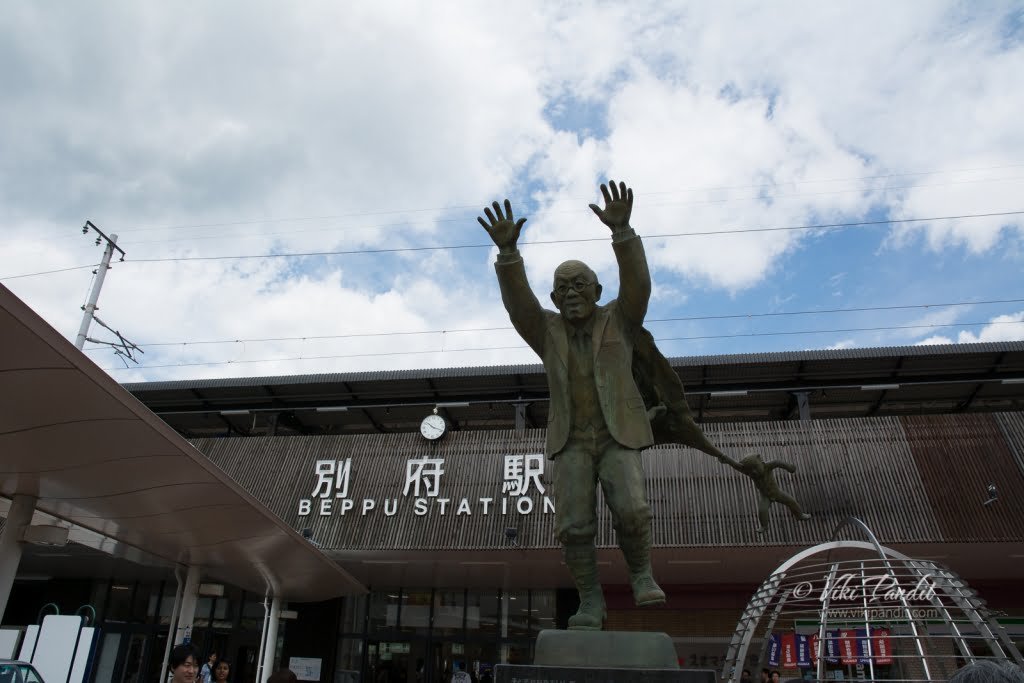
Beppu station
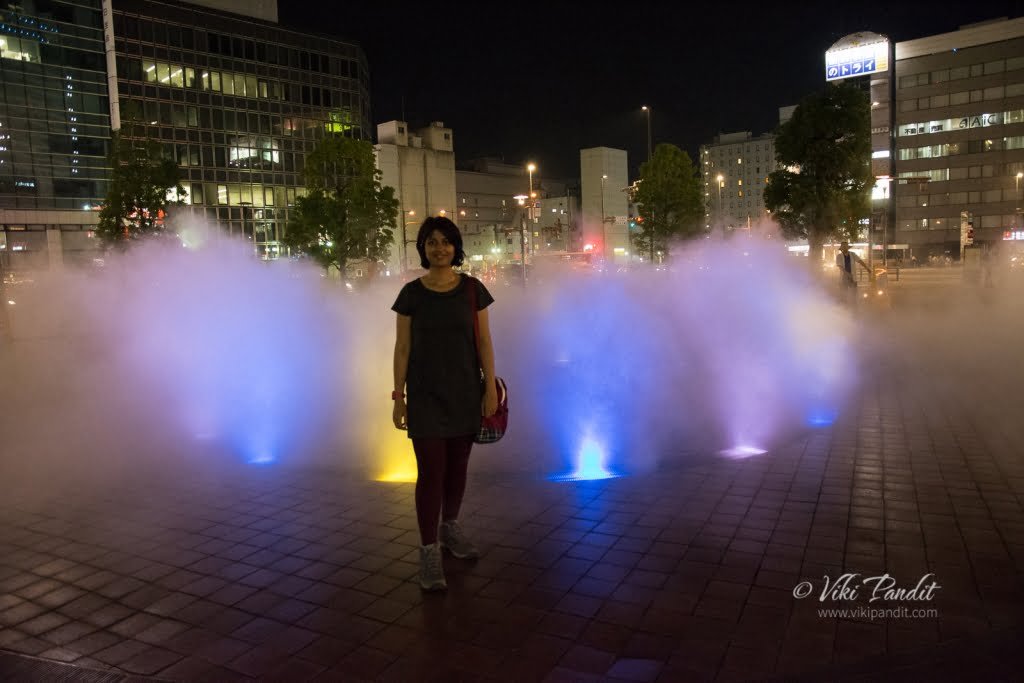
Outside Oita station

Viki feeding a black bear
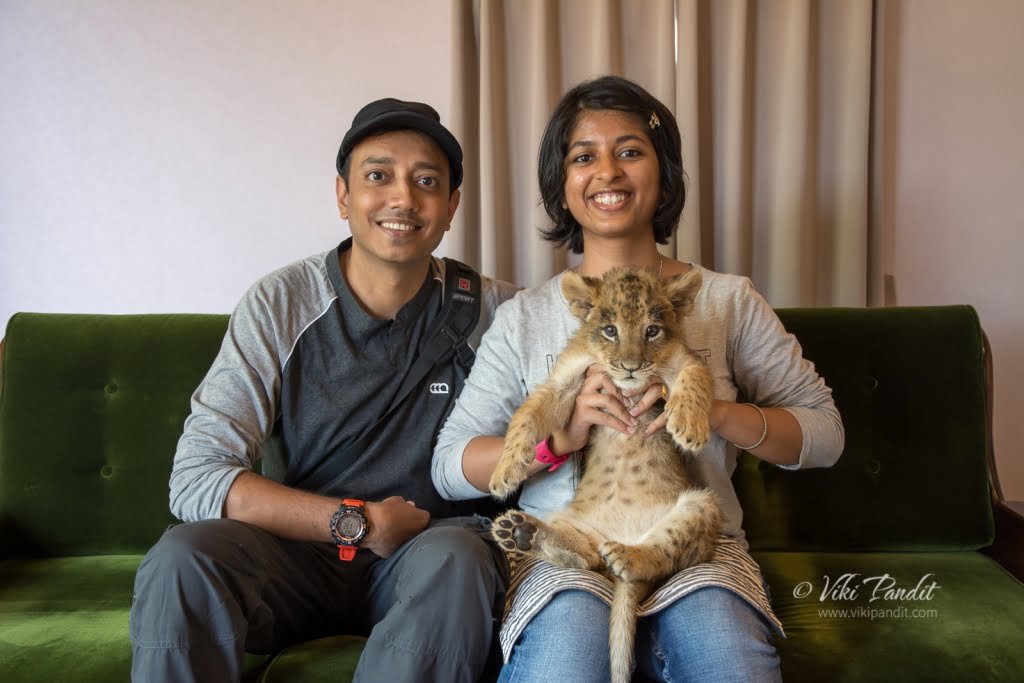
With Koharu – the lion cub
Okinawa
Okinawa, or should I call it the Hawaii of Japan. I reached Naha city by a two hours flight from Osaka. I had planned to laze around some beautiful Okinawa beaches, but the sun forbade me from doing so. It was so hot that I got a serious sunburn from the trip. I couldn’t have missed the two most iconic places in Okinawa – the Shuri Castle and Churaumi aquarium. Shuri castle or the red ‘gusuku’ tells us about the history and people of the Ryuku Kingdom that once existed.
Churami aquarium is a 2 hours 30 minutes bus ride away from Naha. It is the largest aquarium in Japan. It has many varieties of marine fauna and seventy-seven fish tanks. I also saw seahorses for the first time. It is interesting to see them swim upright.
Kokusai street is the most happening shopping center in Naha. There are many shops and a great variety of souvenirs to choose from. Viki bought a pair of Shisa, similar to Koma-inu. It is a traditional decoration of Okinawa.
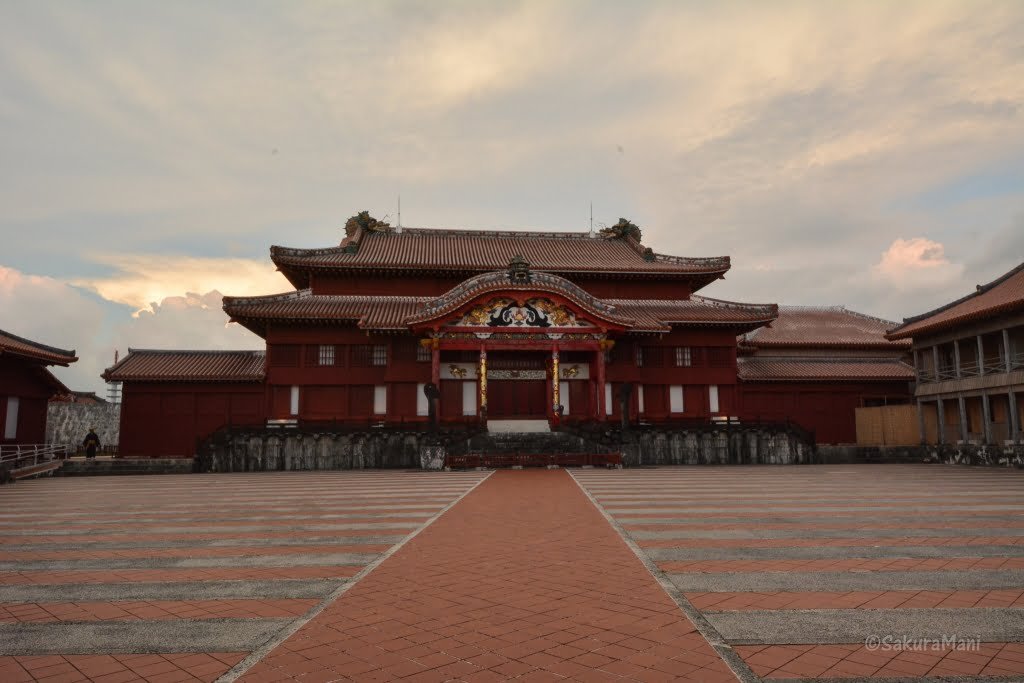
Shuri Castle
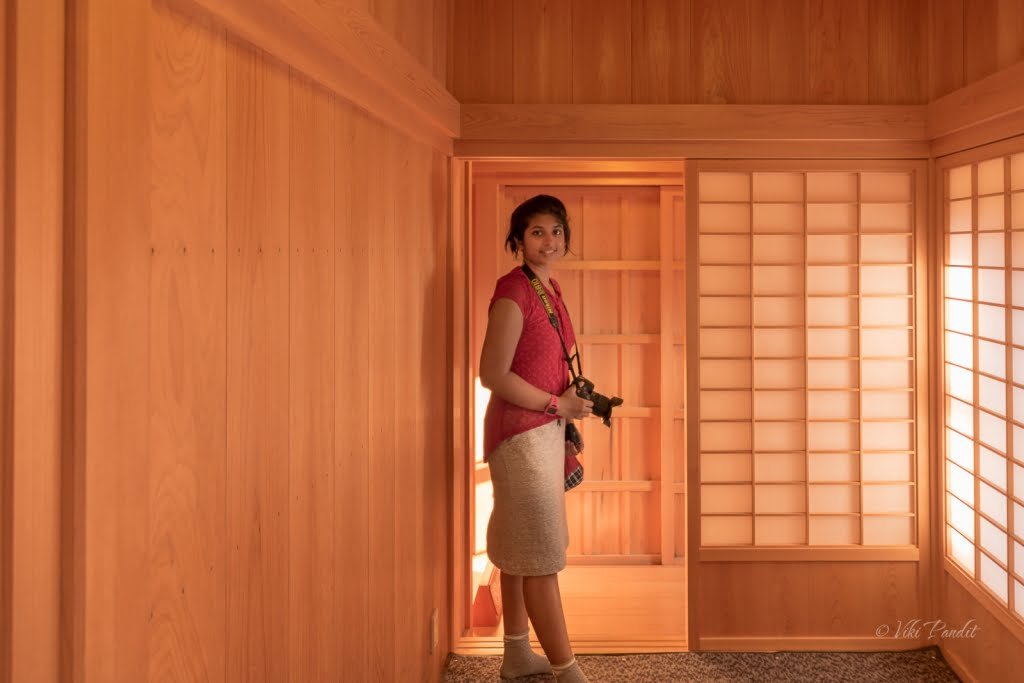
King’s Chamber inside Shuri Castle
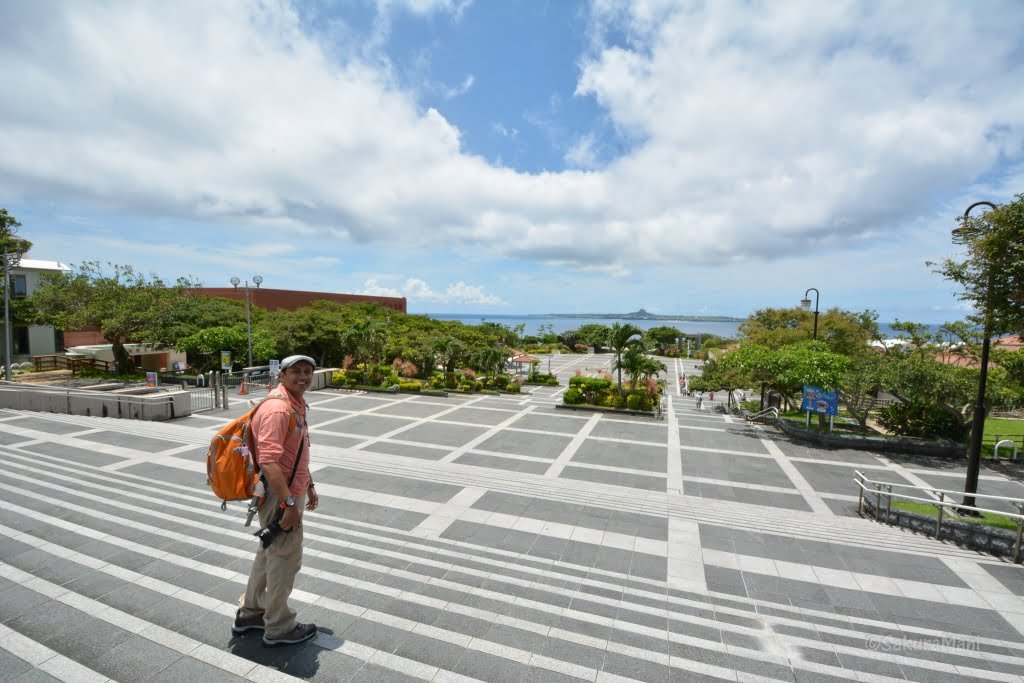
Churaumi Ocean Expo Park

Churaumi Aquarium
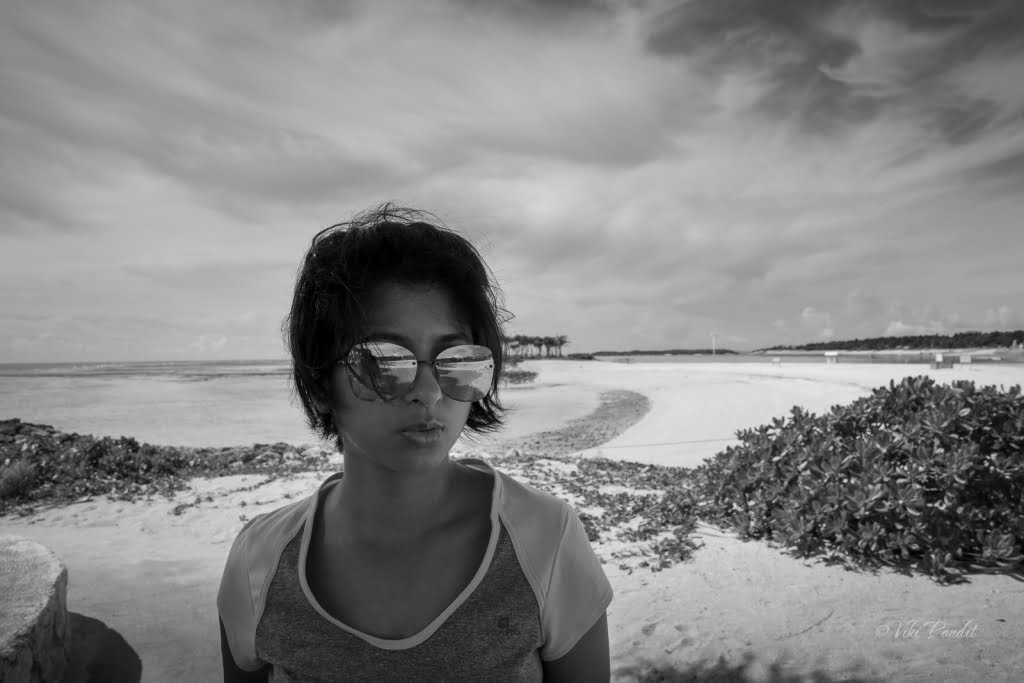
Emerald Beach, Okinawa
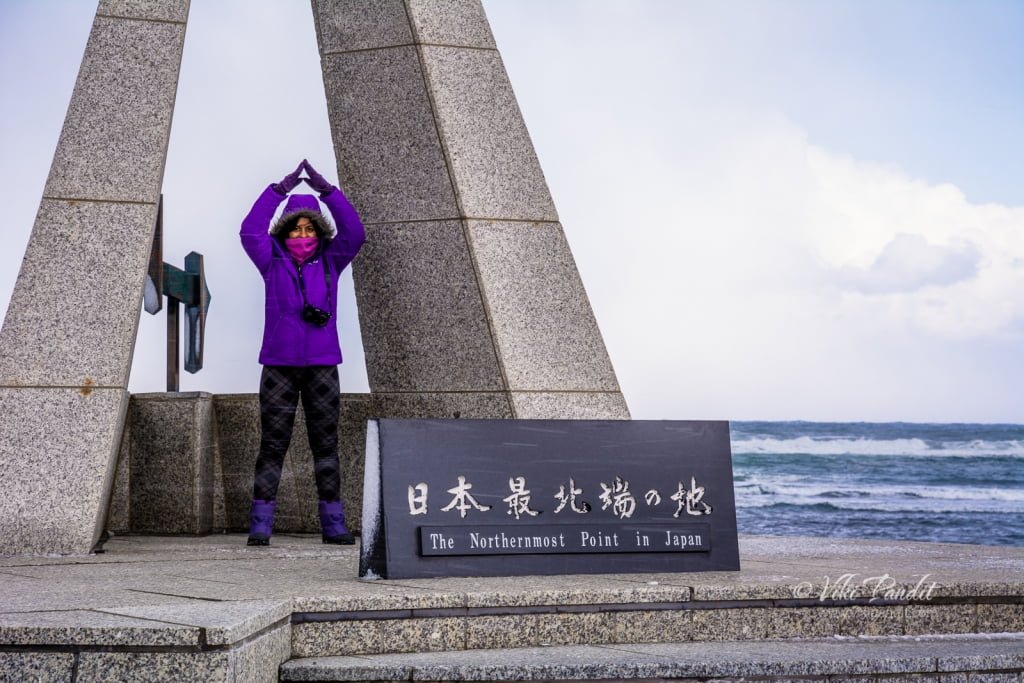
Thank you for posting your experience! It served me as an inspiration a while ago and today I’m just 10 prefectures away from doing the same!
Good Luck! (^_^)